
A r t R e v i e w LandEscape
PRIMOST SARA CONDE STEF FRIDAEL ANDRE OZGA
LEE
GOLDBERG
MATSUMOTO
POËTZ STÉPHANE BISSIÈRES ART Anniversary Edition Chronométries live@Toulouse, France. Nov 2014 (c) S.Bissières
EVOS
FLOUNDER
YAEL
RYOTA
HANS-JÜRGEN
Stef Fridael







 The Netherlands
The Netherlands

My love for beauty comes from living in Canada surrounded by mountains, lakes, sky, fields and forest. Nature inspires me. I love her changing colours, random designs, luminosity and infinite space. My aim as a painter is to capture natural beauty – not by painting landscapes or sunsets; rather by painting the essence of nature using abstract elements of pure colour, light, texture and space. Lightness and darkness mirror who I am. I am both conscious and unconscious. Light and dark are metaphors for ignorance and enlightenment. Light elicits a primordial instinct of survival, safety and hope. Light makes me happy. Light removes fear of the unknown. Darkness is equally profound. Darkness evokes stillness, mystery and timeless infinity. Darkness is the womb of creation. Darkness comforts my eyes and lets me rest. When I paint relationships of light and dark I am expressing my emotional, philosophical and spiritual Truth.
All my creation consists of research and questioning about digital art, scenic art, and representative forms. It is a reflection about our relationship to technology and obsolescence, and about every forms of human hybridization with machine. Interactive design is central in my works, and live improvised performances with machines are intrinsically linked to my approach so the artistic process is directly linked to gestures. I am convinced that at some point in the future the frontier between humanity and « machinity » will be blurred. Questioning the identity of machines is also a reflection about our evolution.
Making art, doing art is like oxygen I can’t do without. It ensures the liberation of the mind that a person needs sometimes to function. In my art it's all about the instincts of Living Creatures. Fear, lust, safety, abuse, courage, to be or not to be. In clear words power, prestige and status. For my inspiration I often use images displayed around me in a context of twisted images dictated by TV, the Internet and other media. I want to make art about contemporary concerns, what keeps us busy and we philosophize about. I want to explore what living beings engaged, find a relationship between human and animal. With this I attempt by the work to loosen discussion on this given image or experience. Many of my own culture, I was born in Indonesia, has lost in my mind during my childhood in the Netherlands. Still images from the post-colonial era comes surface.
Sara Conde creates abstract artworks on paper and canvas that are inspired by contemporary culture and the sublime natural world. It is a combination of drawing, painting and printmaking. The color is inspired by color theory of the 60s with a palette which comes in the form of acrylics, watercolors, ball point pens, colored pencils, markers, graphite, enamels, mica, and the inclusion of fluorescent and metallic colors. The mixture of materials and techniques results in a conceptual complexity of texture and surface: the immediacy of drawing, the ponderousness of painting, and the graphic quality of woodblock print. It is a way of working that comes to her naturally but that she has developed through research in biology, contemporary communication technology, and from direct observation of the environment; when Conde finds images that interest her, she makes them her own through abstraction by complicating or simplifying them.
My work focuses on the engagement with interactions, frictions and spaces between different media types (sound, sculpture/object, light, video, photography and architecture). Contextualizing the sensory perception of space, time and location as well as the examination of cognitive processes and technical errors are central themes that I realize in my space installations, sculptures, interventions and performances. Space thereby turns into a place that changes with the recipient’s position, allowing for a situational and continuously changing perception. How the space is perceived is nevertheless deliberately limited to a certain field, through which cognition is led and choice is channeled. The exploration of and experiments with architectural, virtual or even social spaces are fundamental.
My evolution is related to freedom of expression and emotional flow. At the beginning I used to premeditate what I would apply on canvas. My biggest evolution was to drop the premeditated imagery and let the moment find the right expression of what I was painting. Getting into an experience of swimming on canvas. I paint emotionally but in real time I am very aware of the collective state of emotion so therefore while standing on my own in the feild painting I feel that I am not on my own. The only thing that connects me to my audience is that emotion that I am experiencing at that moment. I could be feeling love, pain, beauty or whatever and since we all share those emotions it will be shared by my audience. Only as an aftermath I'm aware that my emotions could be shared by my audience. This thought does not direct my painting or emotion in any way.
SUMMARY C o n t e m p o r a r y A r t R e v i e w Special Issue
Sara Conde USA
Evos Primost France
scape Land CONTEMPORARY ART REVIEW E
Flounder Lee USA Austria
Stéphane Bissièrs France
Hans-Jürgen Poëtz
Matsumoto’s artwork reflects the morphological transformations of our everevolving urban and ecological milieus that are attributed to a multitude of spatio-temporal phenomena influenced by social, economic and cultural factors. The artwork explores the hybrid technique combining both traditional media (ink, acrylic, graphite and photo collage) and digital media (algorithmic processing, parametric modeling, data transcoding and image compositing with custom software ). The varying scale, juxtaposition of biomorphic forms, intertwined textures, oblique projections and visual metamorphoses are employed as the multilayered drawing methodologies to question and investigate the ubiquitous nature of urban meta-morphology, the ecopolitical reality of the Anthropocene epoch, the advancement of biomaterial technologies and their visual representation in the context of non-Euclidean configuration.

My work deliberately attends to the interplay between humans and nature. As I have mentioned above, I treat my art materials as living materials that speak to my imagination and guide the developmental course of my art pieces. Additionally, I seek to expose the ‘other’ side of nature—the aging, decaying, dying nature—that is removed from purview when we seek only to keep what is pristine. I celebrate the old, the experienced and the weathered. In my view, it is time that gives indescribable beauty--it gives spirit, makes things distinguished, unique and special. One way I do this is by avoiding solid, flatcoloured surfaces; these, to me, have a pristine quality. I like to make my paintings to look weathered and dirty by forming the largest variety of colour relationships/effects from limited palettes. I am also interested in old photographs and how they affect our memory, which has led me to incorporate characteristics from those types of mediums as well.
After I finished my art studies I rented a studio and continued to make art In any free time I had. I had few exhibitions and in that period I believe I discovered my aesthetic way of how I see the and think the world. I believe that some events I experienced In life had influenced my artistic way. The most significant one was at the age of 16 when my mom past away. Facing death at that age made me eventually to a person who cast doubt in everything. that is I believe very important as an artist. The death experience brought me to a place where I ask questions all the time in any matter. I insistently search and study life and everything in them And that is the way to understand how to make art in a conscious way. I understood that every color or every way of cutting has to mean something and as an artist you must know and implement that. The challenge now is to keep the intuitive also while I think about every step I do when I create. I find it easier at painting and that is one reason why I decided to go back there after a while that I did other things.

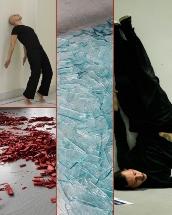
On the cover , a work by
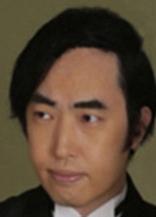

Special thanks to Haylee Lenkey, Martin Gantman, Krzysztof Kaczmar, Joshua White, Nicolas Vionnet, Genevieve Favre Petroff, Sandra Hunter, MyLoan Dinh, John Moran, Marya Vyrra, Gemma Pepper, Michael Nelson, Hannah Hiaseen and Scarlett Bowman, Yelena York Tonoyan, Haylee Lenkey, Martin Gantman, Krzysztof Kaczmar and Robyn Ellenbogen.

Special Issue SUMMARY 4 32 Stéphane Bissières lives and works in Paris, France Flounder Lee lives and works in Dubai Hans-Jürgen Poëtz lives and works in Vienna, Austria Stef Fridael lives and works in Eindhoven, The Netherlands Andre Ozga lives and works in Thailand Sara Conde lives and works in New York City, USA Yael Goldberg lives and works in Tel-Aviv, Israel Ryota Matsumoto lives and works in New York City and Tokyo Evos Primost lives and works in France 62 86 114 136 156 174 202
Yael Goldberg Israel
Ryota Matsumoto Japan
Andre Ozga Poland / Canada
scape Land CONTEMPORARY ART REVIEW E

Chronométries live@Toulouse, France. Nov 2014 (c) S.Bissières
Stéphane Bissières
Lives and works in Paris, France
Stéphane Bissières is composer, performer and digital artist. All of his creation consists of research on digital art, scenic art and representative forms. It is a reflection on our relationship to technology and obsolescence, and on all forms of human hybridization with the machine. Interactive design is at the center of his installations, and his improvised live performances with machines are intrinsically linked to his approach, so that the artistic process remains directly related to the gesture.
From experimental electronic music to modern composition, his musical projects explore the repetition of patterns to influence the perception of time. Fascinated by the concept of artificial life and generative systems, he uses mathematical models to develop algorithms for autonomous real-time creation.
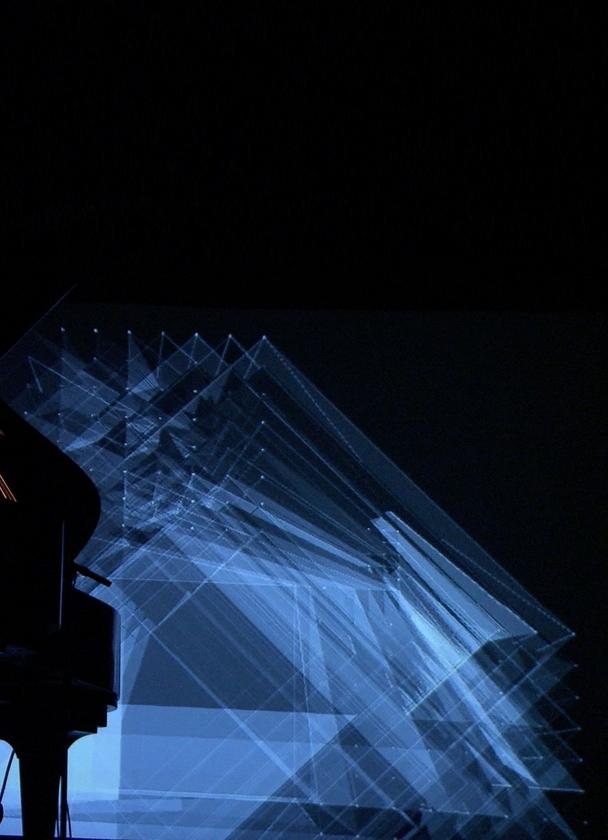
Awarded by Sacem, Imeb and Paris Jeunes
Talents, he is a composer for Radio France and also collaborates with the Signature label and the GRM. He developed new interfaces for gesture capture for the company Dafact, realized installations for the Fresnoy and created at the National Institute of Audiovisual the course of interactive creation. Numerous collaborations and coproductions with Le Cube, digital art center.
www.stephanebissieres.com
LandEscape meets
Stéphane Bissières
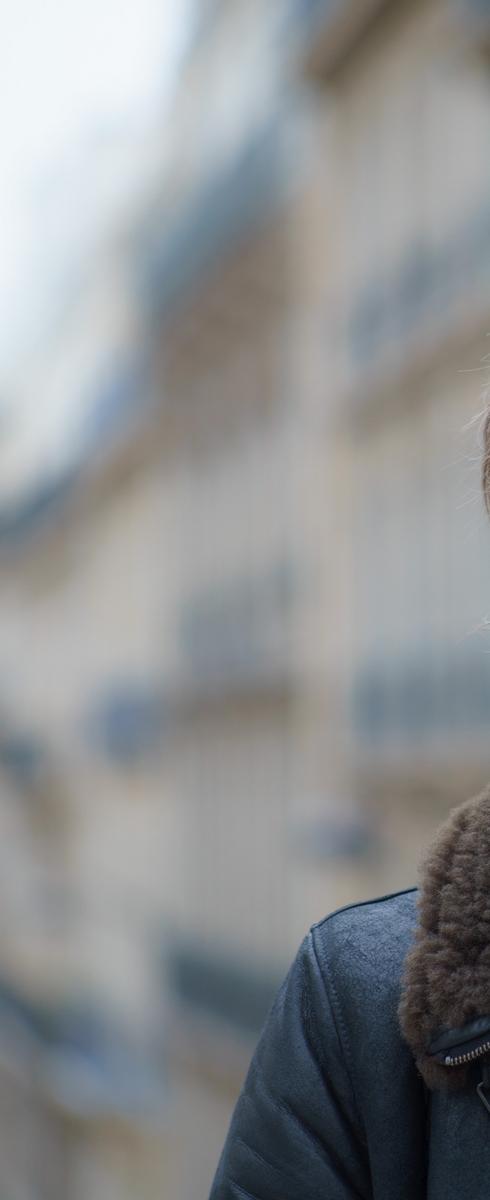 , curator landescape@europe.com
, curator landescape@europe.com
Composer, sound and digital media artist, Stephane Bissieres' work rejects any conventional classifications: his pieces are marked with freedom as well as rigorous formalism, when encapsulating a careful attention to composition and balance. In an age in which globalisation and commodification impinge on every aspect of our lives, he uses his kaleidoscopic approach to investigate about environment and transformation. One of the most convincing aspects of Bissierés' practice is the way he establishes an area of intellectual interplay between memory and perception, condensing the permanent flow of the perception of the reality we inhabit in. We are very pleased to introduce our readers to his refined and multifaceted artistic production.
Hello Stephane and welcome to LandEscape. To start this interview, would you like to tell us something about your background?
scape Land CONTEMPORARY ART REVIEW
An interview by Katherine Williams, curator and Josh Ryder
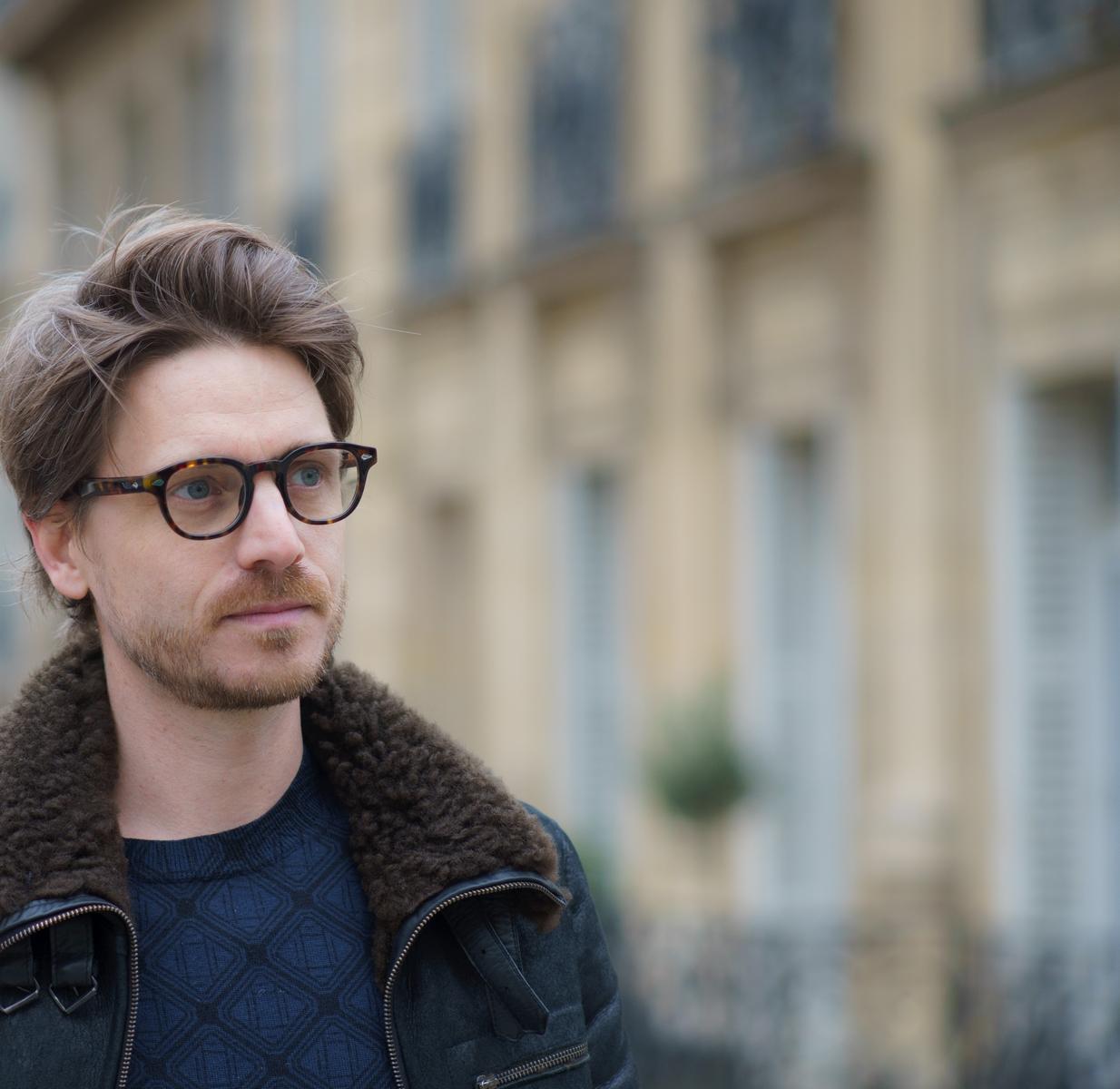
scape Land CONTEMPORARY ART REVIEW
Stéphane Bissières (Feb 2017 (c) Olivier Ratsi)
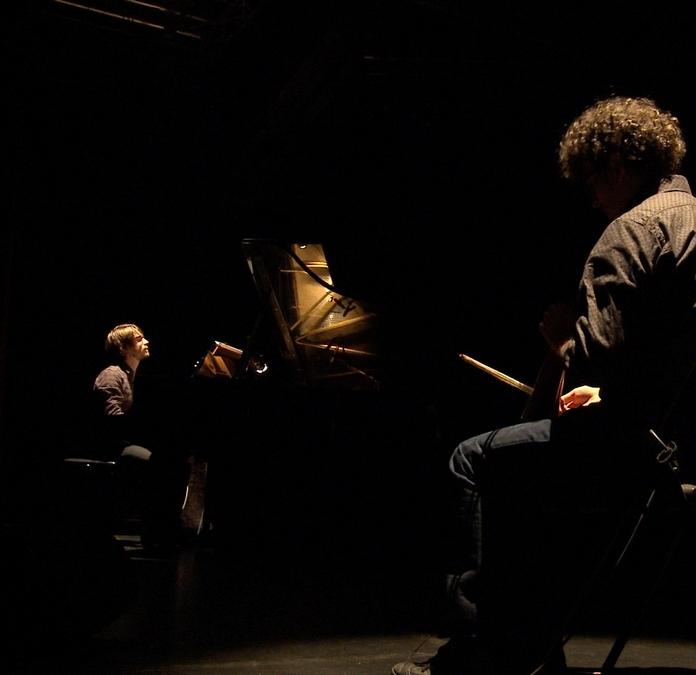
Stéphane Bissières scape Land CONTEMPORARY ART REVIEW
Chronométries live@Toulouse, France. Nov 2014 (c) S.Bissières
Are there any experiences that have particularly influenced the way you currently relate to composition and art making in general? And in particular, how does your cultural substratum inform the way you relate yourself to art making?
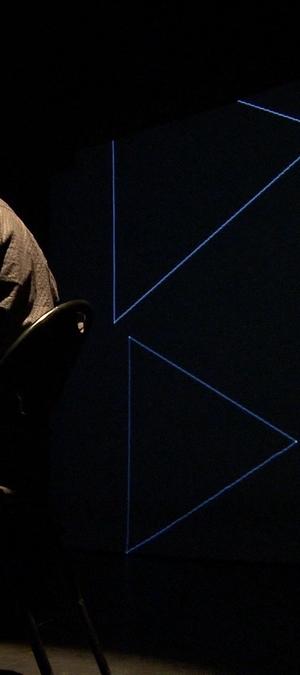
Hello Land scape, As a child I learned piano and guitar. I stopped my studies of mathematics to play in jazz bands as guitar and trumpet player. I composed a lot at that time, and started using computers to make music. I was very focused on improvisation and making programs to use live on stage with others musicians. Later I started composing concrete and electroacoustic music to design texture of sounds, and work more on timbers and noises. I didn’t like the idea of determining music by recording it, and I was looking for making a piece defined but not definitive. I was looking for a way to make it different each time, but also very identifiable.
I found the outline of a solution by observing Nature, especially in the way evolution tend to make everything coexist in harmony. When listening the nature outside during a summer night there are a lot of sound sources, the insects, birds, wind in the trees, etc. It should be very chaotic because there is no « thinking » behind it, no conductor nor composer. But everything is perfectly balanced, like an ever evolving
Stéphane Bissières scape Land CONTEMPORARY ART REVIEW
beautiful music. I see it like a system where each bird, each insect, each element is playing his exact role: looking for food, attracting females, calling and answering, etc. Every sound has a logic, adapted along the evolution to be heard among the others. It inspires me as an autonomous system that make self evolving, « generative » art and music.
So I started to build dynamic system around a kind of artificial genetic code, able to generate endless variations of unpredictable events but all with a recognizable common character. As a composer the idea here is to design elements and functions to define that character instead of choosing harmony, rhythm and notes. To make generative music I think algorithm rather than partition. Instead of reading notes, the computer follows instructions. An algorithm is a set of instructions, and it can generate datas that can be used to modify itself. Working on a generative system is for me a bit like looking for a kind of artificial life formula.
You are a versatile artist and over these years you have gained the ability to cross from one media to another: your approach reveals an incessant search of an organic symbiosis between a variety of viewpoints. The results convey together a coherent sense of unity, that rejects any
conventional classification. Before starting to elaborate about your production, we would suggest to our readers to visit
http://www.stephanebissieres.com

scape Land CONTEMPORARY ART REVIEW
Stéphane Bissières
Human Likes, Capture. Jan 2016 (c) S.Bissières
in order to get a synoptic view of your multifaceted artistic production: while walking our readers through your process, we would like to ask you if you
have you ever happened to realize that such multidisciplinary approach is the only way to express and convey the idea you explore.
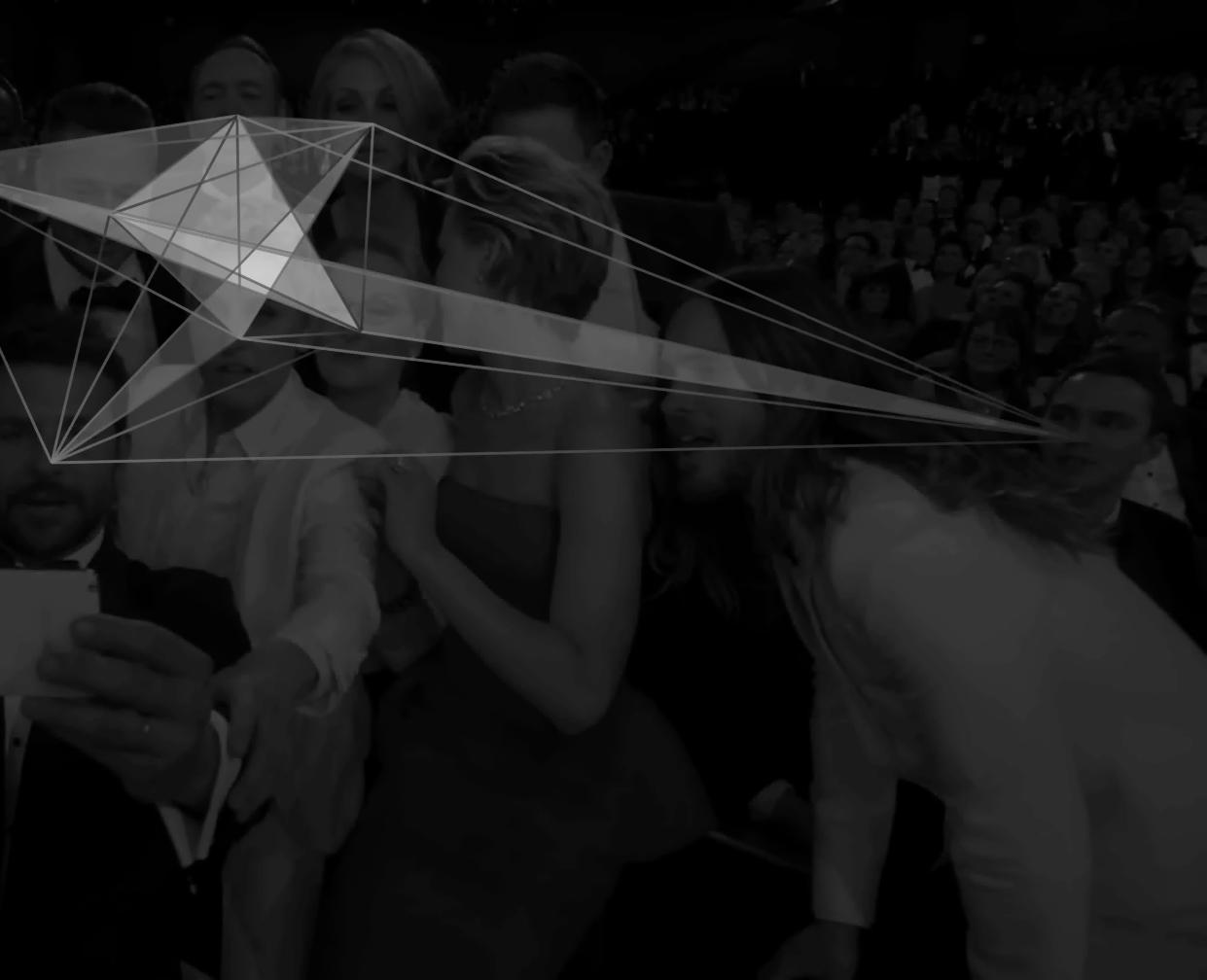
Stéphane
scape Land CONTEMPORARY ART REVIEW
Bissières

Likes, Capture. Jan 2016 (c) S.Bissières
Human
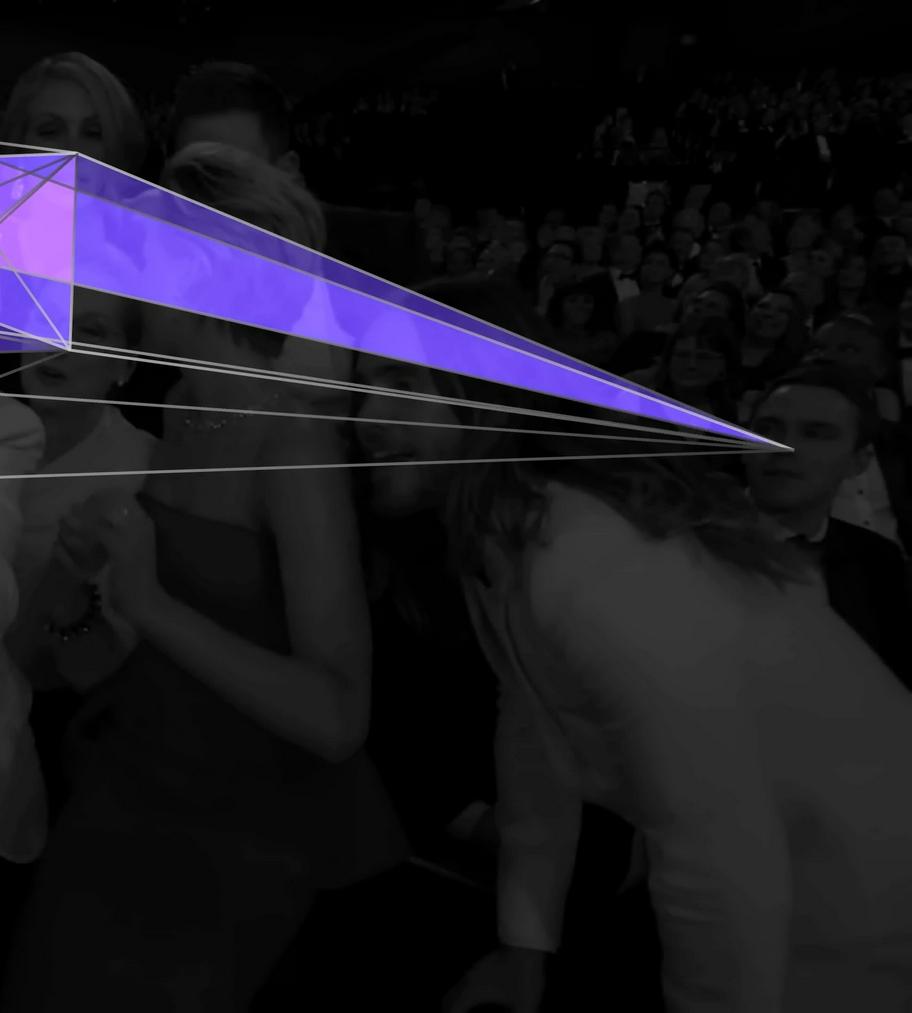
I like to look at something from different angles, different perspectives. When I started to build
forms in the visual space it gave me a new look to the sound space, geometry and placement. Working
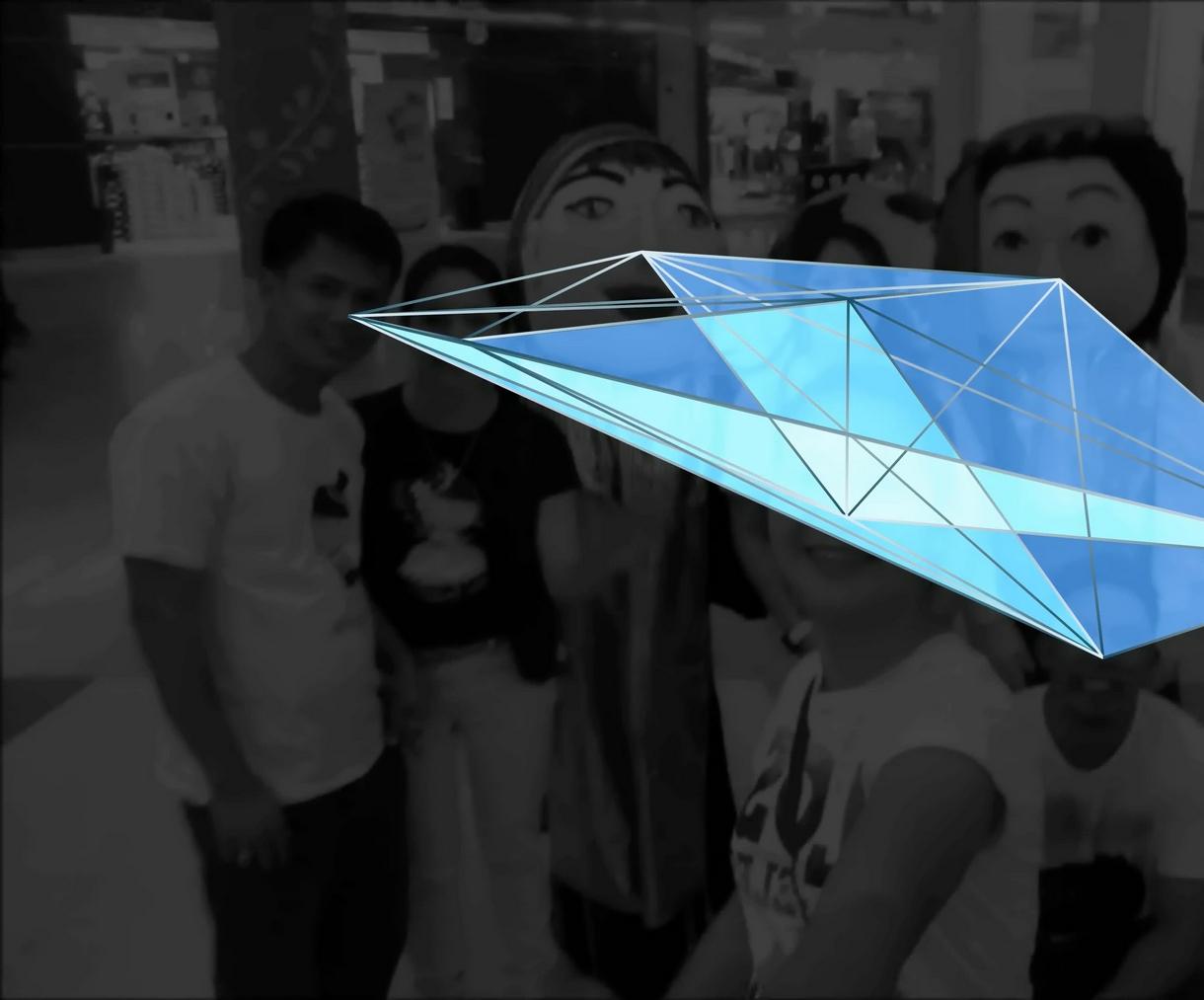
scape Land CONTEMPORARY ART REVIEW
Stéphane Bissières
Human Likes, Capture. Jan 2016 (c) S.Bissières
with datas offers the possibility to « translate » from one discipline to another and to see how a concept can
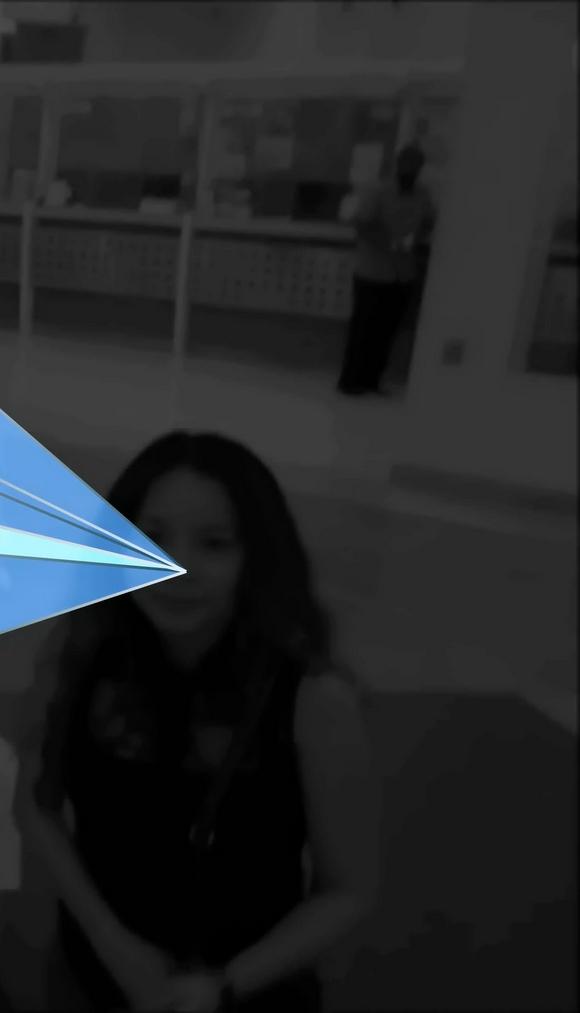
cross borders, somehow like a reversed synesthesia. It is a way to expand perception, especially the perception of time, as we can feel different velocities depending on which sense is stimulated.
We would start to focus on your artistic production beginning from Human Likes. What most impressed us of this project is the way you have created a point of convergence between a functional analysis of the context you examine and autonomous aesthetics. When walking our readers through the genesis of Human Likes would you shed light on your usual process and set up? In particular, do you conceive your works on an instinctive way or do you rather structure your process in order to reach the right balance? And what is the role of chance in your process: how much improvisation is important for you?
Human Likes is a digital art interactive installation that came unexpectedly. At first I was looking for an interactive mechanism to make a sound installation and I was experimenting with face detection. The system worked well, detection was ok and musical program was fine, but having no haptic feedback wasn’t satisfying as an interface to make music. So instead I tried to use these datas to make a video synthesizer in real time.
Stéphane Bissières scape Land CONTEMPORARY ART REVIEW
There was something fun and a bit strange at the same time to feel the tracking of computer. I liked this ambiguity and the idea of seeing the « computer vision ». All this « connecting people », « social media », etc. trying to make you think mass surveillance is fun, but in reality it is about collecting personal datas. I made a visual « web » that interconnects the spectators, following their position in real time by collecting some of these datas and making it visible. That was the beginning of Human Likes. A person who look at the screen is instantly connected to the network and becomes not only a participant of the installation, but an actor, choreographer, etc. I like to think a system so it allows the most improvisation and freedom during play, to be more sensitive and expressive in the « cold » context of digital art, and it is even better if it can stimulate real interaction between peoples.
We appreciate the way Human Likes probes the potential of the mediums, involving a relevant use of modern technology to provide the viewers with an extension of their perceptual parameters. This captivating work provides the viewers with an immersive experience: how do you see the relationship between public sphere and the role of art in public space? In particular, how much do you consider the immersive nature of the viewing experience in your process?
Every collective experience has impact on our confidence and how we interact with each others. Our notion of
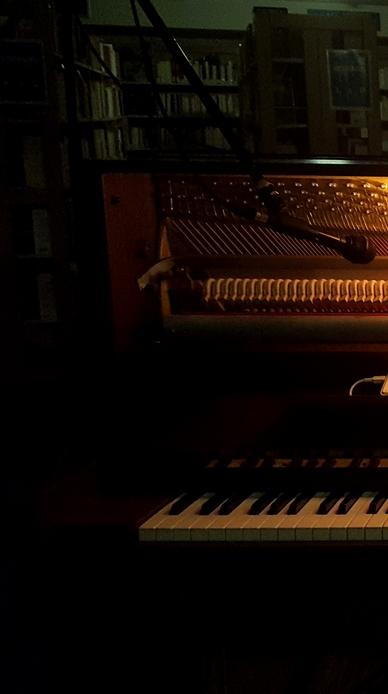
scape Land CONTEMPORARY ART REVIEW
Stéphane Bissières
Chronométries, Chaville France. Sep 2016 (c) S.Bissières
existence would be very different if we were alone, and if we couldn't see ourselves through the eyes of our
peers. As I work more on the notion of artificial life, I question more the idea of relationship between an
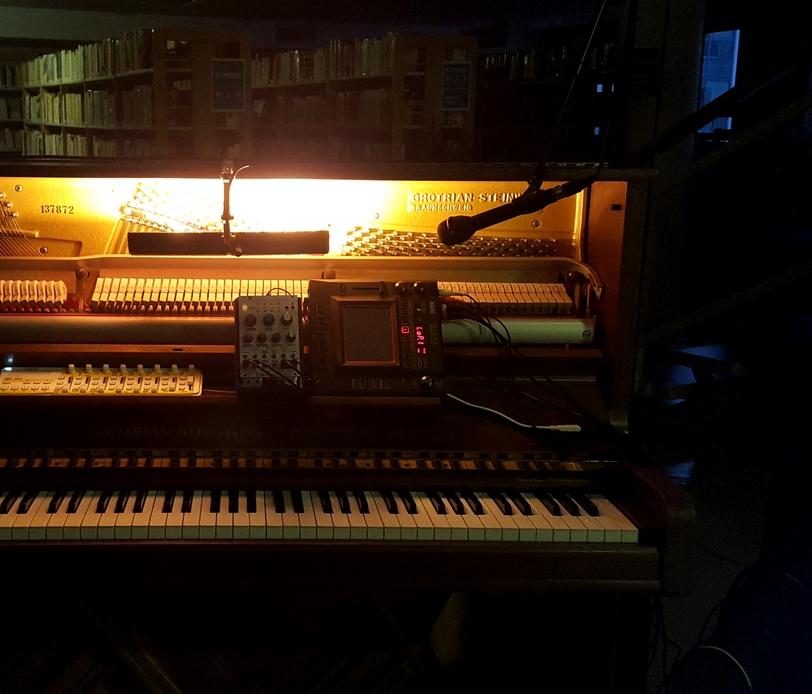
Stéphane Bissières scape Land CONTEMPORARY ART REVIEW
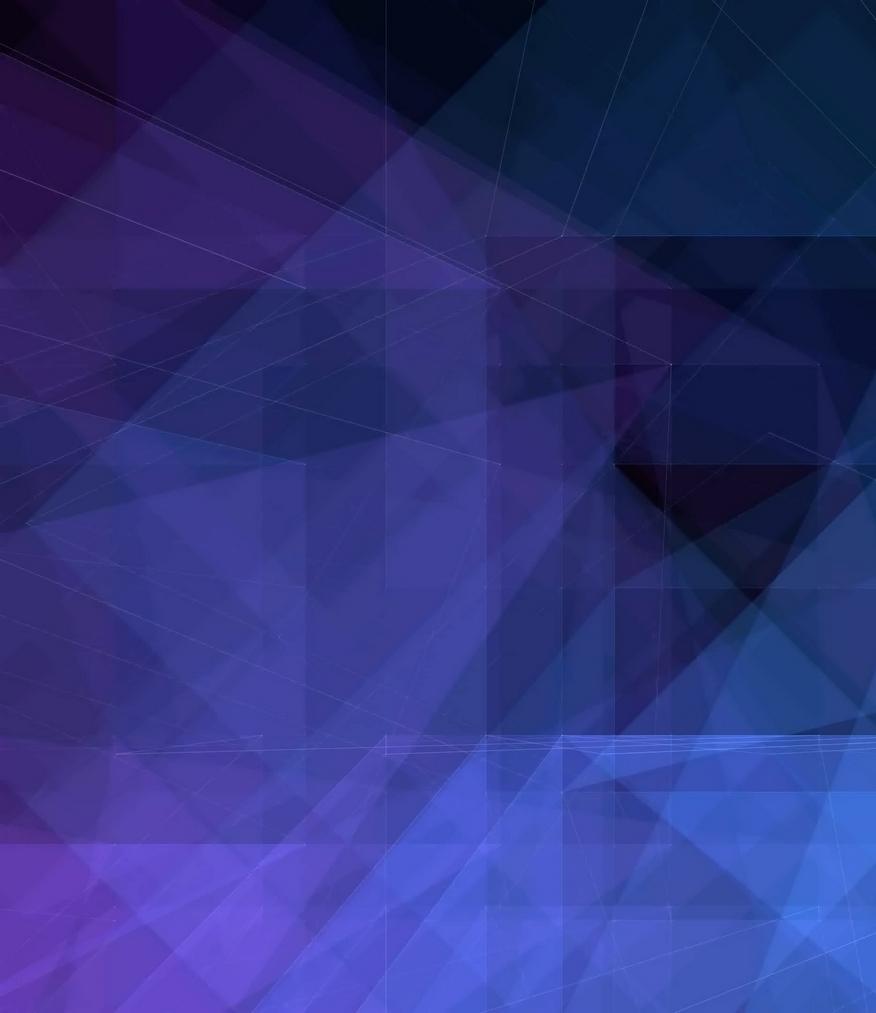
Chronométries, Capture. Jan 2016 (c) S.Bissières
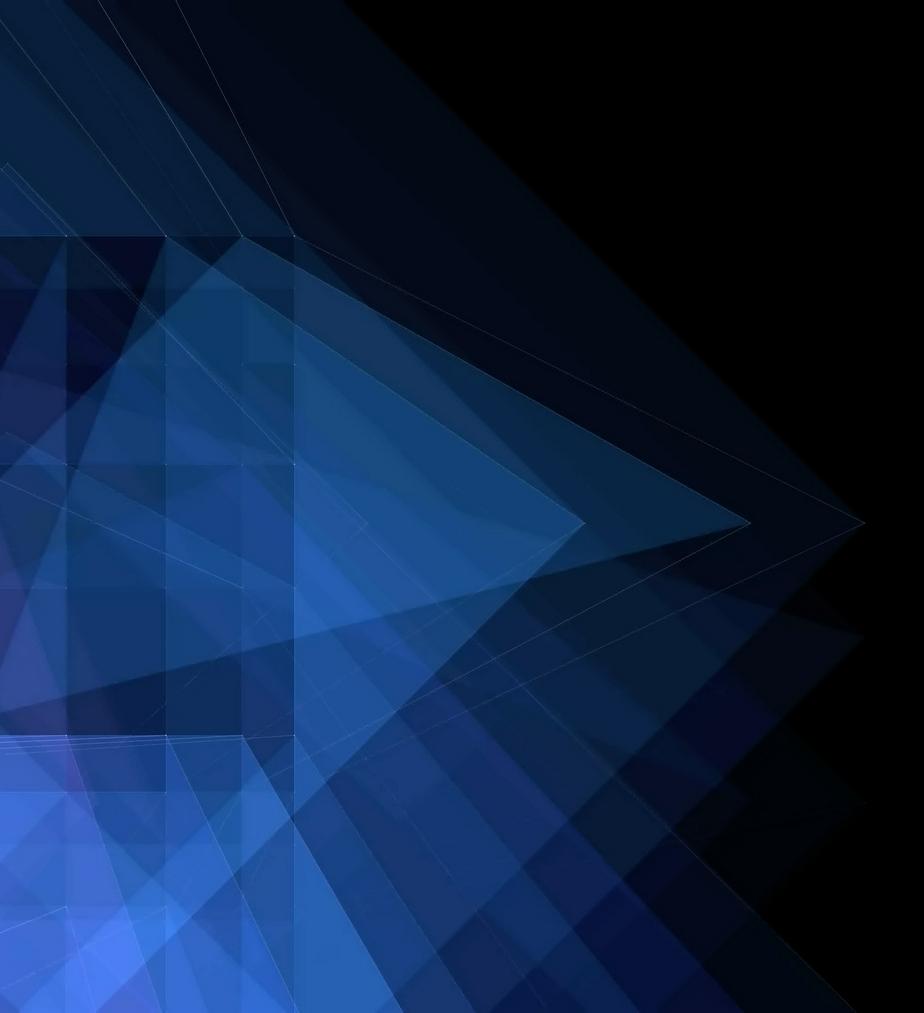
audience and a system, and what kind of feedback and interaction do I look for. I used to work on immersive
sensation so we forget the dispositive, but now the dispositive itself is always part of that necessary feedback.

Stéphane Bissières scape Land CONTEMPORARY ART REVIEW
Chronométries, Capture. Jan 2016 (c) S.Bissières
We like the way you capture non-sharpness with an universal kind of language, capable of
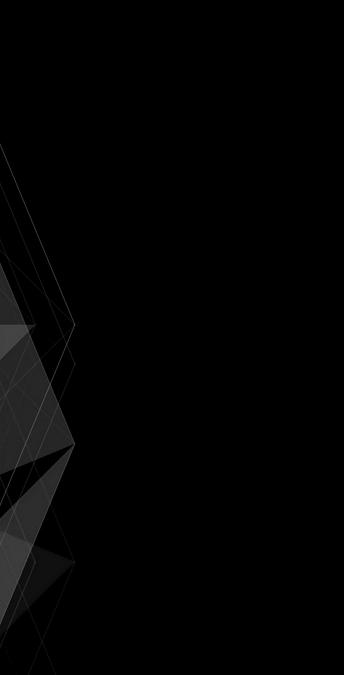
bringing to a new level of significance the elusive still ubiquitous relationship between experience and memory. So we would take this occasion to ask you if in your opinion personal experience is an absolutely indispensable part of a creative process... Do you think that a creative process could be disconnected from direct experience? By the way, you allow an open reading, a great multiplicity of meanings: associative possibilities seems to play a crucial role in your pieces. How important is this degree of openness?
I have a notebook where I write simple ideas, as they come to me. I use them like a raw material, I combine them, associate them, translate one into another, often by doing experimentation in real life. It is like pulling a thread, sometimes it is too short, and sometimes it leads to a real project.
The hybrid feature that marks out your works, and especially Chronométries allows you to accomplish the difficult task of balancing rhyhtm and evokative reminders: this aspect of your practice seems to reflect your fascination for continuous transformation processes and draws the readers into a multilayered experience. Do you think that the harmonic fusion between different media could be a crossidisciplinary artist's goal? Or is the goal to make people look at the sphere of experience in a different way?
Stéphane Bissières scape Land CONTEMPORARY ART REVIEW
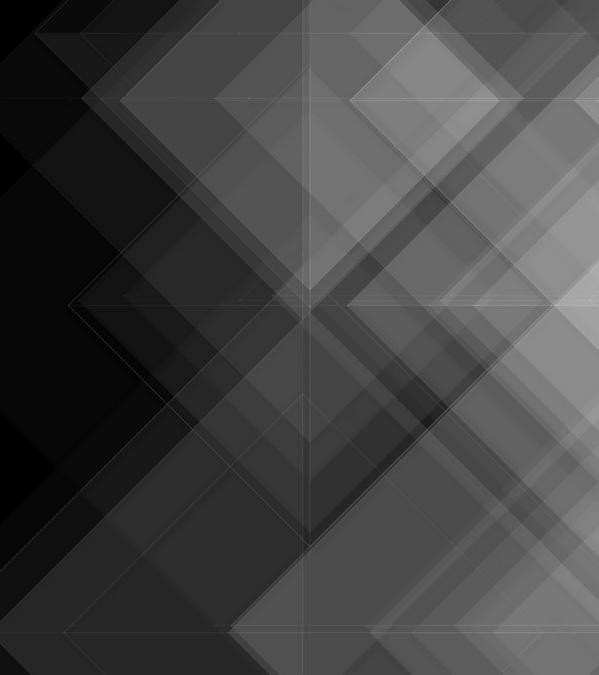
Chronométries, Capture. Jan 2016 (c) S.Bissières
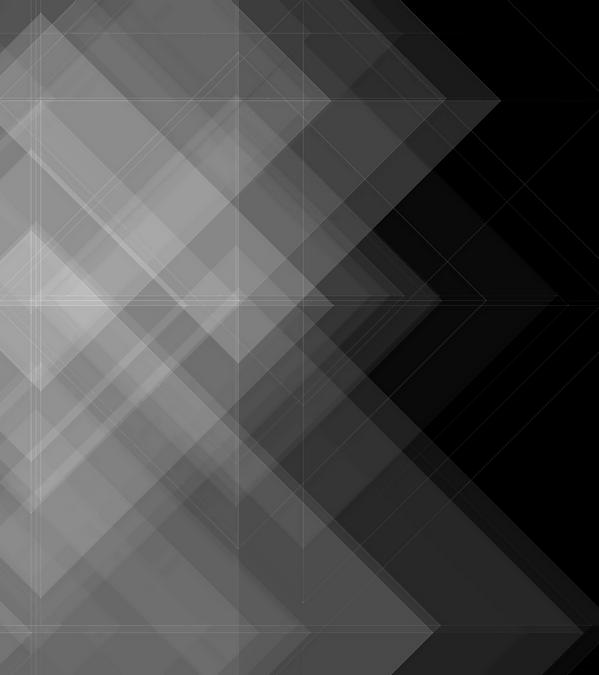
I created the project Chronométries with the violin and kemençe player Raphaël Sibertin-Blanc. The idea was to have musicians playing repetitive music while machine is organic, as a form of human hybridization with the machine. Artificial life facing biological mechanic. We defined a simple set of instruction (an algorithm) for the musicians to make it musical with the fewest instructions possible, and I developed a system to generate organic and unpredictable electronics, like a machine improvisation. The autonomous process of the machines would allow me to play piano, but at any time I could take over and improvise live electronics if wanted. Because we, the musicians, were embodied on stage, I also made a « body » for the electronic abstraction in the form of a video synthesis where every moves reflects a variation in the sound. The goal here was less about transdisciplinarity than about embodying abstraction and give individuality to a machine.
Another interesting project from your current artistic production that has particularly impressed us and on which we would like to spend some words is entitled "Hard Drive Music", and it's the first part of a series of sound art installations about obsolescence in digital technical equipment. How do you consider the
relationship between technology and your work? In particular, why did you choose to inquire the

scape CONTEMPORARY ART REVIEW Land
Stéphane Bissières
Hard Drives Music, May 2016 (c) S.Bissières
topic of obsolescence in our everchanging and technologydrive age?
"Hard Drives Music" is a suite of sound art installations. The hard drives are the only acoustic sound

Stéphane Bissières scape Land CONTEMPORARY ART REVIEW
Hard Drives Music, May 2016 (c) S.Bissières
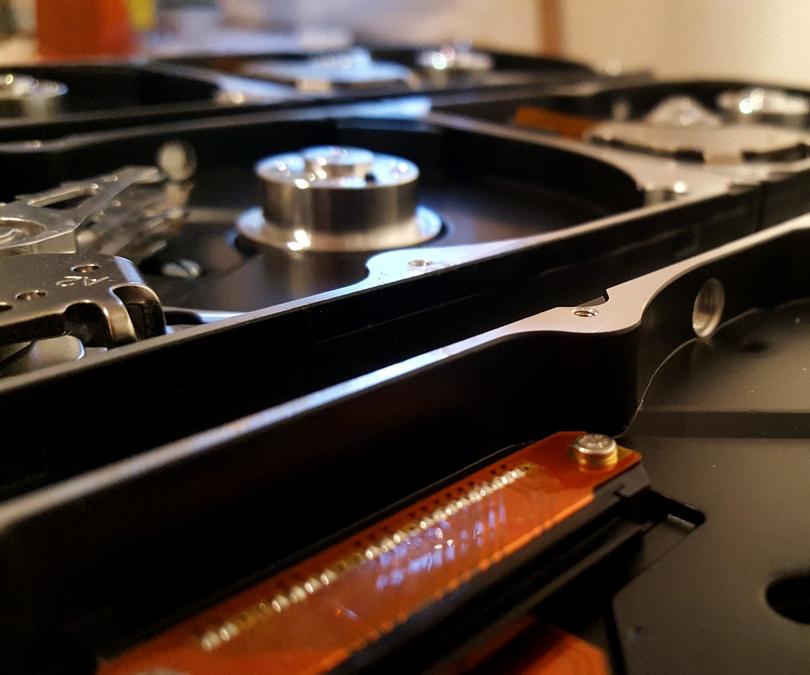
sources. They are dismounted to expose a structure which may recall a clock system, made with great
precision and complexity. We are made of thoughts, dreams and ideas, but it is our body which
Stéphane Bissières scape Land CONTEMPORARY ART REVIEW
reveals us to the world. In the area of digital arts where everything is virtual and abstract I like to see

those obsolete things as old shells of an ever mutating entity. It talks about death, therefore about identity of an abstraction. I am convinced that at some point in the future the frontier between humanity and « machinity » will be blurred. We already have the technology to augment our muscles, it is a matter of years for being able to augment our memory, our skills and intelligence. To me, starting today a reflection about the identity of machines is also a reflection about our evolution.
I think a big part of creation is being sensitive enough to see things in his own way, trying to choose influences, and shedding light on
Stéphane Bissières scape Land CONTEMPORARY ART REVIEW
aspects that may otherwise be missed. The role of an artist may be to reflect himself and his surroundings and be a witness of his time in society. It is part of this role to adapt and evolve with the characteristics of the era the artist lives in. The changes we are feeling now are probably little in comparison to what is to come with IA in the short future.
When using a computer for sound or visual programming, the process of generating sound or pictures is usually disconnected to what actually generate sound or picture.
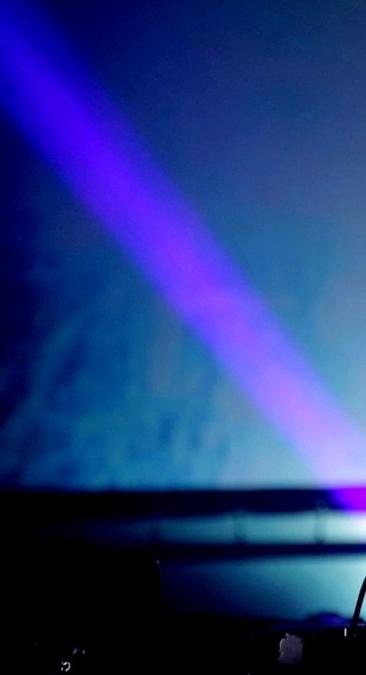
For example when playing guitar, the energy from movement is directly transferred to the string, which oscillations generate acoustic sound. In contrast, you could easily play a giant bell with a little button as soon as the information is sent to an actuator powerful enough to ring the bell. This offers great possibilities but also induces latency, less immediate and less instinctive action. On a more abstract level, I see relationship between sound and images in terms of transfers of energy. Because my sound
and image creation are always in real time, I try to be less influenced by aesthetics than by the design of
scape CONTEMPORARY ART REVIEW Land Stéphane Bissières
Stephane Bissieres Live@SpliceLondon: Concert live at Splice
correlations between sound and video, so they could be perceived as a whole.
Before leaving this conversation we would like to pose a question about the nature of the

Stéphane Bissières scape Land CONTEMPORARY ART REVIEW
Festival, London 2016
relationship of your art with your audience. Do you consider the issue of audience reception as
being a crucial component of your decision-making process, in terms of what type of language is
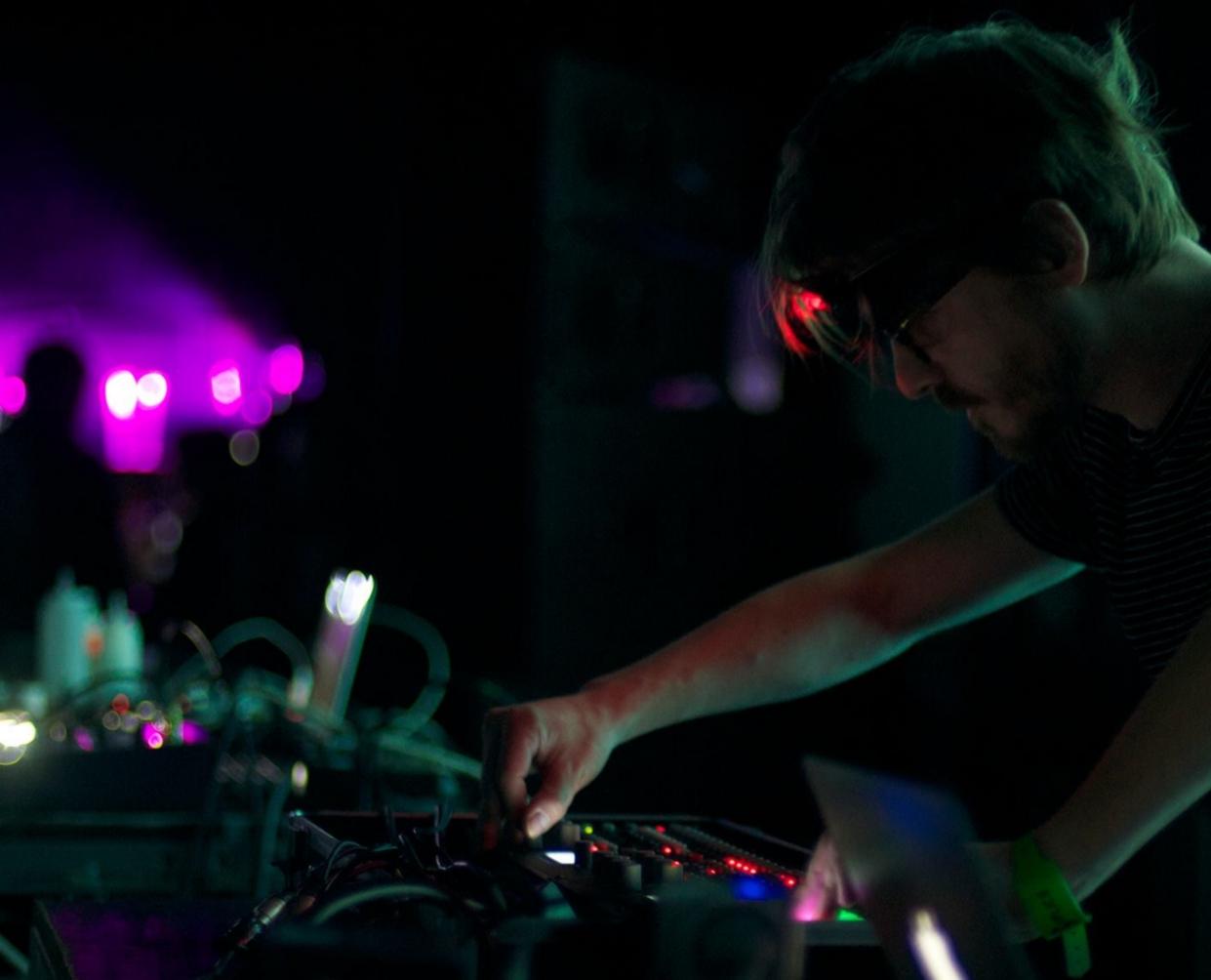
scape CONTEMPORARY ART REVIEW Land Stéphane Bissières
StephaneBissieres_Live@SpliceLondon: Concert live at Splice Festival, London 2016
used in a particular context?
I tend to be influenced by how the audience receive a proposition, but I
Also feel that when a concept gets enough autonomy and inertia it doesn’t belong to me anymore, and so I shouldn’t be affected by positives or negatives feedbacks.
Thanks a lot for your time and for sharing your thoughts, Stephane. Finally, do you have anything else coming out in the near future our readers should look out for? How do you see your work evolving?
Thank you very much, Hard Drives Music will be presented this year in Paris at Gallery Plateforme and at Le Cube, center of digital creation. A tour is planned for the end of 2017 in Asia for dance performance SURU, and I am working with electronic music producer Vadim Svoboda on the creation of a music label.
I will have also some great collaborations to come this year: A beautiful new audiovisual creation called ASKJA with video artist Barthelemy Antoine Loeff, and a techno performance called JOENSUU with electronic musician Mathias Delplanque. The first of JOENSUU is planned in May in Bruxelles.
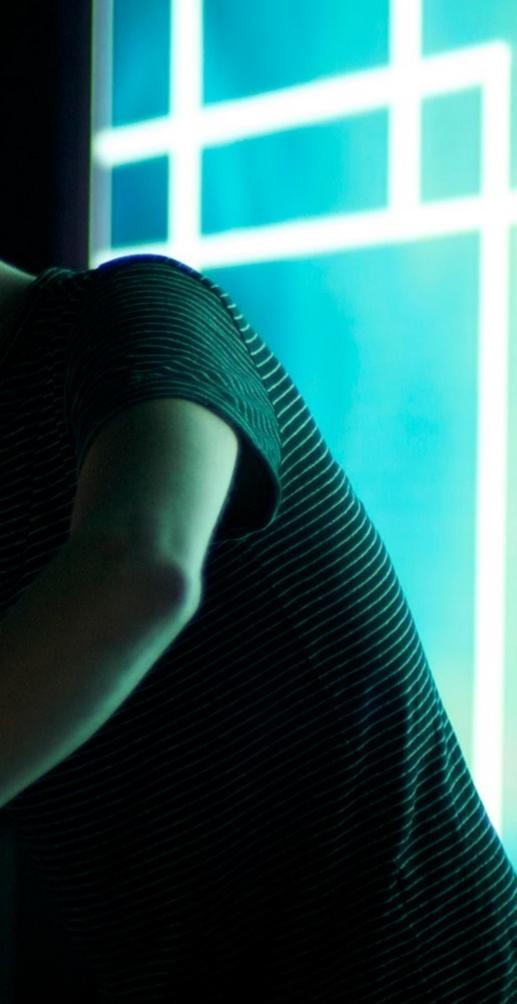
An interview by Katherine Williams, curator and Josh Ryder, curator
landescape@europe.com
Stéphane Bissières scape Land CONTEMPORARY ART REVIEW
Flounder Lee
Lives and works in Dubai
FFor the last decade, several overlapping themes have run throughout my work: postcolonialism, mapping, science, and environmental change. I use various media such as photo, video, performance, sound,
and installation to create work that engages viewers in important topics. Videos or photos are often shown in grids, sometimes overlaid on antique maps. Holdovers from my first major of aerospace engineering, rules and preset conditions are common in my practice. I’m currently pursuing more site-specific installations and public art pieces.
For the first three plus years after graduate school, I mapped interactions between indigenous peoples and various governments. This moved beyond my earlier work with indexing toward a more physical method of mapping which involves walking and driving boundaries while using tools such as GPS. First, I mapped treaties on their actual locations. I overlaid maps using software and followed the lines; I photographed at preset points so that I could show the location, not what I want it to be. As a counterpart to the research on the actual land and treaties, I did several projects where I transposed various maps, such as American colonies, onto locations in Europe, Central America, and other countries around the world. I then photographically mapped them in a systematic way. The Panama trip allowed me to investigate and produce artwork referencing many of the issues surrounding Panama/United States relations such as the training at the School of the Americas and building of the Panama Canal. In St. Martin, I followed the border between the two halves of the island, which is still controlled by colonial superpowers France and the Netherlands. Finally, I mapped colonizers onto their former colonies in many countries such as Ethiopia, Viet Nam, Malaysia, and Costa Rica. Through all of these related projects I seek to inform about a history that has been sanitized and distorted. Making the photographs using preset conditions instead of my own ideas of photographic beauty is a process that is hard to accept, but important for my process of understanding. The arbitrary notion of these borders and treaties is what I am seeking to bring to light.
In 2011, my work took a turn towards environmental topics. I received a large grant to complete a project mapping the retreat of glaciers. Working with a graduate fellow funded by the grant, I completed a video, photo, and installation based project about this important topic. I followed this up with a series of
photographs mapping the sites of future sea level rise. After moving to Dubai, the desert and other water issues entered my body of work. I completed a series of three very large scale installations made with PVC pipes. Two of these also had a surround sound track that played throughout. The largest was 2x2.5x100 meters. All of them dealt with the importance of clean drinking water on development. Water is set to be the 21st century’s driving force. Sea levels are rising, drinking water is becoming scarcer, hydroelectric dams are getting bigger, irrigation is turning desert into farmland. Bottled water often costs more than gasoline. Pipes go along with civilization, they are the veins that carry the lifeblood, but we ignore them completely until something goes wrong. They are a common sight during construction, but disappear afterward, hidden behind walls or buried underground. I want to bring these banal objects to the forefront, not just for the sake of the pipes themselves but to highlight how something many of us take for granted can also be something that is so vital.
Currently, I am working on a video installation that deals with the past, present, and future of water management and its impacts. The past is typified by the Aral Sea, formerly the 4th largest body of fresh water in the world, bad Soviet planning of irrigation doomed it to turn into desert in Uzbekistan, with Kazakhstan barely holding onto some of it. The present is set here in Dubai where the desert is turning green and air conditioned spaces make a formerly barely inhabitable location thrive. For the future, I’m talking about how the lessons learned on Earth can be used to plan the colonization and possible terraforming of Mars. The third part also leads where I want my body of work to take a turn towards: science of the future.
Overall, my work seeks to inform about topics that are often a bit sometimes a bit uncomfortable such as how the United States formed by breaking treaties with Native American tribes again and again or how disproportionately sea level rise will affect poorer nations. That said, my work doesn’t try to preach, just shed some light on a topic and urge viewers to look more closely for themselves.
Intellectual inquiry plays a larger role in my work than intuition and emotion. Nonetheless, the visual impact is still an important part of my work. It always has layers of meaning and plenty of detail for an audience to get lost within.
scape Land CONTEMPORARY ART REVIEW
Flounder Lee
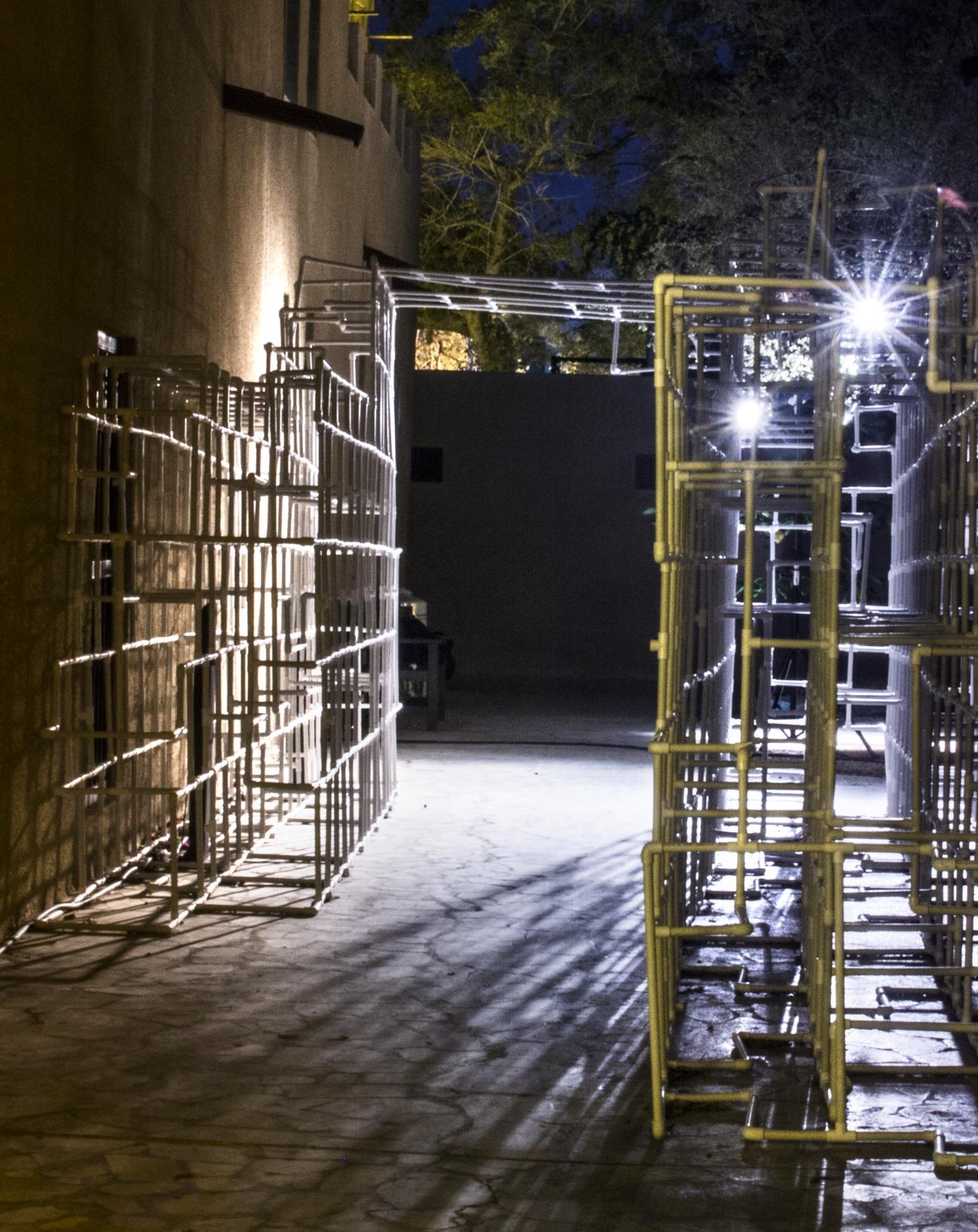
LandEscape meets
Flounder Lee
Artist Flounder Lee's research is marked out with a stimulating multidisciplinary feature: his practice rejects any conventional classifications and considers the vital relationship between direct experience and visual interpretation, to draw the viewers through a multilayered journey. In his Circa-Navigation that we'll be discussing in the following pages he encapsulated an unconventional sensitiveness, to trigger the viewers' perceptual parameters. One of the most impressive aspects of Lee's work is the way it accomplishes the difficult task of shedding light on topics to urge viewers to look more closely for themselves: we are very pleased to introduce our readers to his stimulating and multifaceted artistic production.
Hello Flounder and welcome to LandEscape: we would start this interview with a couple of questions about your multifaceted background. You have a solid formal training and after having earned your Bachelor of Fine Arts in Creative Photography you nurtured your education with a
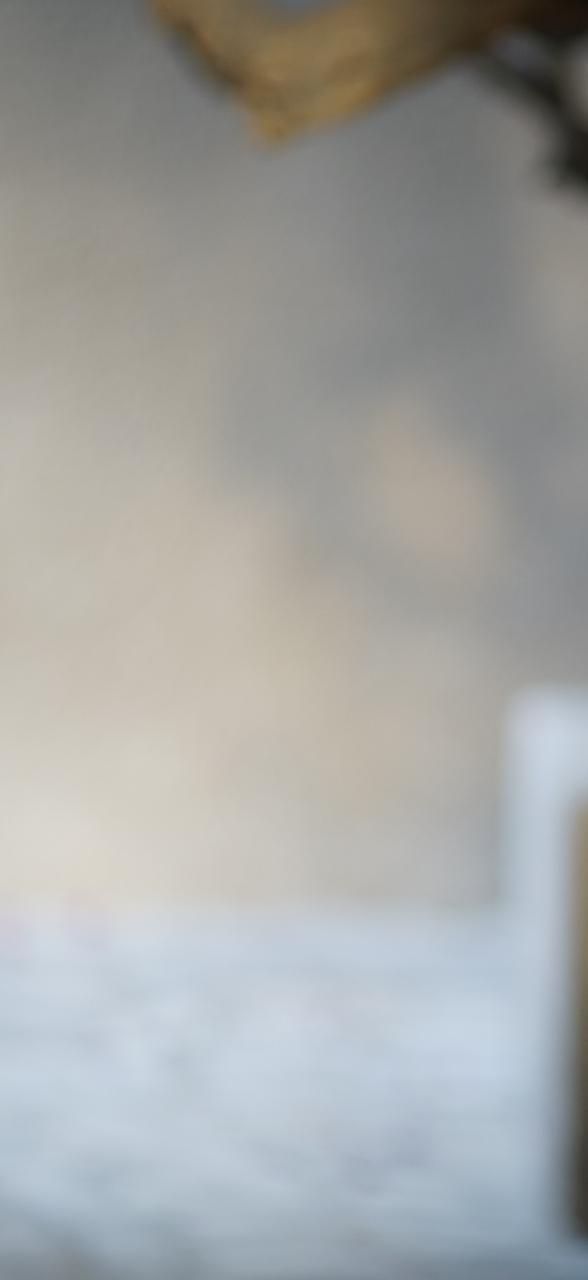
scape Land CONTEMPORARY ART REVIEW
An interview by Katherine Williams, curator and Josh Ryder, curator landescape@europe.com
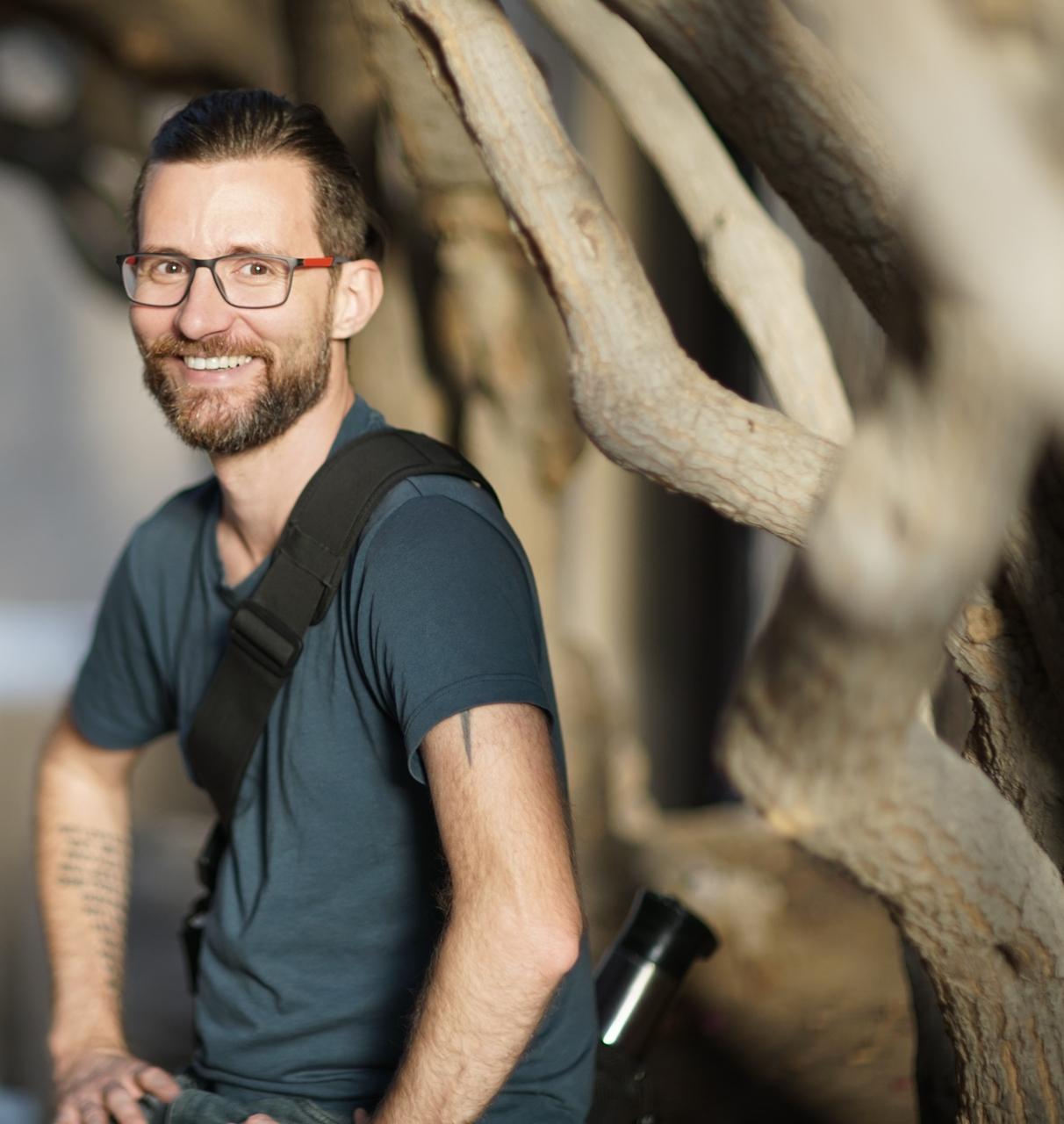
scape Land CONTEMPORARY ART REVIEW

Flounder Lee scape Land CONTEMPORARY ART REVIEW
Master of Fine Arts in Studio Art, with a focus in photography/digital art, that you received from the California State University, Long Beach: how do these experiences influence the way you currently conceive and produce your works?
Hello, thanks for having me! Both programs I attended were rigorous and interdisciplinary. This fact profoundly impacted my overall practice as well as my teaching. I was also steeped in theory and had to do a lot of writing. This was all topped off with being taught by amazing, but hard driving faculty with thriving, diverse art practices themselves. I find ideation to be a fun and rewarding part of my practice. It always surprises me when students say that they don’t have an idea for a project, that has never been an issue for me, I have many, and most are bad, but you should have many bad ones to find a few good ones. I was also driven to make lots of experiments, although a significant portion of it ends up on the cutting room floor so to speak. Fairly recently, I’ve started Transcendental Meditation and that also helps with conceiving ideas, if I’m stuck on a problem, the solution can present itself during meditation.
And in particular, how does your cultural substratum inform the way you relate yourself to the aesthetic problem in general?
I often plan the aesthetics of my work to entice the viewer, bring them in closer, bait them. The message is

Flounder Lee scape Land CONTEMPORARY ART REVIEW
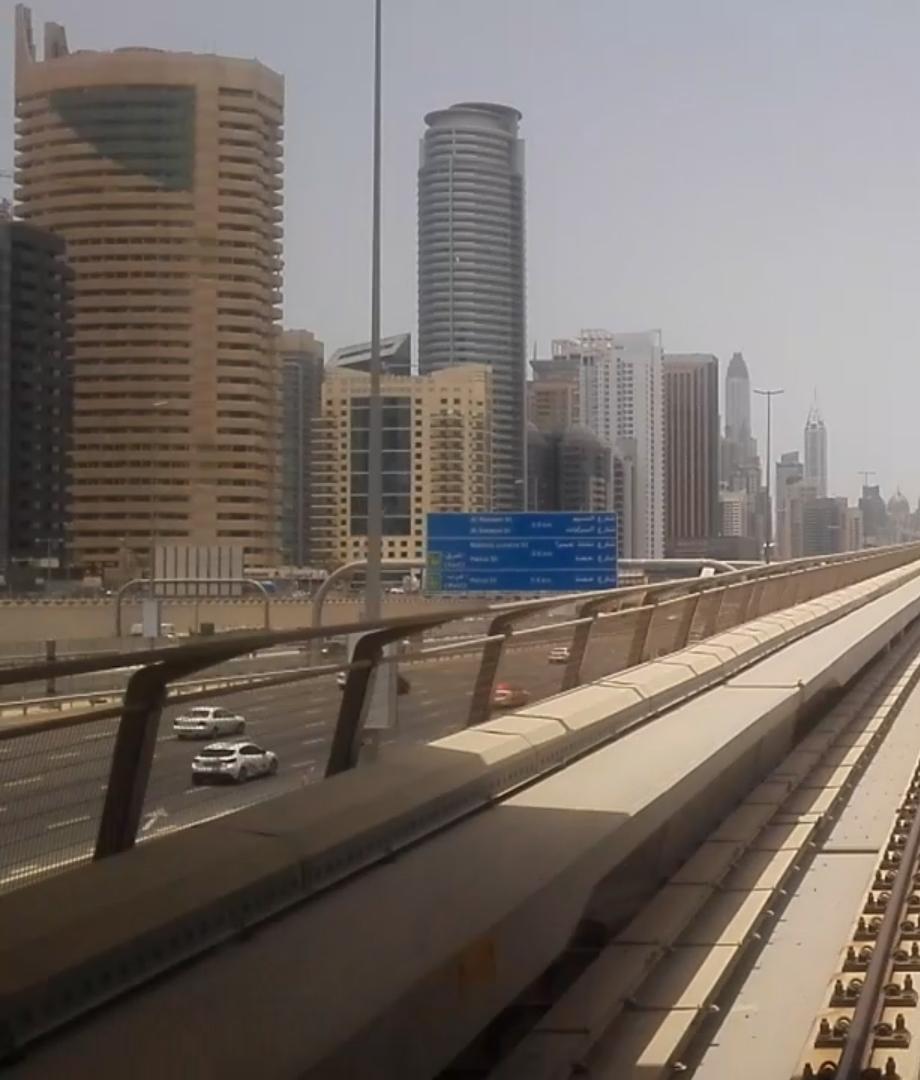
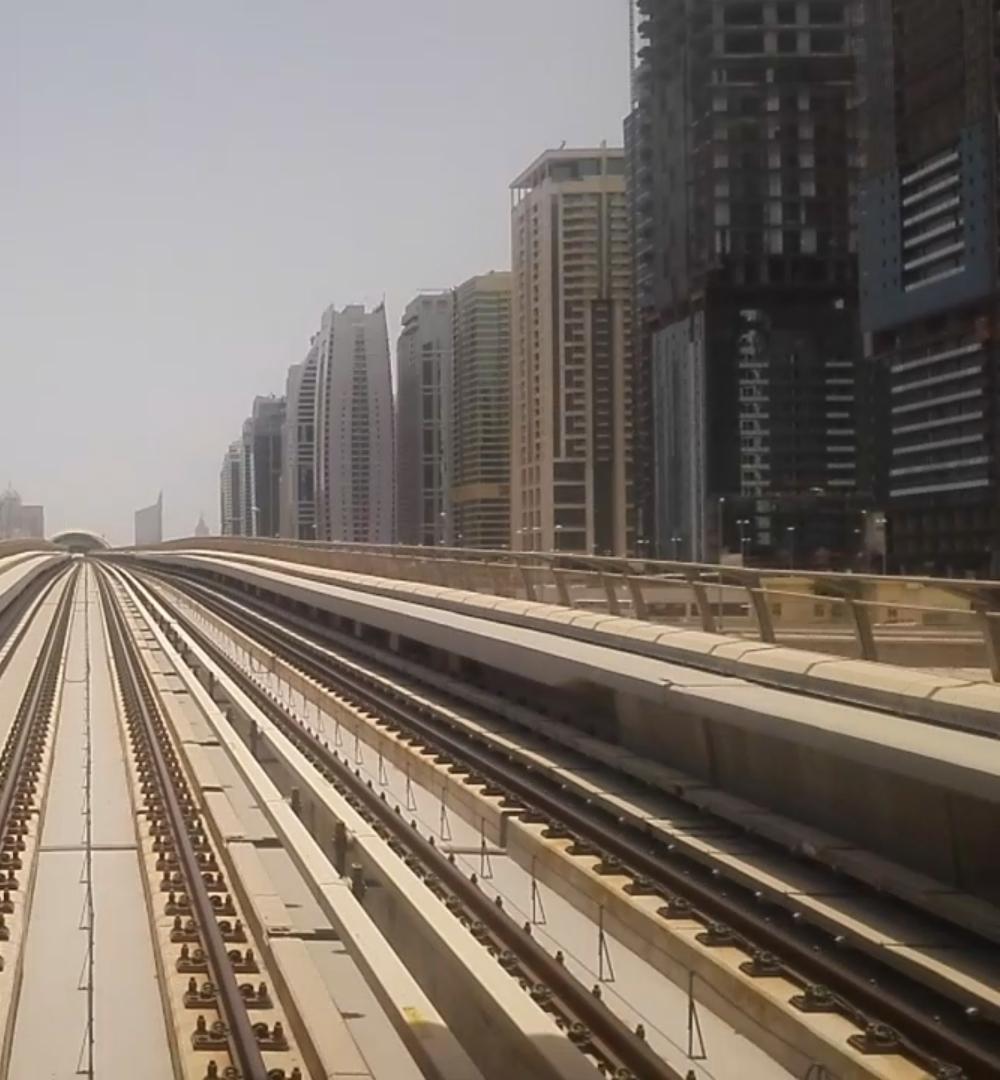
usually found when they come in closer, spend more time, go deeper. Beauty is an issue with which the art world goes vacillates on regularly. One decade beauty is a dirty word, the next, it is a core requirement. I feel that there should be a healthy balance between the idea and formal qualities. Sometimes beauty takes on a more important role and sometimes it takes a backseat to the idea or is even absent altogether due to the subject, media, or message.
You are a versatile artist and over these years you have experimented with a wide variety of different techniques, ranging from photo and video to performance and installation, to engage the viewers in topics as postcolonialism, mapping, science, and environmental change. The language you convey in your pieces seems to be the result of a constant evolution of your searching for new means to express the ideas you explore and we would suggest to our readers to visit http://www.flounderlee.com in order to get a synoptic view of your multifaceted artistic production: while walking our readers through your process, we would like to ask you if you have you ever happened to realize that such multidisciplinary approach is the only way to express and convey the idea you explore.
While it makes it harder to explain to someone what I do, I can’t imagine having anything other than a multidisciplinary practice. Photography
and video have always been at the core of my work, but I feel that sticking only to that media would be drastically limiting myself. Idea generally comes first, before media or material, but not always. Occasionally, I will have the

scape Land CONTEMPORARY ART REVIEW
Flounder Lee
calling to work with something specific, say performance.
This can also come from external sources such as open calls or commissions. Then I work on the conceptual underpinning, the subject,
the direction, the formalities. Most often though, I’ll know I want to investigate a specific topic and the medium, or often, several different media, will be forthcoming through the ideation and experimentation stages.

Flounder Lee scape Land CONTEMPORARY ART REVIEW
For this special edition of LandEscape we have selected Circa-Navigation, an extremely interesting project that our readers have already started to get to know in the introductory
pages of this article. CircaNavigation started by randomly shooting video while driving. When walking our readers through the genesis of this project would you tell us how do you come

Flounder Lee scape Land CONTEMPORARY ART REVIEW
up with the idea for this stimulating project?
This was one of those slowly percolating projects. I’ve been doing photo and video in my personal and artistic life for a long time, well before
the ubiquitous cell phone, with which everyone seems to capture everything all the time. I say this because from when I got my first video camera, I start shooting driving, I did a few crosscountry road trips in college and long shots out the windows of the car or plane made it into my archives, I had no particular purpose in mind when doing it, I was just documenting as I was wont to do. I’m sure that many people do this, but a couple of years ago, I started to realize the quantity of footage I was amassing. In the last ten years, I’ve travelled to around 50 new countries and of course, I wanted to document that extensively. At some point, I thought about putting it together, to make use of all these hours of recordings and the idea for at least two variants of the project came about.
One is a somewhat more narrative, shorter, and film festival friendly, version where it is just out the front of whatever conveyance I’m using. The second version is a video installation where the viewer will be surrounded by different locales and the video will be moving in directions that make it seem like you are sitting in the vehicle, it approaches you from the front, sweeps by on the sides and recedes behind you. Since I have had this idea, I have started shooting especially for the project.
In particular, what is the role of chance and improvisation in your practice?
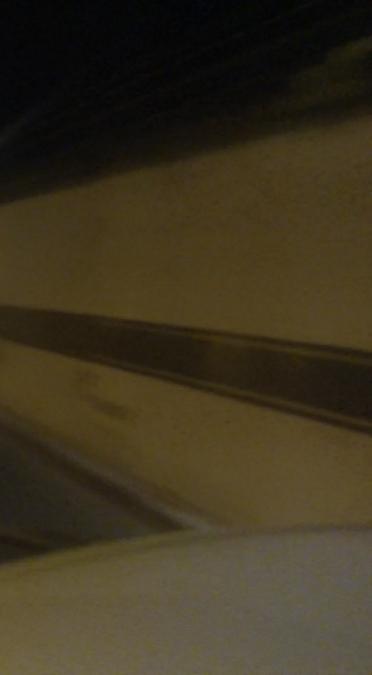
CONTEMPORARY ART REVIEW
Flounder Lee scape Land
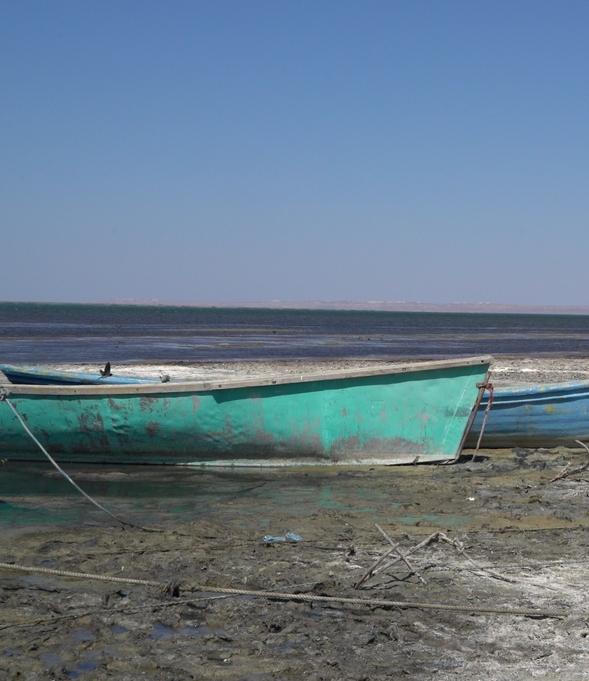
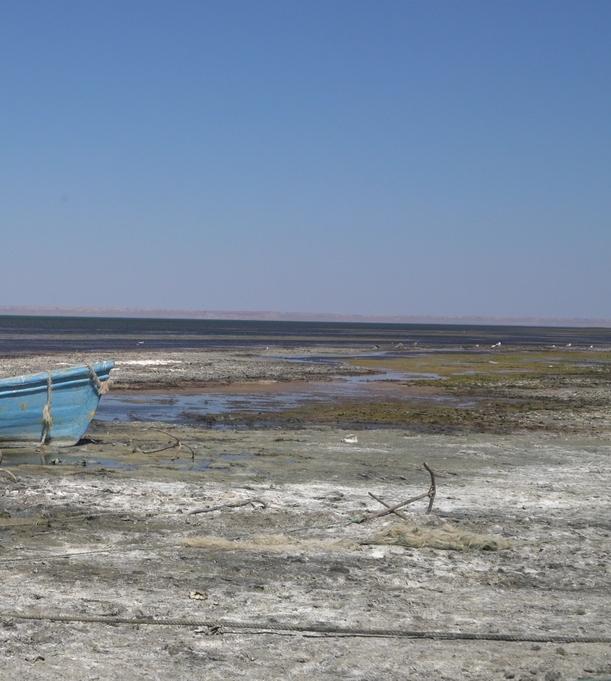
It actually plays an important role in many of my projects. For example, patterns emerge in my MFA thesis work because of chronological happenstance, but this chance is merely formal. As odd as it may sound, I plan chance into the work conceptually at times, particularly in my mapping projects which we talk about later. I do, however, think I’m a much more analytic artist than intuitive. I think this is my love of science and brief flirtation with aerospace engineering coming through in my art practice.
Some things you can control... accomplishes the difficult task of balancing rhyhtm and evokative reminders: this aspect of your practice seems to reflect your fascination for continuous transformation processes and draws the readers into a multilayered experience. Do you think that the harmonic fusion between different media could be the artist's goal? Or is the goal to make people look at the sphere of experience in a different way?
In this piece in particular, I wanted people to experience the work in a very personal and active way. I made it during an artist residency at UntitledBCN and was planning on working with Barcelona as my subject and video as the media. Right before arriving in Europe, I became fascinated by old CRT TVs because they are particle accelerators. I took a few apart in my mom’s house in the states just to see what I could easily do to alter them, so I added this to my media, not just video but video sculpture. Then while in

scape Land CONTEMPORARY ART REVIEW
Flounder Lee

Flounder Lee scape Land CONTEMPORARY ART REVIEW
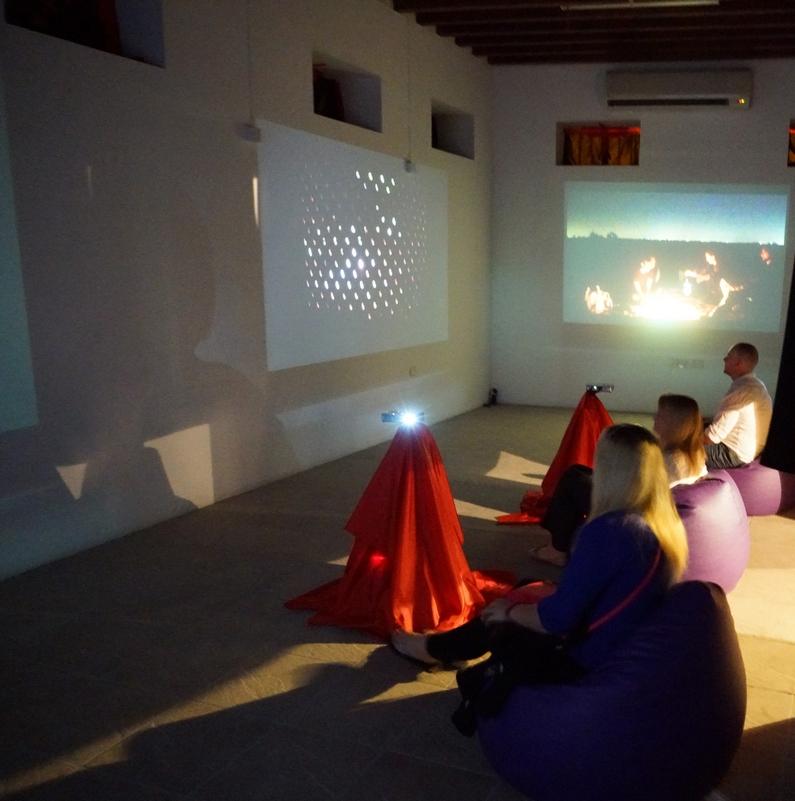
Flounder Lee scape Land CONTEMPORARY ART REVIEW
residence in Barcelona, the horrific Pulse Nightclub shooting happened in Orlando. I have friends who live in Orlando that sometimes go there and I was even more in shock than from many of the other mass shootings because it hit closer to home. I decided I couldn’t ignore YET ANOTHER event of this type and added it as the key layer in the work. I used Barcelona as a setting for an ongoing silent candle vigil. I lit candles throughout the city and recorded them with a slow shutter speed so people, cars, any movement, became blurs, ghost-like in appearance.
I did think about infusing different media into the project, I shot film photos of the candles as well, but in the end, the sculpture stood alone. It had tools, buttons, switches, which the viewers could use to disrupt the video, distort the scenes, but as soon as they stopped, it would go back to the calmness that suffused the video.
We would like to spend some words about your Postcolonial series: your inquiry into the arbitrary notion of borders as well as your investigation about historical distortions is marked out with an effective socio political criticism: but while artists from the contemporary scene, as Ai WeiWei or more recently Jennifer Linton, use to express open socio-political criticism in their works, you seem more interested to hint the direction, inviting the viewers to a process of self-reflection that may
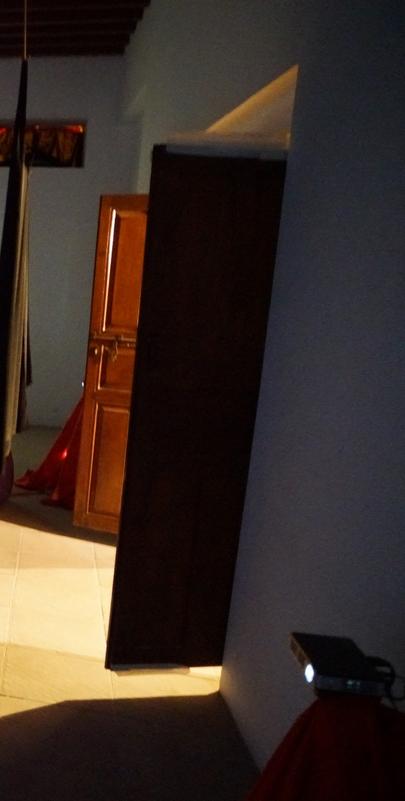
Flounder Lee scape Land CONTEMPORARY ART REVIEW
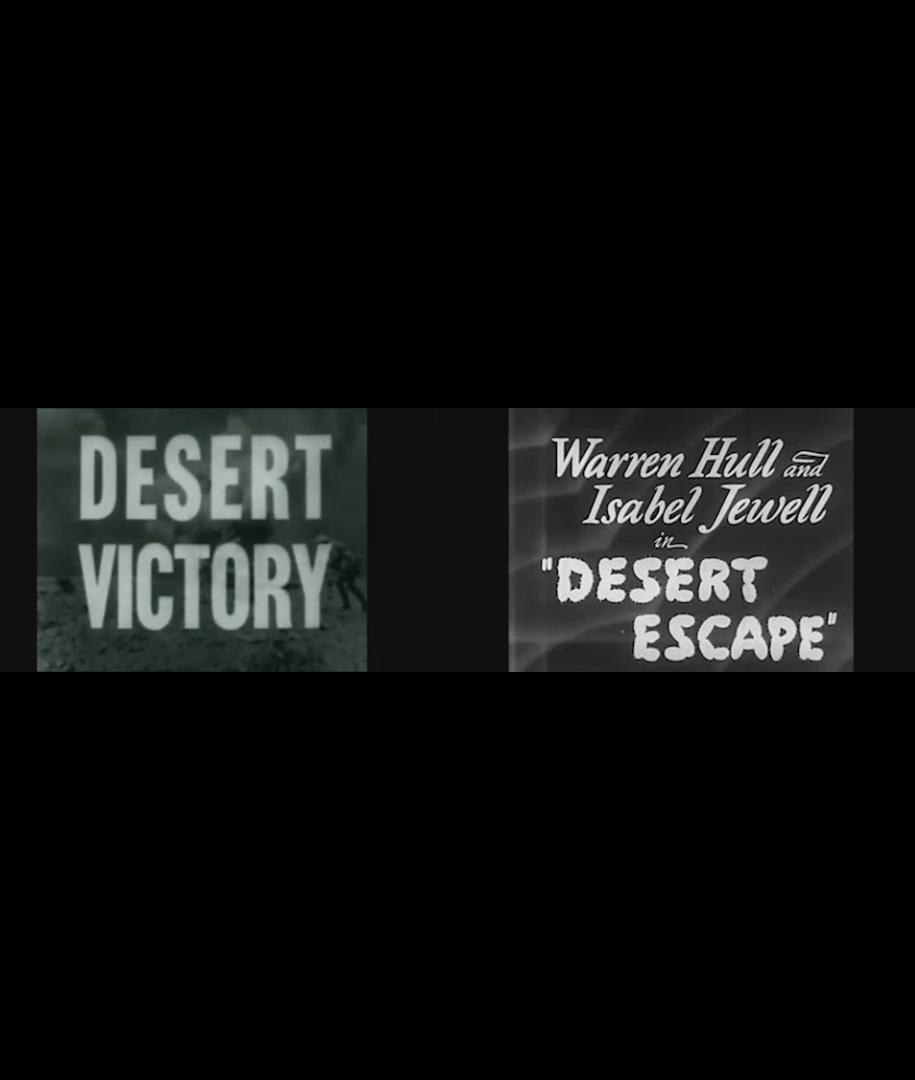
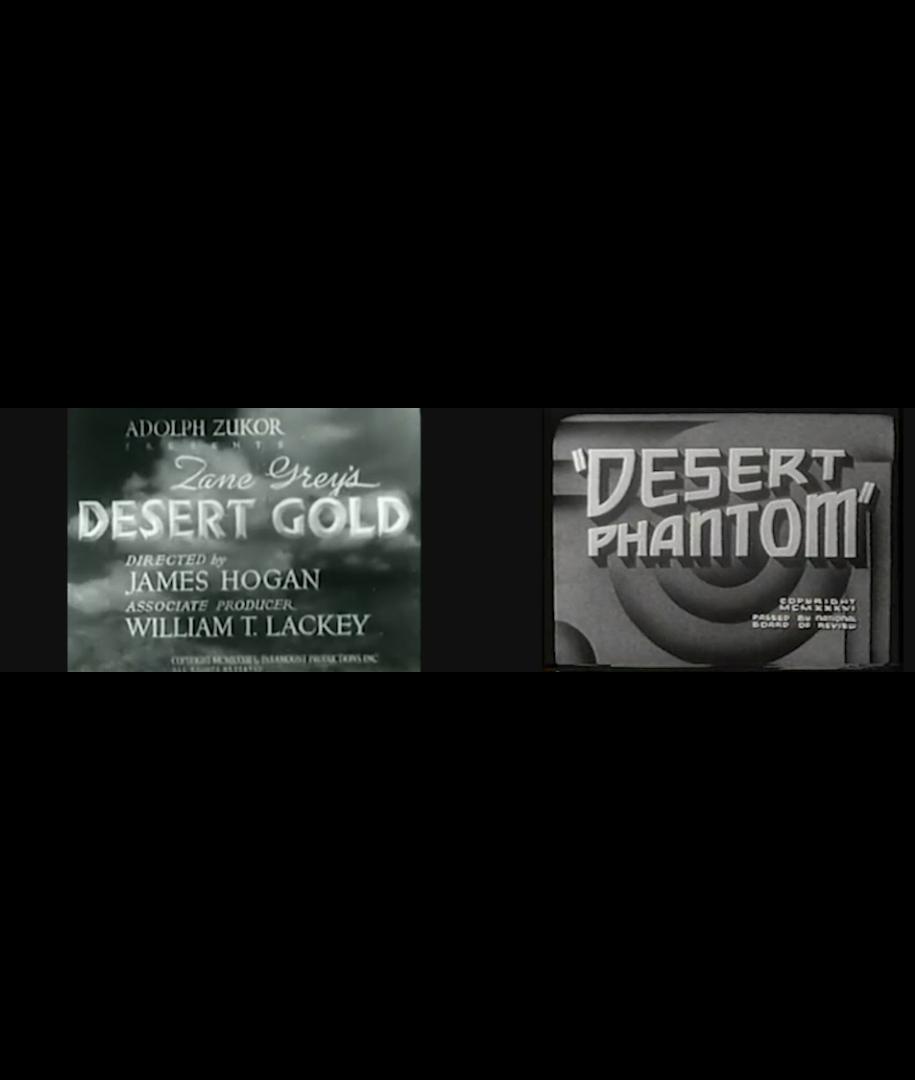
lead to subvert a variety of usual, almost stereotyped cultural categories. Do you consider that your works could be considered political in a certain sense or did you seek to maintain a more neutral approach? And in particular, what could be in your opinion the role that an artist could play in the contemporary society?
Many of my works are somewhat political, but as you say they hint in that direction. As I talked about earlier, I like to draw the viewer into the work with the visuals sometimes the beauty, sometimes the complexity then give them the more concrete idea. Even then, I keep the overt politics off the surface. If you read the artist statement, you’ll know my stance and you’ll even get glimpses of it just from the work.
Artists take a variety of roles, sometimes as a mirror, sometimes as a forerunner, sometimes as a researcher. We don’t live in a vacuum and are affected by the world around us, that feeds into the work and comes back out, sometimes shining a light on the recesses that society likes to ignore.
We like the way you structured the site-specific installation entitled Water Works. It leaves space for the spectators to replay the ideas you explore in their own intimate lives, letting them become both emotionally and intellectually involved in what you communicate.
 As Mexican artist Gabriel Orozco
As Mexican artist Gabriel Orozco
CONTEMPORARY ART REVIEW Land
Flounder
Lee scape
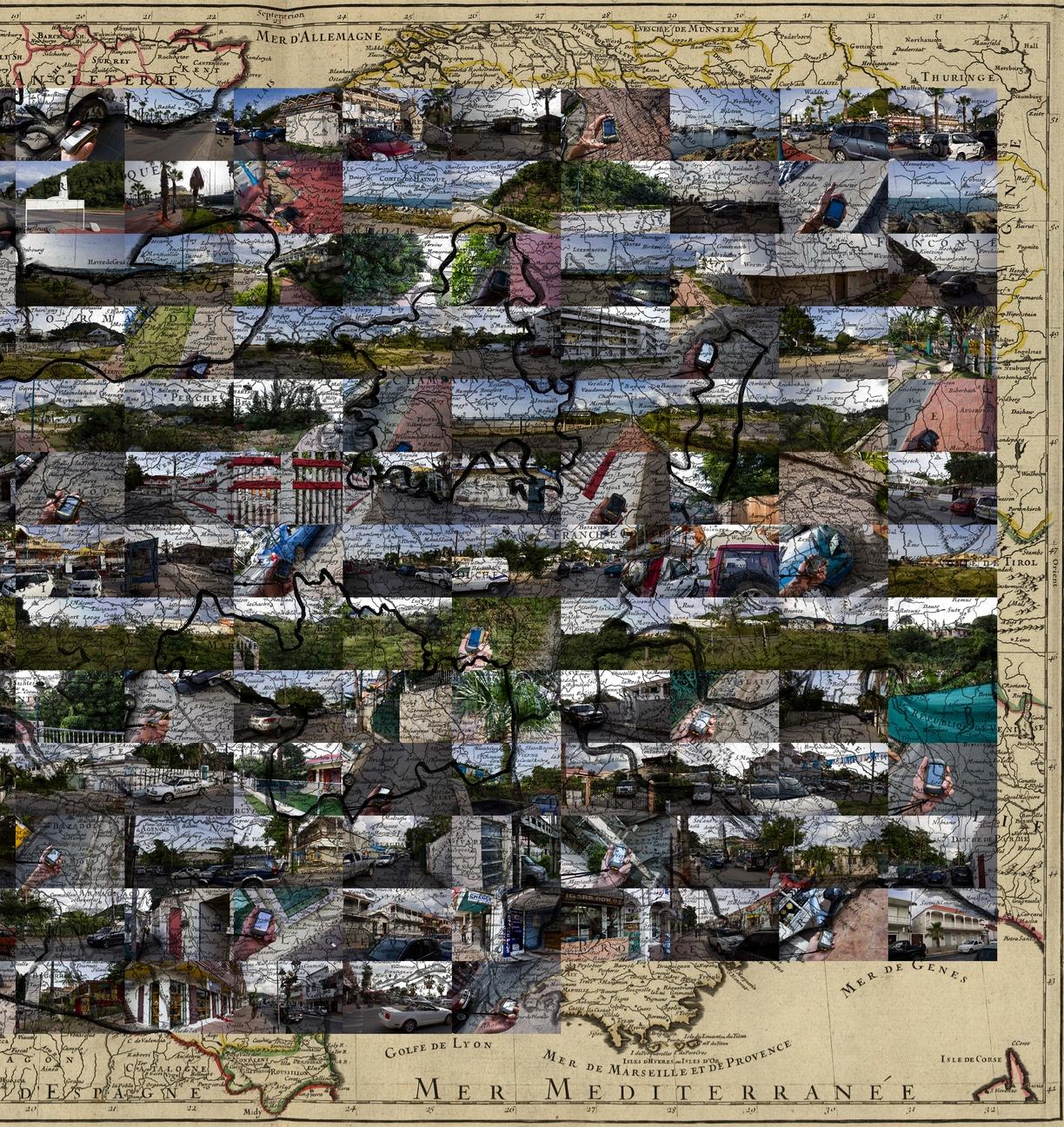
Flounder Lee scape Land CONTEMPORARY ART REVIEW
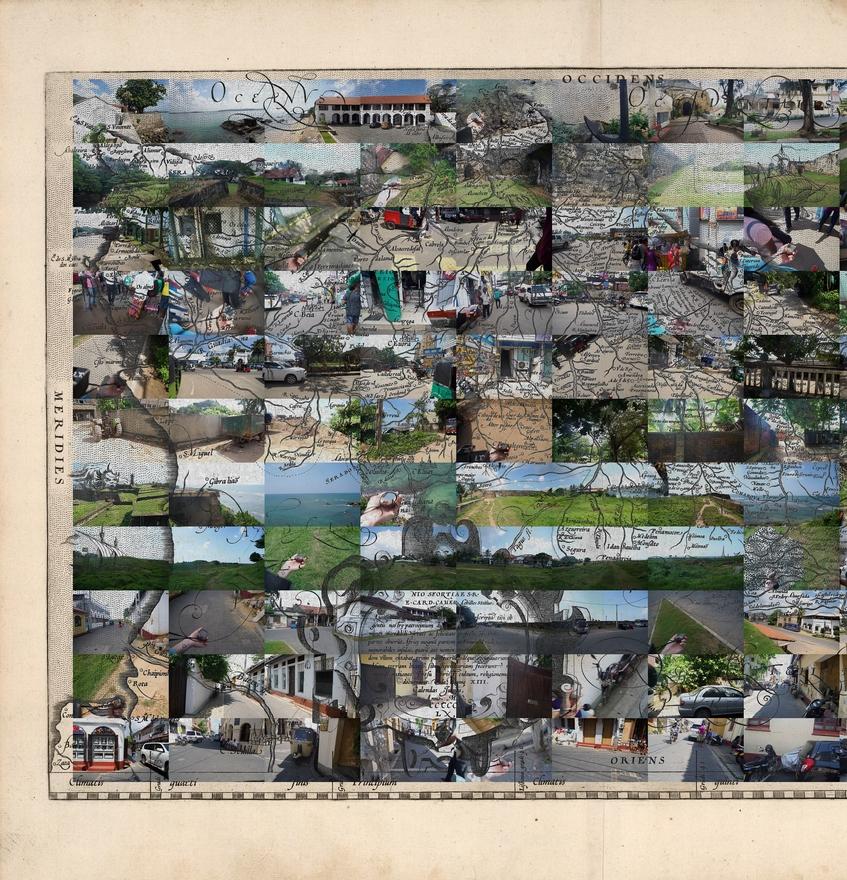
Ehud Schori scape Land CONTEMPORARY ART REVIEW
once stated, "the artist’s role differs depending on which part of the world you’re in. It depends on the political system you’re living under". Do you think that the role of the artist has changed these days with the new global communications and the new sensibility created by new media?
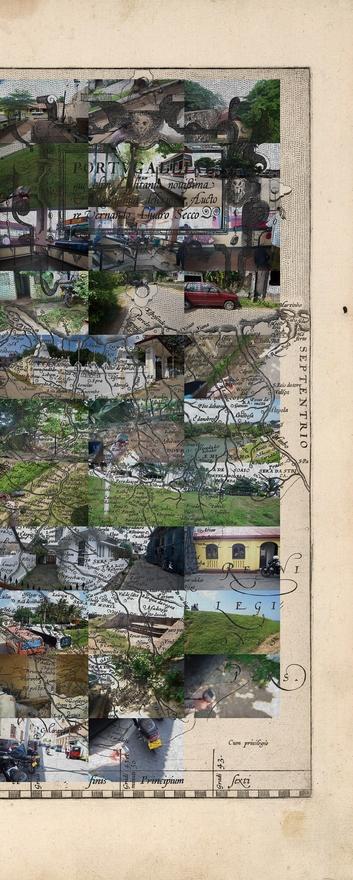
I am glad that many governments and educational organizations are starting to look at Art as integral to a complete person, a complete society. While humans could technically live in a world without art, I think the fact that as long as we’ve been human we’ve been making art says something about artists’ role in the world. Technology changes, money systems change, governments come and go, but through all this, people keep making art.
We appreciate the way Just Deserts creates an effective non linear narrative that establish direct relations with the viewers: German multidisciplinary artist Thomas Demand once stated that "nowadays art can no longer rely so much on symbolic strategies and has to probe psychological, narrative elements within the medium instead". What is your opinion about it? And in particular how do you conceive the narrative for your works?
Thanks, I think layers of meaning/references are good for artwork. When working I put in pointed references that someone with art historical knowledge would pick up on. Rarely do I make work that is mostly targeted at art
Ehud Schori scape Land CONTEMPORARY ART REVIEW

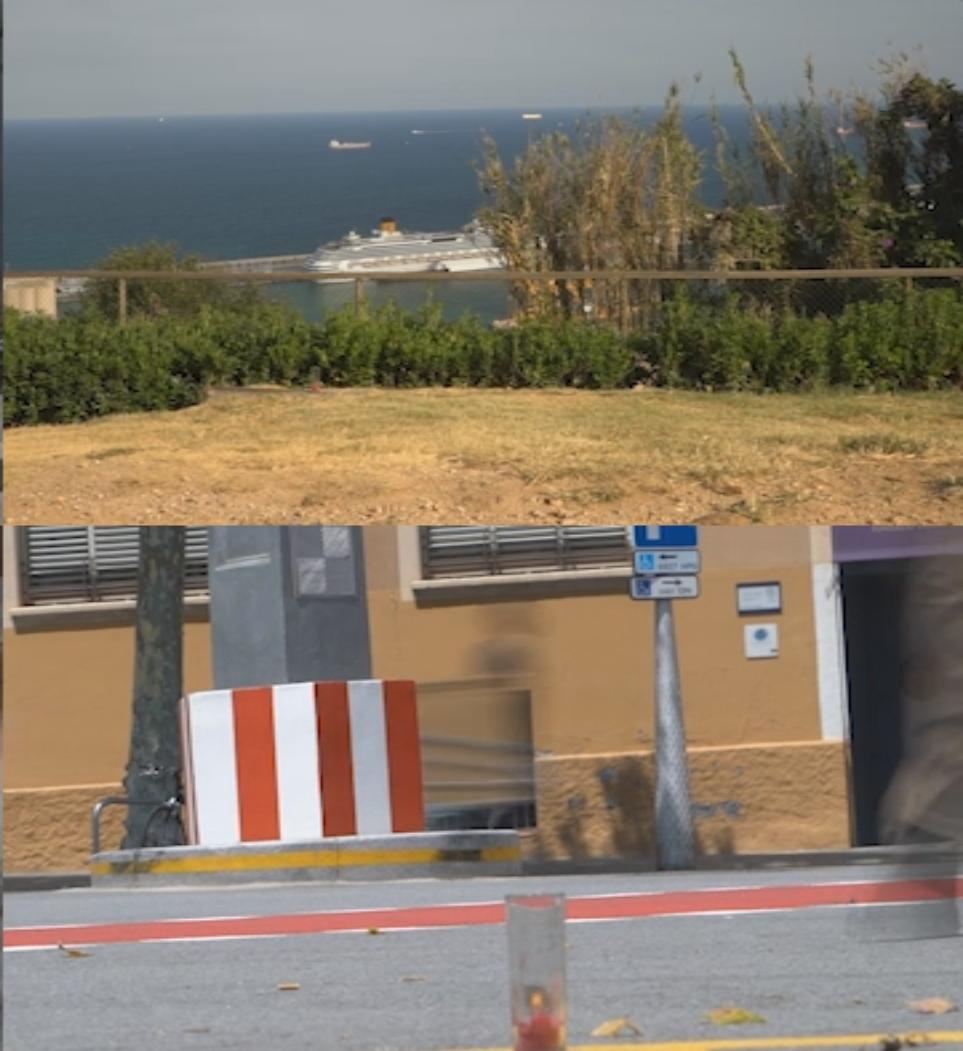
world insiders, but just that they’ll get more of the layers of meaning than someone who just walks in off the street with no art knowledge. I do think that
Over the years you have exhibited nationally and internationally, including countries as Cambodia, Dubai and Malaysia. One of the hallmarks of your work is the capability to create a direct involvement with the viewers, who are urged to evolve from a condition of mere spectatorship. So before leaving this conversation we would like to pose a question about the nature of the relationship of your art with your audience. Do you consider the issue of audience reception as being a crucial component of your decisionmaking process, in terms of what type of language is used in a particular context?
Beyond what even Walter Benjamin could have imagined when he thought people would stop travelling and view everything photographically, we increasingly see the world which includes the artworld through the lens of photography, or more accurately, the lens of a cell phone beamed to a cell phone screen. In “Image Object Post-Internet” Artie Vierkant seems to wonder if artists will change their image to look good in that little device (or in a web browser). Despite this updated prediction, though, I don’t know many artists who make work

Ehud Schori scape Land CONTEMPORARY ART REVIEW
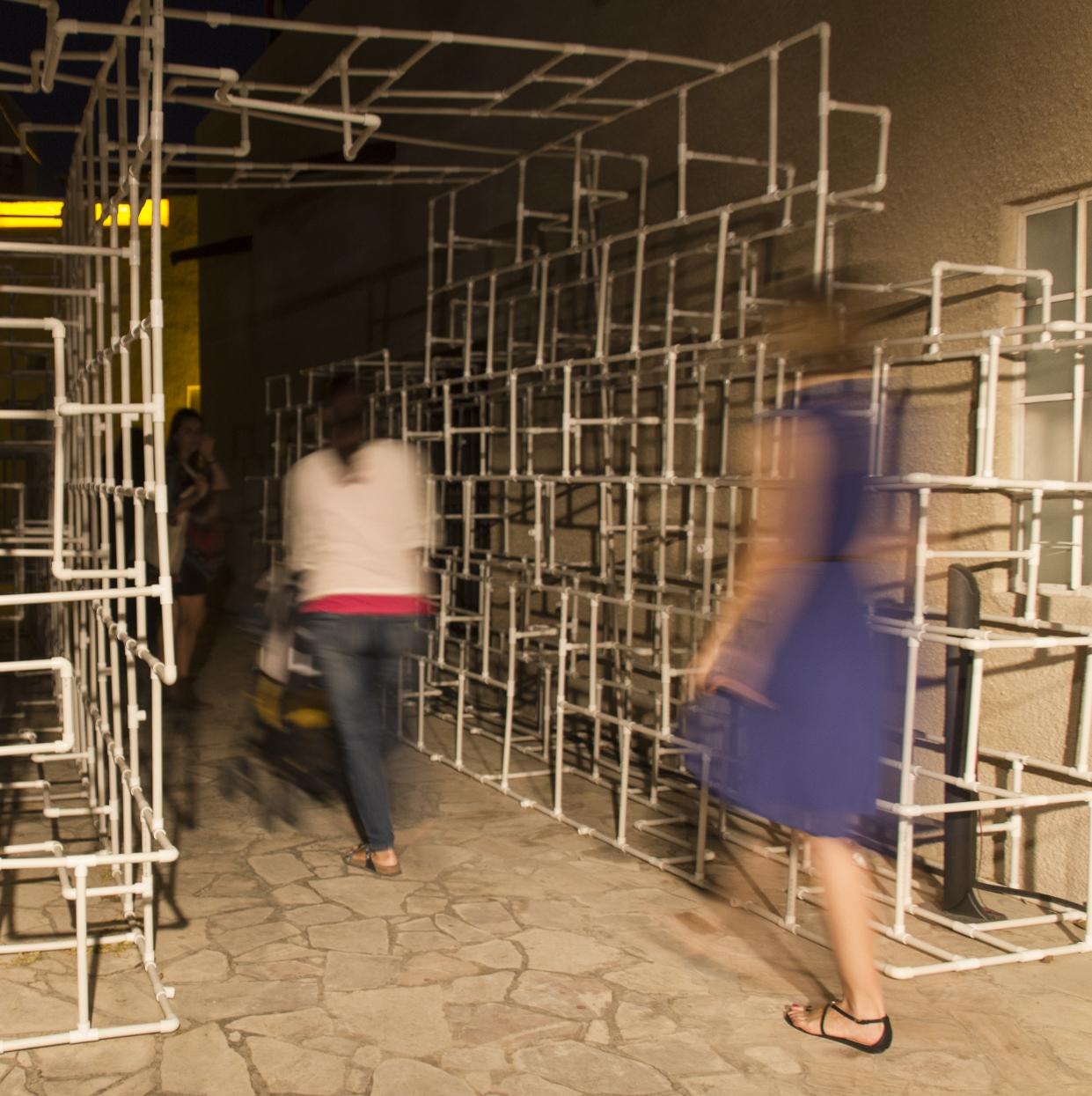
Ehud Schori scape Land CONTEMPORARY ART REVIEW
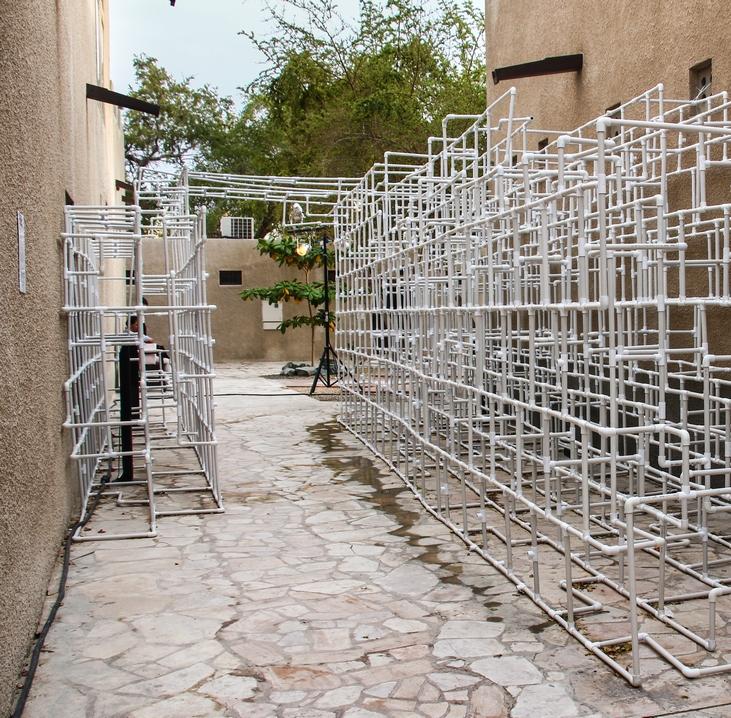
Flounder Lee scape Land CONTEMPORARY ART REVIEW
with the photographic appeal in mind. I am definitely concerned with the viewer’s experience, but I’m primarily thinking of the in person viewing/interaction. Some of my work, such as the video installations, or the surround sound pieces, don’t translate to a single screen/pair of headphones very well at all.
Thanks a lot for your time and for sharing your thoughts, Flounder. Finally, would you like to tell us readers something about your future projects? How do you see your work evolving?
Currently, I am working on a video installation that deals with the past, present, and future of water management and its impact. The past is typified by the Aral Sea, formerly the 4th largest body of fresh water in the world. Bad Soviet irrigation planning doomed the sea to turn into desert in Uzbekistan, while Kazakhstan is working hard to retain some of it. The present is set here in Dubai where the desert is turning green and air conditioned spaces make a formerly barely inhabitable location thrive. For the future, I’m focusing on how the lessons learned on Earth can be used to plan the colonization and possible terraforming of Mars. The third part also leads where I want my body of work to progress towards: science of the future.
landescape@europe.com
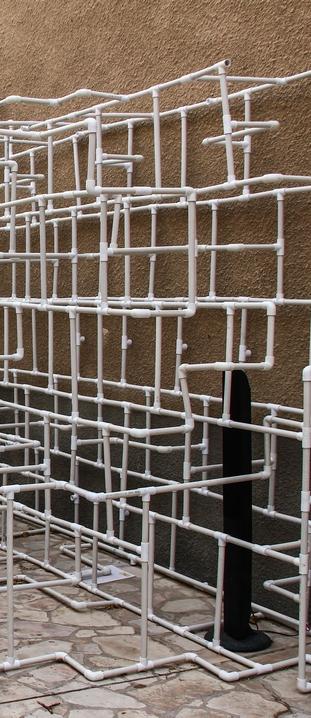
Flounder Lee scape Land CONTEMPORARY ART REVIEW
An interview by Katherine Williams, curator and Josh Ryder, curator
Hans-Jürgen Poëtz
Lives and works in Vienna, Austria
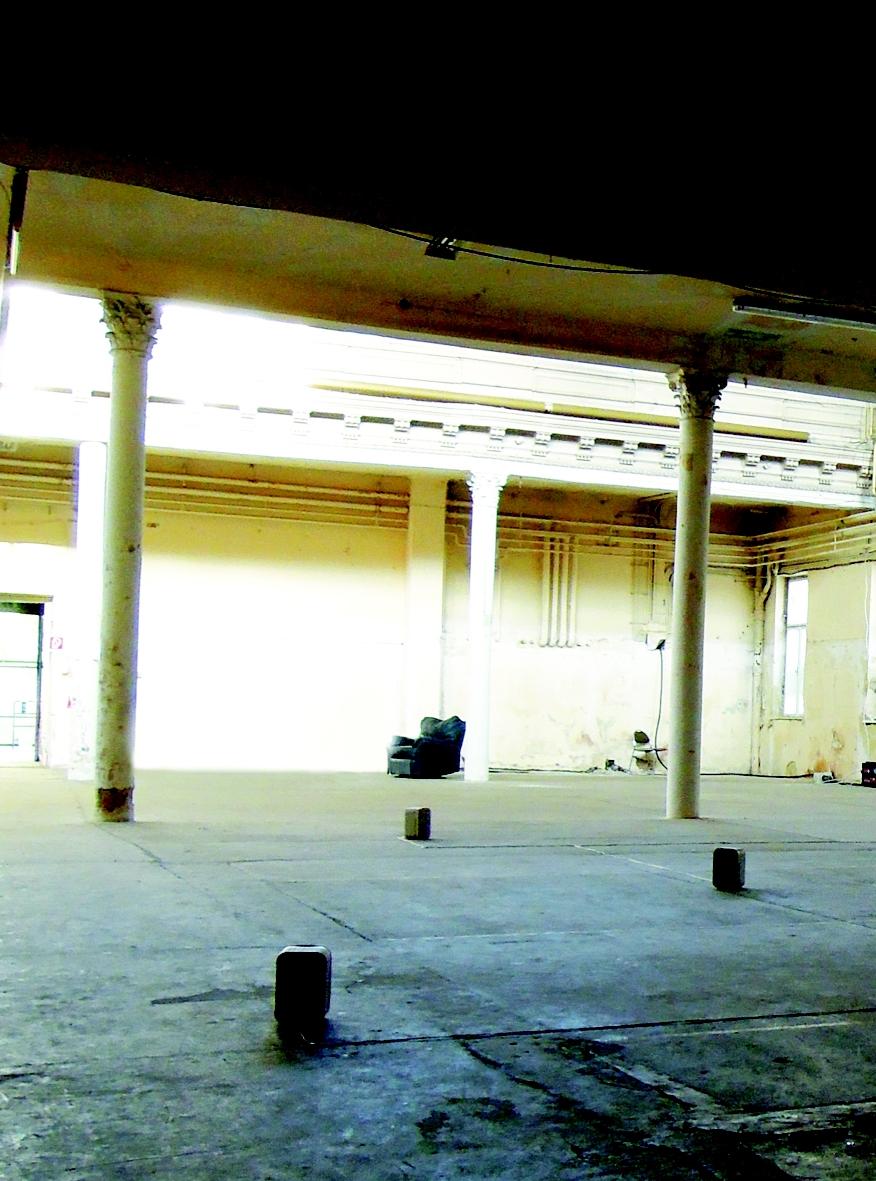
My work focuses on the engagement with interactions, frictions
and spaces between different media types (sound, sculpture/object, light, video, photography and architecture). Contextualizing the sensory perception of space, time and location as well as the examination of cognitive processes and technical errors are central themes that I realize in my space installations, sculptures, interventions and performances. Space thereby turns into a place that changes with the recipient’s position, allowing for a situational and continuously changing perception. How the space is perceived is nevertheless deliberately limited to a certain field, through which cognition is led and choice is channeled. The exploration of and experiments with architectural, virtual or even social spaces are fundamental.

LandEscape meets
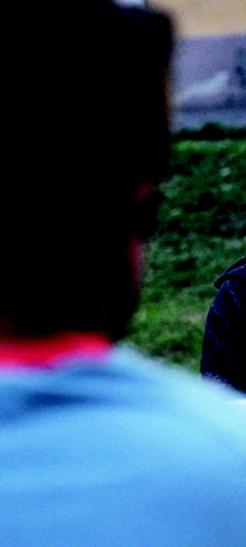
Hans-Jürgen Poëtz
Artist Hans-Jürgen Poëtz's practice ranges from multimedia installations to performance and interventions and rejects any conventional classifications: his pieces are marked with freedom as well as rigorous formalism, when encapsulating a careful attention to composition and balance. In an age in which the borders between artistic disciplines becomes more and more blurry, he uses his kaleidoscopic approach to investigate cognitive processes and technical errors, to rethink to the notions of sensory perception of space, time and location One of the most convincing aspects of Poëtz's practice is the way he establishes an area of intellectual interplay between memory and perception, condensing the permanent flow of the perception of the reality we inhabit in. We are very pleased to introduce our readers to his stimulating and multifaceted artistic production.
Hello Hans-Jürgen and welcome to LandEscape. To start this interview, would you like to tell us something about your background? You have a solid formal training and after having graduated from the Higher Technical College of Fine Arts in Graz, you had the chance to study with Intermedia Art with Sound-Art
scape Land CONTEMPORARY ART REVIEW
An interview by Dario Rutigliano, curator and Katherine Williams, curator landescape@europe.com
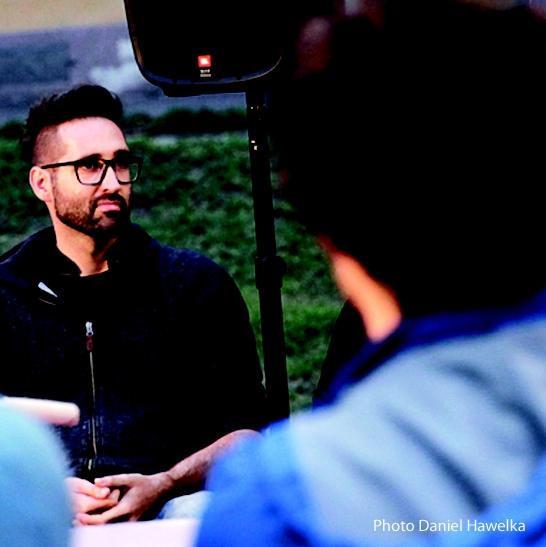
scape Land CONTEMPORARY ART REVIEW
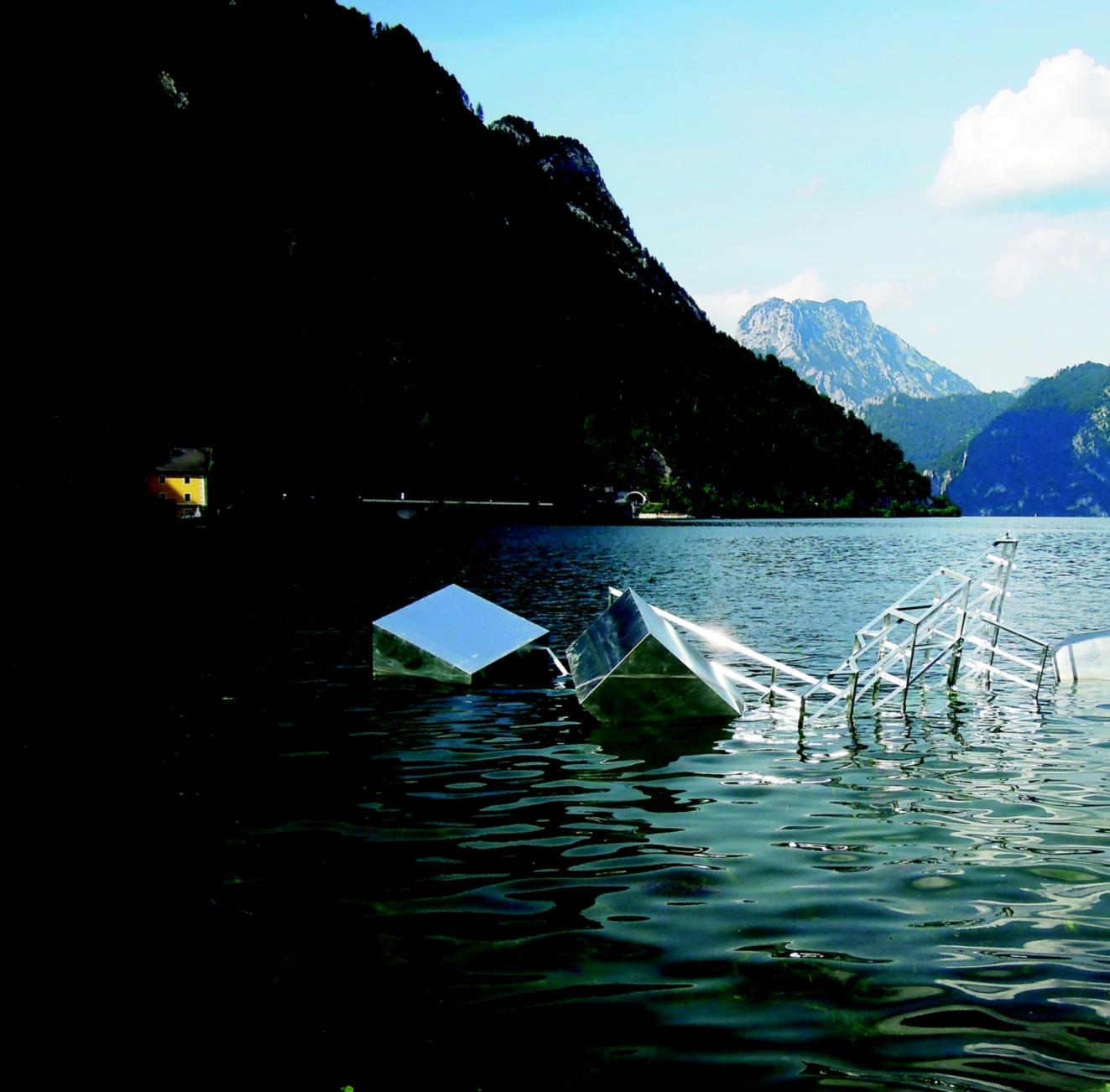
Hans-Jürgen Poëtz scape Land CONTEMPORARY ART REVIEW
Pioneer Bernhard Leitner: you also nurtured your education with a degree of History of Art, that you received from the University of Vienna, Austria. How did these experiences influenced your evolution as an artist? In particular, how does your cultural substratum inform the way you relate yourself to the aesthetic problem in general?
Thank you for the invitation and your interest in my work. I grew up in a small village - a conservative environment in which nature was very important but art did not play a role. When I was thirteen, I moved to Graz to attend the College. This was a revolution for me in the sense that I could approach art in a new way and exchange views with experienced artists and like-minded people. I recall a highly detailed discussion about cut flowers and their importance for the History of Painting once. Genuine discussion and related projects shaped me in my adolescence by teaching me to ask the right questions prior to looking for answers. Over time, I specialized in Painting and Architecture but I regularly worked on projects related to other disciplines (New Media, Sculpture, Design, etc.). It was during my study of Intermedia Art with Bernhard Leitner that I got to experience that Sound-Art opens new ways of merging Painting and Architecture, which sustainably inspired my work and still today heavily influences the way I approach art. John Cage once said, ‘music is not what you hear or what you listen to, but everything that happens’. I have always been fascinated by working with different media to realize my ideas. What is important for me are the interfaces between the disciplines. How do I transform a moving picture into a
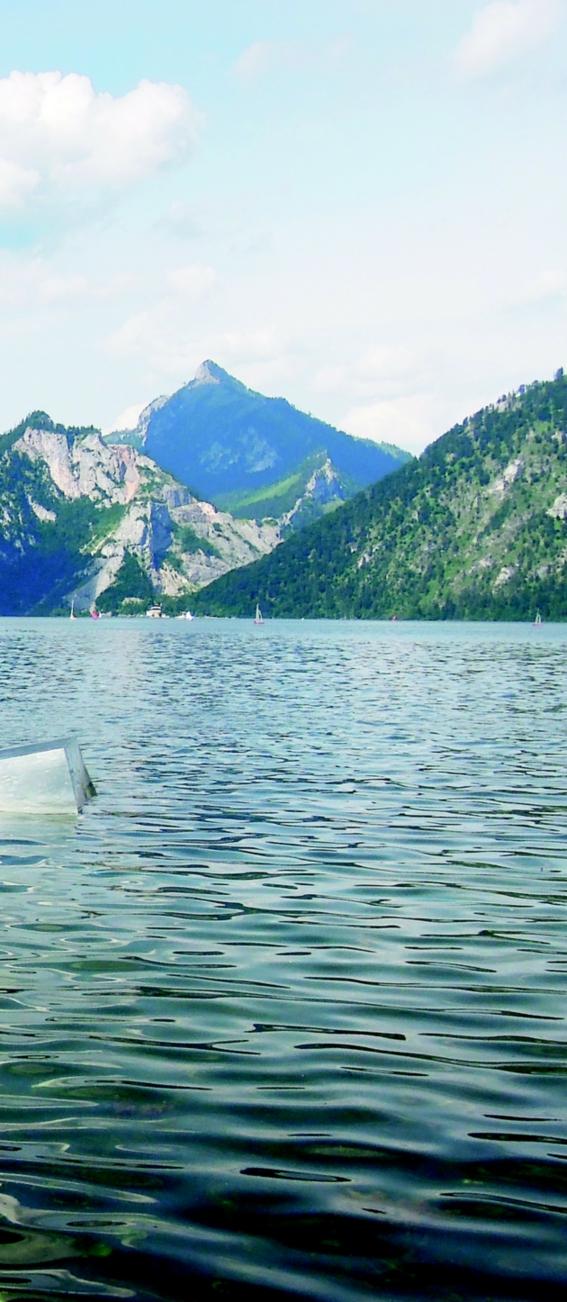
CONTEMPORARY ART REVIEW
Hans-Jürgen Poëtz scape Land
sculpture? A painting into a sound space? Or a static image into a movie? Studying the History of Art and dealing with writing and language correlated with the idea of multifaceted artistic production. It was not always easy to delve into multiple disciplines simultaneously, though. Each discipline has different approaches – but over time I learned that dealing with these differences lead to entirely new perspectives. One very valuable aspect along this learning process was my work for Thyssen-Bornemisza Art Contemporary (TBA21). For a period of six years, I installed large multimedia projects for and with artists such as Pipilotti Rist, Ernesto Neto, Fiona Banner, Raqs Media Collective, Amar Kanwar, Matthew Ritchie, Cerith Wyn Evans, Christoph Schlingensief, Do Ho Suh, and others at different places worldwide. Through this work, I gained experience in different artistic practices and could exchange my views with others in the art community.
You are a versatile artist and over these years you have gained the ability to cross from one media to another, ranging from space installations and sculptures to interventions and performances: your approach reveals an incessant search of an organic symbiosis between a variety of viewpoints. The results convey together a coherent sense of unity, that rejects any conventional classification. Before starting to elaborate about your production, we would suggest to our readers to visit https://www.hansjuergenpoetz.com in order to get a synoptic view of your multifaceted artistic production: while walking our
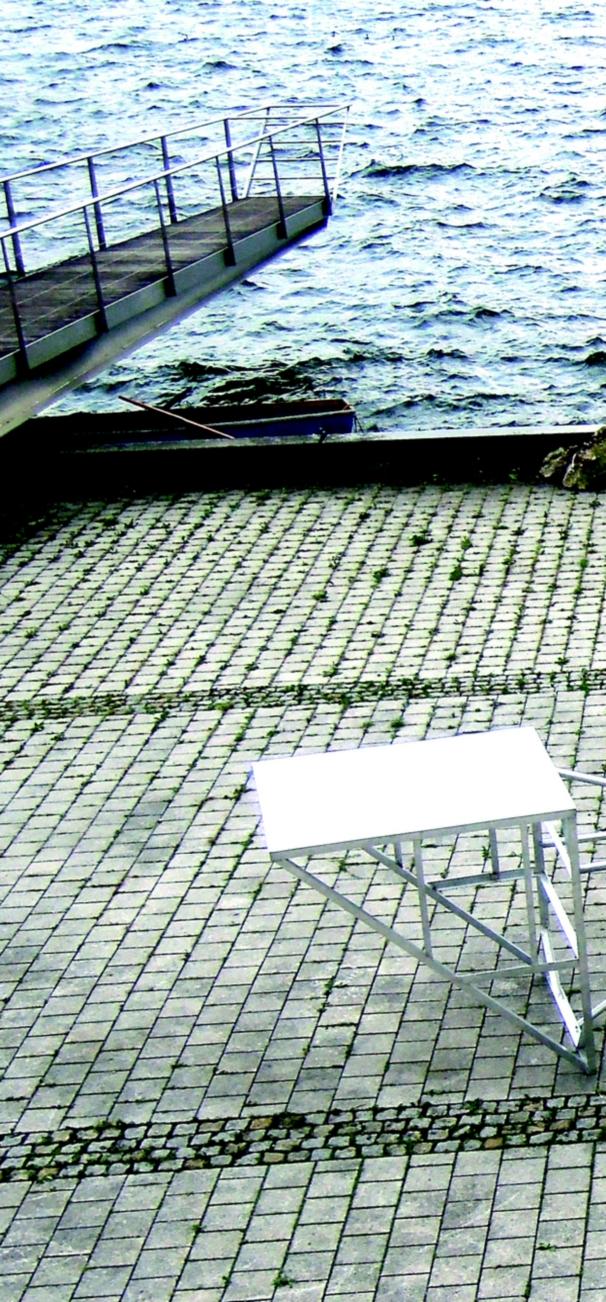
scape Land CONTEMPORARY ART REVIEW
Hans-Jürgen Poëtz
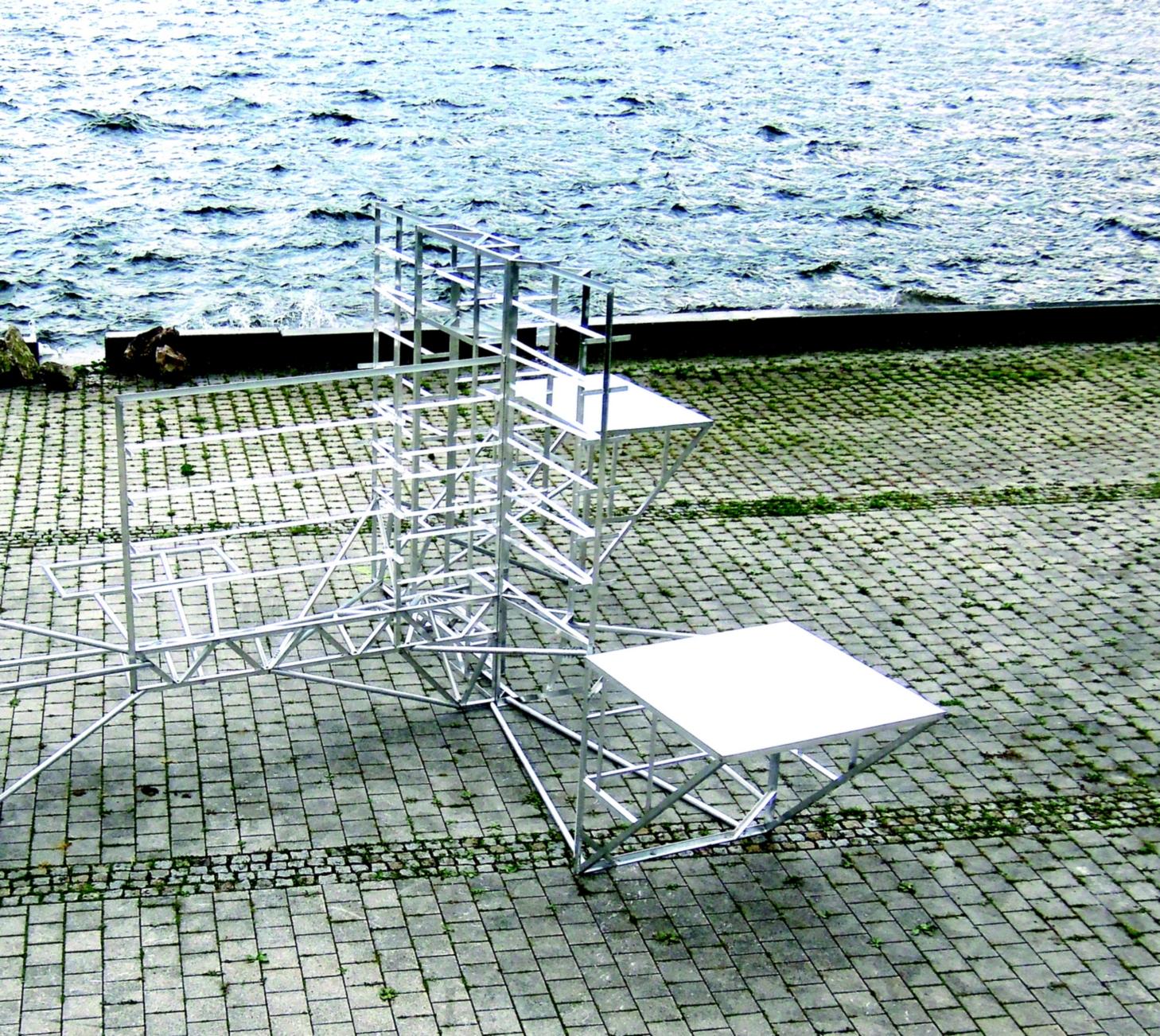
Hans-Jürgen Poëtz scape Land CONTEMPORARY ART REVIEW

Hans-Jürgen Poëtz scape Land CONTEMPORARY ART REVIEW
readers through your process, we would like to ask you if you have you ever happened to realize that such multidisciplinary approach is the only way to express and convey the idea you explore.
It is not the only one. But it is an important one. Above all, it is about creating different states. I do not decide upfront to work on a multidisciplinary project – the implementation and translation emerges along the process. Of course, I have a certain affinity to multidisciplinary approaches, which mainly results from acoustic reflection. For example, I do not hear your voice only once but one hundred, if not one thousand times. There are different wave fields. The first wave comes from the front and signals your position. At the same time, you hear yourself from behind. Your voice encloses you and me at the same time. The perception of enclosure is central to sound – without it, we are basically blind to what we hear. I like the idea of not placing the viewer in front of the picture, but into the picture.
For this special edition of LandEscape we have selected see trau'n, an interesting changeable site-specific sculpture that our readers have already started to get to know in the introductory pages of this article. What has at once captured our attention of your captivating investigation about cognitive processes and technical errors is the way you provided the results of your analysis with autonomous aesthetics: while walking our readers through the genesis of see trau'n, would you like to tell us something about your usual process and set up?
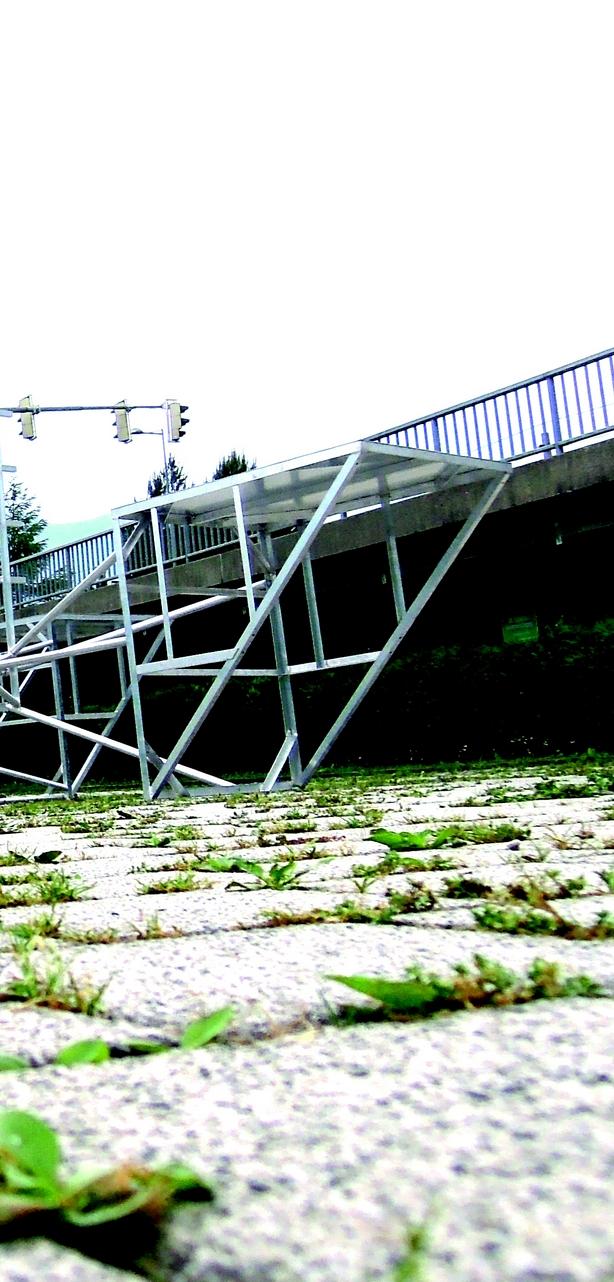
Hans-Jürgen Poëtz scape Land CONTEMPORARY ART REVIEW
Basic to the way I work is an attitude of alertness and, of course, curiosity. Searching, exploring and experimenting are just as important as breaking rules, disengaging from conventional paradigms and taking risks. For example, we developed several experimental designs, models and plans for see trau'n. What should the construction look like? What are the properties of the current in the lake? How should the sculpture be anchored in the sea bed, so that it can still move? In what way will the sculpture become a part of this constantly changing process? What are the forces it will be exposed to? As part of this, one also needs to accept failure, embrace contingencies and plan with unpredictability – in order to gain new insights during the process. After all, the focus is on sensitization and the sharpening of senses. Kant already pointed out in his conception of the aesthetic judgement, that aesthetics is not the theory of beauty or art but the theory of sensual knowledge. Perception and reflection are essential processes that operate independently of the notion of beauty.
see trau'n is accompanied by an audio-guide about the inicident’s historical background: the hybrid feature that marks out your work allows you to accomplish the difficult task of balancing visual experience and evokative reminders: this aspect of your practice seems to reflect your fascination for continuous transformation processes and draws the readers into a multilayered experience. Do you think that the harmonic fusion between different media could be the artist's goal? Or is
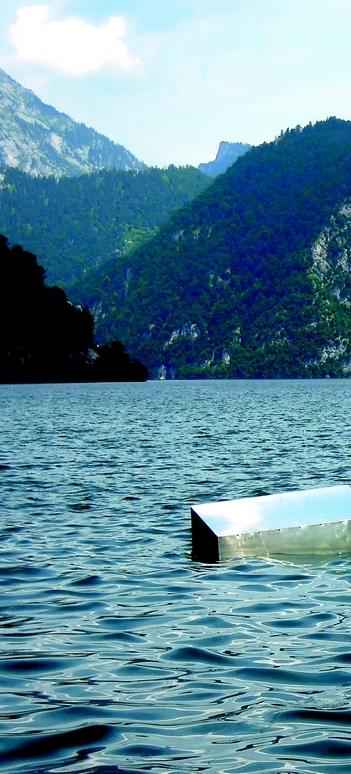
Hans-Jürgen Poëtz scape Land CONTEMPORARY ART REVIEW
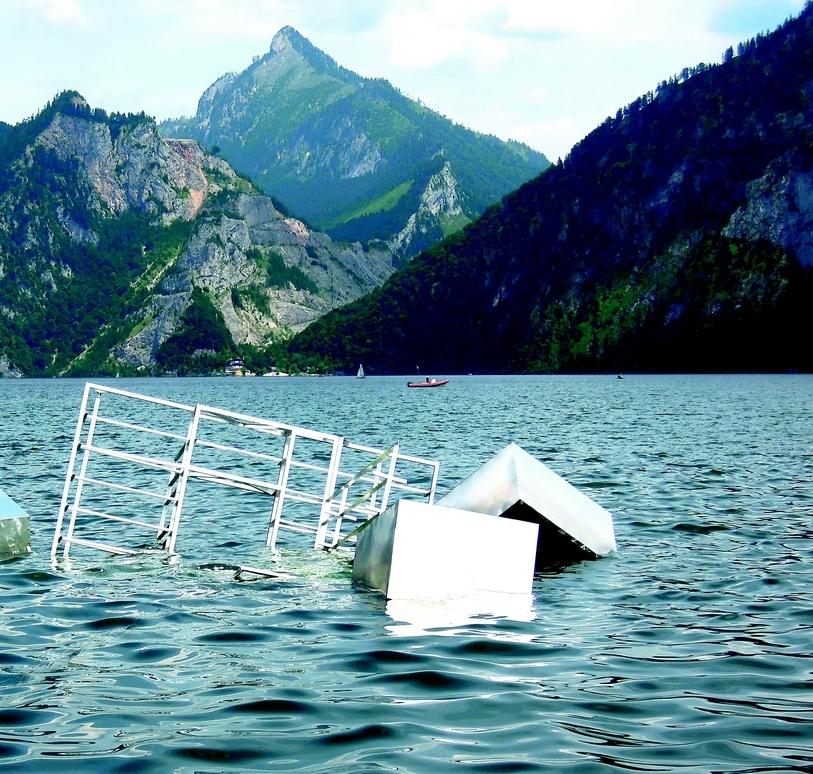
Hans-Jürgen Poëtz scape Land CONTEMPORARY ART REVIEW
the goal to make people look at the sphere of experience in a different way?

Both are important. But the fusion does not necessarily have to be harmonic. The existent becomes a co-author rather than playing a passive role. Visible and audible elements, space and movement, natural, historical and political occurrences are continuously engaging in a dialog – among themselves, with us and within us. I want to create artwork in that space, turning it into a place that changes with the recipient’s position and allowing for situational and continuously changing perception. How the space is perceived is nevertheless deliberately limited to a certain field, through which cognition is led and choice is channeled.
Another interesting project of yours that has particularly impressed us and on which we would like to discuss is entitled elfmalfoenen and we have appreciated the way it accomplishes such insightful combination between sound and visual experience, challenging the viewers' perceptual parameters with continuous variations. We like the way you capture non-sharpness with an universal kind of language, capable of bringing to a new level of significance the elusive still ubiquitous relationship between experience and memory. So we would take this occasion to ask you if in your opinion personal experience is an absolutely indispensable part of a creative process... Do you think that a creative process could be disconnected from direct experience?
No, I do not think so. But of course you can be critical and - if you are lucky - decide which of your personal experiences you can and want to work with. Experimentation is essential in the process of artistic production. What can you think of in a particular moment and what difference does it make whether (or not) you
Hans-Jürgen Poëtz scape Land CONTEMPORARY ART REVIEW
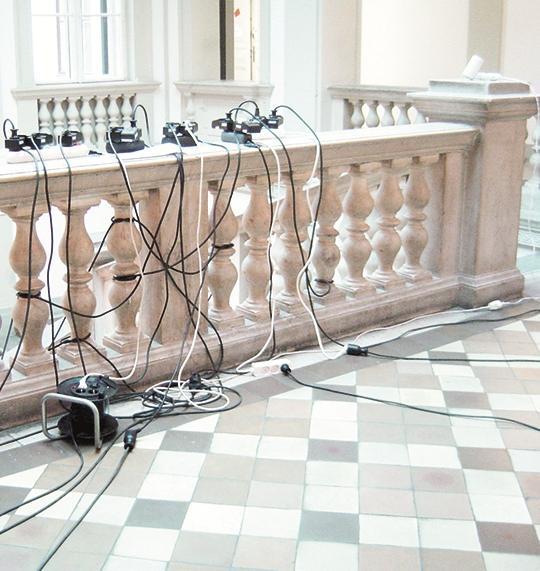
Hans-Jürgen Poëtz scape Land CONTEMPORARY ART REVIEW
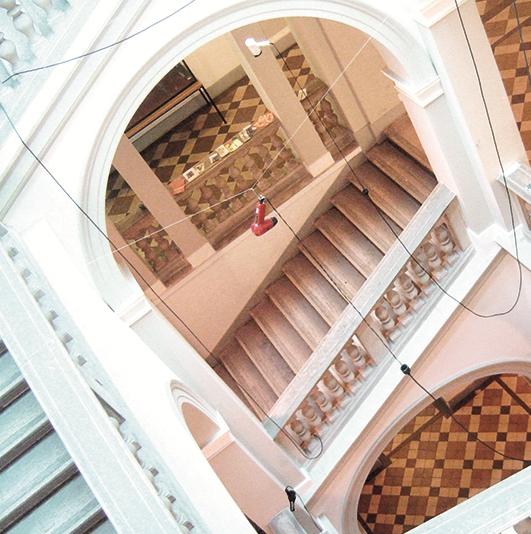
Hans-Jürgen Poëtz scape CONTEMPORARY ART REVIEW Land
have already had these thoughts before? Without coming to a conclusion with it?
I remember being fascinated by the sound of hairdryers when I was very young. My room was right next to the bathroom and I loved to listen to the sound of my mother drying her hair while I was falling asleep. When I was a teenager, I enjoyed extended walks in the rain and storm. When moving to Vienna, I started to particularly enjoy the sound of apartments in old buildings. During storms, their partly airtight doors and windows transformed the rooms into a fantastically howling sound pattern. Other factors aside, these experiences certainly shaped the acoustic dimension of my works and laid the groundwork for the development of works such as elfmalfoenen, jet whistles or pipe organ.
elfmalfoenen and your work in general provides the viewers with an immersive experience: how do you see the relationship between public sphere and the role of art in public space? In particular, how much do you consider the immersive nature of the viewing experience in your process?
Here, I think we first need to discuss what the public is at all and talk about its origins. Until the 19th century, the public and the public space were identical due to the dominance of direct, visual communication and information exchange. How the specific forms of communication shape the public space only became apparent with the rise of new information- and communication technologies, which made communication independent from spatial presence. Starting in the 20th century, experience and communication are now immutably mediatized. Public space has largely lost its standing as an indispensable means for

Hans-Jürgen Poëtz scape Land CONTEMPORARY ART REVIEW
communication and information exchange and is struggling to transform into a new form of narration space, fighting the loss of its exclusive narration rights. Vilém Flusser even said, that if you stay home, you have access to all cultural information, if you leave the house, you risk missing some information.
For me, the role of art in public space is thus to produce works that oppose this overlay of information and pictures. To not only create resting places for casual lingering in today’s fast-paced societies, but also places of sensual perception and discourse. Instead of refurnishing urban areas, however, it should be reasonable to present the audience with an experience they may not expect but that creates awareness and triggers reflection. I believe that the Age of Media requires us to rethink self-dependence and autonomy in decision-making – not by centering in on subjects but by intensifying participation. The viewers are part of the process, just like the other artistic parameters.
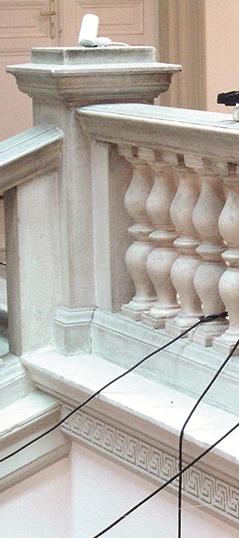
elfmalfoenen reveals your interest in environmental acoustic phenomena: German multidisciplinary artist Thomas Demand once stated that "nowadays art can no longer rely so much on symbolic strategies and has to probe psychological, narrative elements within the medium instead". What is your opinion about it? And in particular how do you conceive the visual unity for your works?
My spatial works aim at producing events and experiences that create a new, specific perception at a specific location. The viewer becomes part of the process and can explore it from different perspectives. The ‘ideal artwork’ should be appealing on the surface as well as withstand deeper observation. This is similar to social life: attention is captured by superficial aspects, yet it is only deeper conversations that
Hans-Jürgen Poëtz scape Land CONTEMPORARY ART REVIEW
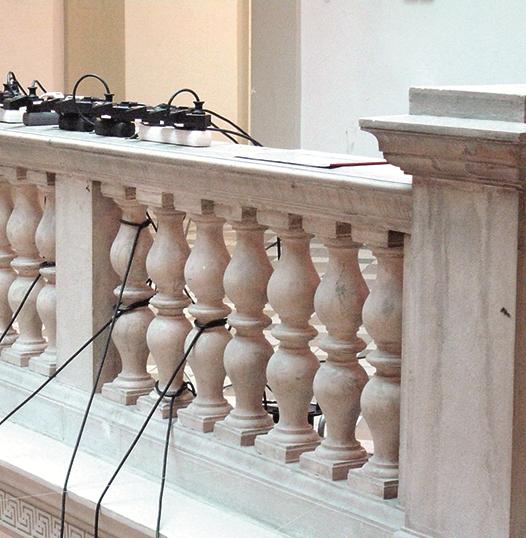
Hans-Jürgen Poëtz scape Land CONTEMPORARY ART REVIEW

Hans-Jürgen Poëtz scape Land CONTEMPORARY ART REVIEW
invite closer examination. The responsibility of the artwork is to provide us with a narrative of discontinuity. However, it does not tell the story. It is the story.

How do you go about naming your work? In particular, is important for you to tell something that might walk the viewers through their perceptual experience?
I like puns, so the names usually contain an element of irony or ambiguity. For example, English speakers may interpret see trau'n as an invitation to “see” the Traun river. In the local dialect, the name of the project translates into ‘to be brave’ and reminds of the people who were physically abused because they wanted to save books. It is important for me to name my work in a way that intrigues people, maybe even irritates them a bit, and definitely also serves as a guidance.
As you have remarked once, the exploration of and experiments with architectural, virtual or even social spaces are crucial aspects of your artistic research: but while artists from the contemporary scene, as Ai WeiWei or more recently Jennifer Linton, use to express open sociopolitical criticism in their works, you seem more interested to hint the direction, inviting the viewers to a process of self-reflection that may lead to subvert a variety of usual, almost stereotyped cultural categories. Do you consider that your works could be considered political in a certain sense or did you seek to maintain a more neutral approach? And in particular, what could be in your opinion the role that an artist could play in the contemporary society?
Hans-Jürgen Poëtz scape Land CONTEMPORARY ART REVIEW
My approach is that art enables people to become aware of their surroundings in the first place. elfmalfoenen, for example, broaches the issue of how our hearing experiences are changing due to the constant exposure to electronic devices. This change also affects our notions of self and the world around us. Although this horizon is given and already equipped with characteristics, it still needs to be discovered and created through the experience – as Maurice Merleau-Ponty put it, the world is that which we perceive.
My works therefore primarily focus on the capturing of forces, independently of whether the particular piece deals with specific social, architectural or virtual spaces. I want to create conditions that provide the viewers with constantly changing readings and allow them to discover new antennas, sensors and sensibilities, which also means that they discover their own changeability. Essentially, my aim is to mediate and highlight that nothing is inflicted on the viewers but that they are actively doing it themselves.
Over your career you have exhibited your works in several occasions, including your recent solo show CLOSED for viewing, at the Galerie im Hochhaus Herrengasse, Wien. One of the hallmarks of your work is the capability to create direct involvement with the viewers, who are urged to evolve from a condition of mere spectatorship. So before leaving this conversation we would like to pose a question about the nature of the relationship of your art with your audience. Do you consider the issue of audience reception as being a crucial component of your decision-making process, in terms of what type of language is used in a particular context?
In their appearance, my works significantly differ from each other. Overall, I do not decide to make a sound installation and

Hans-Jürgen Poëtz scape Land CONTEMPORARY ART REVIEW
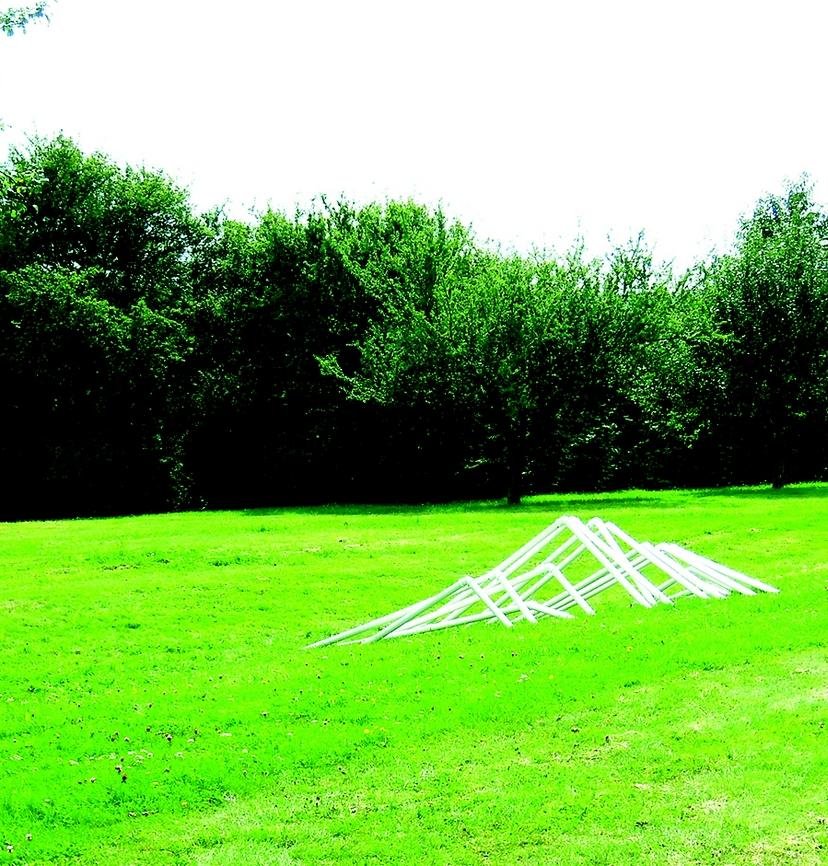
Hans-Jürgen Poëtz scape Land CONTEMPORARY ART REVIEW
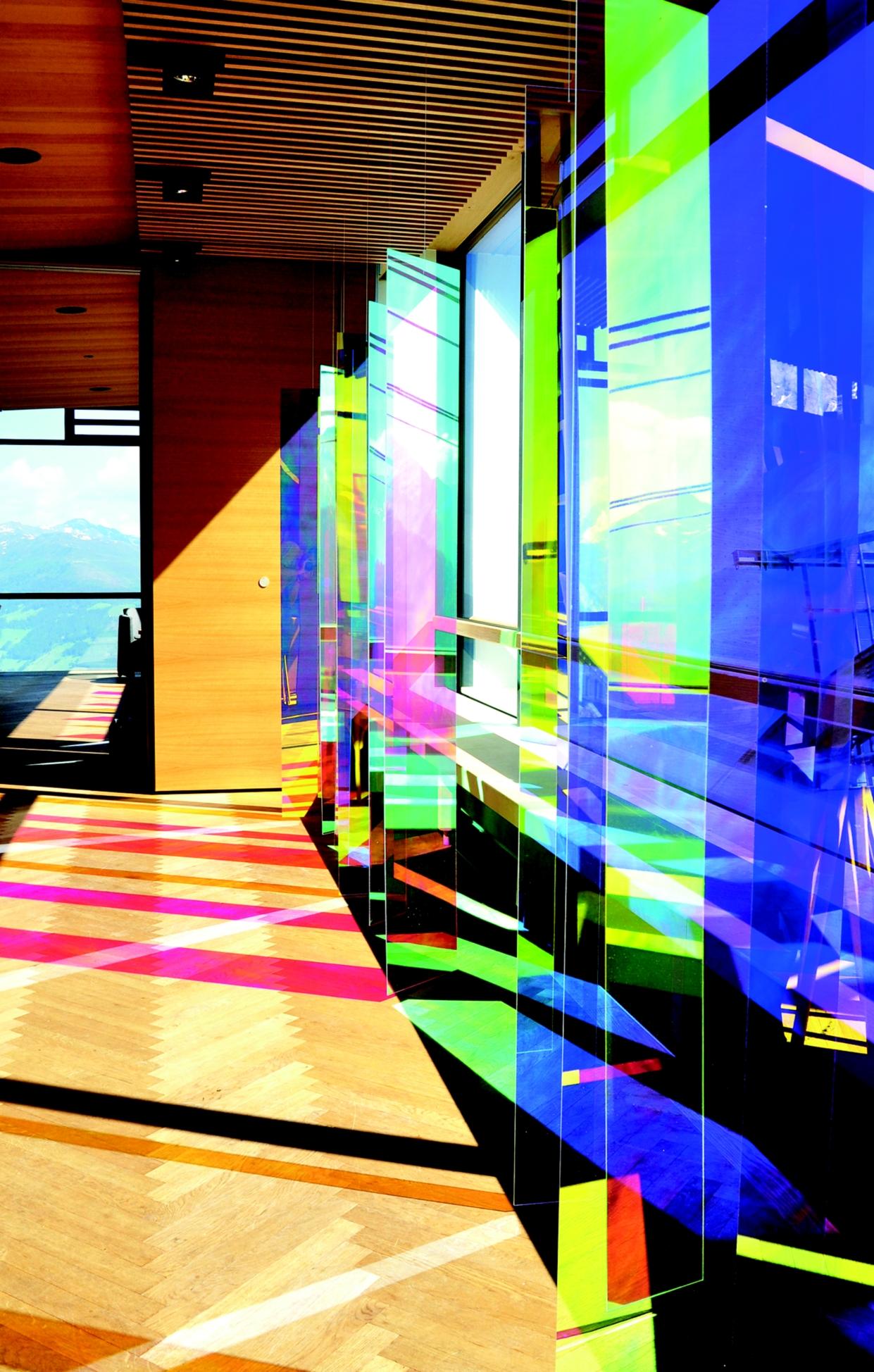
that’s it. What is important to me is to keep a consistent position vis-à-vis the respective artistic task – which defines the means of expression in the first place. A central aspect in my work is the space itself, which transitions into a special location by means of delimiting, narrowing down or special types of marking. As part of this process, the boundaries are, however, not set by when something ends. They are rather defined by the sources from which something emerges. Dealing with space in these contexts is heavily inspired by my own acoustical experiences and insights. Time, sound intensity, timbre, temperature, structure, matter, volume and reflection are as crucial as sitespecific conditions, rotation, position and movement of the body in the room or the role of the viewer.
To give a few examples: the location for elfmalfoenen had been selected in such a way that the viewer – like any of the other acoustic parameters – necessarily becomes part of this movement, or – in other words – this constantly changing process of experiencing sound. Experiencing the 8-channel sound installation jet whistles, the viewer is drawn into the inside of a transverse flute where all spatial boundaries dissolve. As part of the live-performance table dance, the audience unconsciously provides material for the artwork and discovers its role in it as the engagement progresses. Also in non-acoustic artwork I aim at involving the viewers. They decide on their own what they want to discover – I am merely creating the conditions under which this is possible. Along these lines, it is up to the viewer to explore and investigate the artwork zeittafel, whose readability results from the information content of the tickets, their codes and blank positions. The site-
specific installations for the exhibition CLOSED for viewing were only accessible from outside, in such a way that they could only be captured from the perspective of the public spacereversing traditional exhibition concepts and playing with site-specific conditions. Like in the cases of see trau’n or travelling without moving the viewer is –at the same time – the actor.
Thanks a lot for your time and for sharing your thoughts, Hans-Jürgen. Finally, do you have anything else coming out in the near future our readers should look out for? How do you see your work evolving?
I am currently working on a walk-in sound-space installation that looks a little bit like a huge ball of wool and deals with the inner life of architectural buildings/walls. Furthermore, I am experimenting with recording specific nature sounds, such as wing beats, and work on designing a text-light installation for a public space.
In general, I keep being excited about developing and implementing my ideas and views in and for various spaces –ideas and views which emerge and revolve at the intersection of different media, enclose the viewer and provide constantly changing readings. Knowing where the journey will be taking me would probably make me stop doing what I do and start doing something totally different. I hope to stay openminded and have the possibilities to continue experimenting. In fact, that is what I wish for the viewer too – Cage had a good point in beeing frightened of the old ideas and certainly not the new ones.
An
interview by
Dario Rutigliano, curator and Katherine Williams, curator landescape@europe.com
Hans-Jürgen Poëtz scape Land CONTEMPORARY ART REVIEW
Stef Fridael
Making art, doing art is like oxygen I can’t do without. It ensures the
liberation of the mind that a person needs sometimes to function. In my art it's all about the instincts of Living Creatures. Fear, lust, safety, abuse, courage, to be or not to be. In clear words power, prestige and status. For my inspiration I often use images displayed around me in a context of twisted images dictated by TV, the Internet and other media. I want to make art about contemporary concerns, what keeps us busy and we philosophize about. I want to explore what living beings engaged, find a relationship between human and animal. With this I attempt by the work to loosen discussion on this given image or experience. Many of my own culture, I was born in Indonesia, has lost in my mind during my childhood in the Netherlands. Still images from the
post-colonial era comes surface. This makes me even getting up an interest in political issues worldwide, and has been with me the urge arise to make art about the inequality worldwide. But my wanderings in countries such as Indonesia, Canada, Norway, Kuwait, Iraq, Afghanistan, Kosovo and Bosnia have also made a contribution. The society for me is often first in line if I search for inspiration. And one of the most interesting processes, when creating my works, is investigating the truth of the matter where it needs to go on. There is happening so much today to paint on, it is an inexhaustible source for contemporary art. There is so much information that it is therefore an enormous challenge to tell a lot with minimal expression to include and portray. Those imaginative power is what triggers me.
Stef Fridael
An artist's statement
scape Land CONTEMPORARY ART REVIEW
Lives and works in Eindhoven, The Netherlands

LandEscape meets
Stef Fridael
An
Melissa C. Hilborn, curator and Josh Ryder, curator landescape@europe.com
Artist Stef Fridael's work inquires into the realm of instincts of humans: establishes a channel of communication between symbolism and representation, to challenge the relationship between the viewers' perceptual parameters and their cultural substratum. His works induce us to elaborate personal associations, offering at the same time a captivating multilayered aesthetic experience. One of the most impressive aspects of Fridael's work is the way it accomplishes the difficult task of exploring a wide variety of human feelings, as fear, lust, safety, abuse, courage: we are very pleased to introduce our readers to his stimulating artistic production.
Hello Stef and welcome to LandEscape: before starting to elaborate about your artistic production would you like to tell us something about your background? You have a solid formal training and you degreed from the School of Graphic Art Eindhoven: how does this experience influence the way you conceive and produce your artworks? And in particular, how does your cultural substratum inform the way you relate yourself to art making and to the aesthetic problem in general?
Hello LandEscape and thanks for the invitation. I can, as if it happened yesterday, still remember that I made my first little
masterpiece. I was a child of 8 years in the 3rd grade of a strict Dutch Catholic primary school. Once in school we were allowed an hour of drawing and I had drawn a thick bird flying over the paper with strange wings and unwise many colors. The bird was still a long way to the south, where the climate was warmer than the winter in our country at that time. When the teacher saw my drawing he was deeply moved, he was silent, did not know what to say. Later he took my drawing home. There at that moment I experienced how art can affect a person. From then on I knew subconsciously certainly, I'm going to be an artist. That one moment there in that classroom in this anticultural environment has had more influence on my later work and my life as an artist than the programs afterward. At the School of Graphic Art, I deepen that drawing talent further and I learned to deal with the materials, the color palette, composition and to see these graphic forms in texts, symbols and shapes. Later on, through cooperating with other artists in the art scene, I got known the different types of art forms and practices as well. Al these years, I
scape Land CONTEMPORARY ART REVIEW
interview by
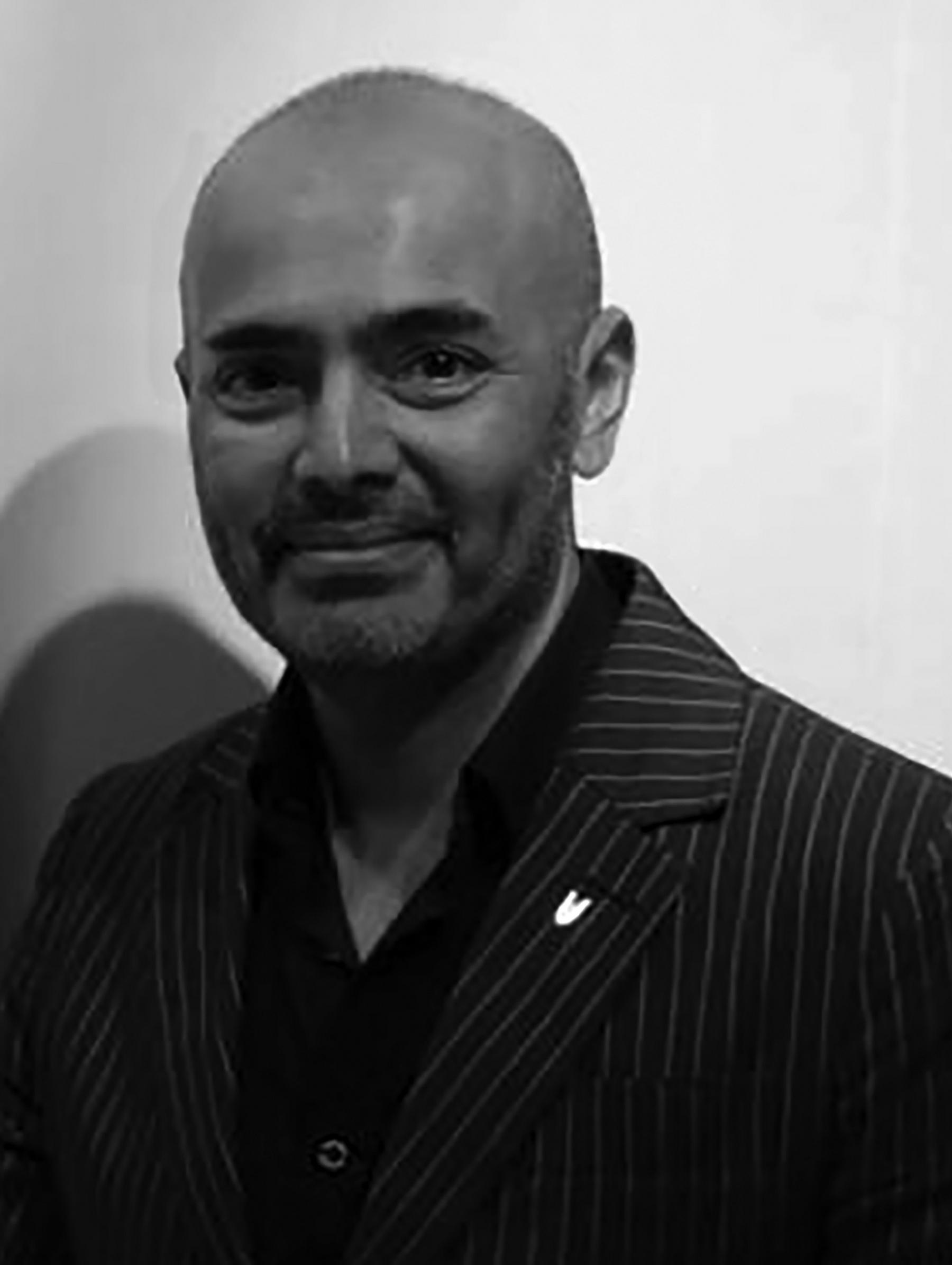
had to develop and overcome the aesthetic issues that I experience when creating a work of art. But I always reflect myself with that one moment at primary school.
Your approach is very personal and condenses a variety of technique including painting, sculpture as well as performances as the interesting 1984. We would suggest to our readers to visit http://www.steffridael.nl in order to get a synoptic view of your work: while walking our readers through your process, we would like to ask you if you have you ever happened to realize that such combination between different media is the only way to express and convey the idea you explore.
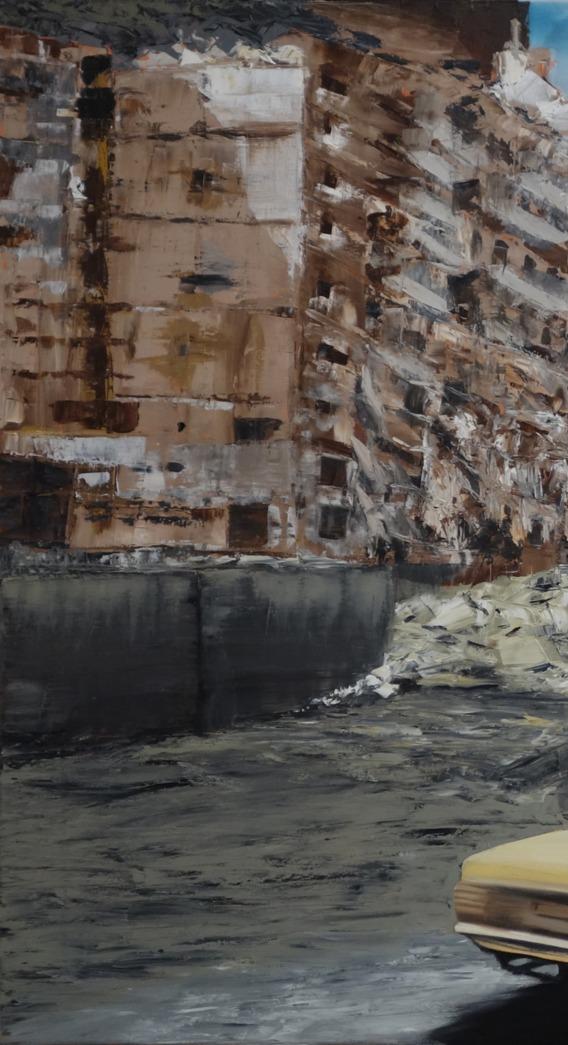
Making art should always serve a purpose. My goal is always to leave a message, to reflect or tell a story but always in relation with the spirit of the age, contemporary art. I can not bring myself to do just something beautiful, it always needs more, it goes deeper than just decoration. Therefore I always have to make a choice in what form I present the artwork because not every art form lends itself to any story or any message, it must be compatible in my opinion. And thats why I am also released at the various techniques that I use now. For example in 1984 I wanted to confront the audience with their own environment, the way they are living now and the political engagement in which they find themselves. I wanted them to think about the carefree prosperity of today but also the freedom they experience. And I also wanted to let the audience feel that they have to watch to maintain these precious freedoms. That’s why I had to put the audience in a situation where they get the opposite experience, taking as it were, become part of the artwork. I then came
fairly quickly to a performance in a small enclosed space. That space and performance could provide the impact I desired so they went there thinking and
scape Land CONTEMPORARY ART REVIEW
Stef Fridael
Land of 72 Virgins, from the Promised Land series
react instinctively. The research to make a work of art is also including thinking about the media that I want to provide to say something, it's just the next level in my
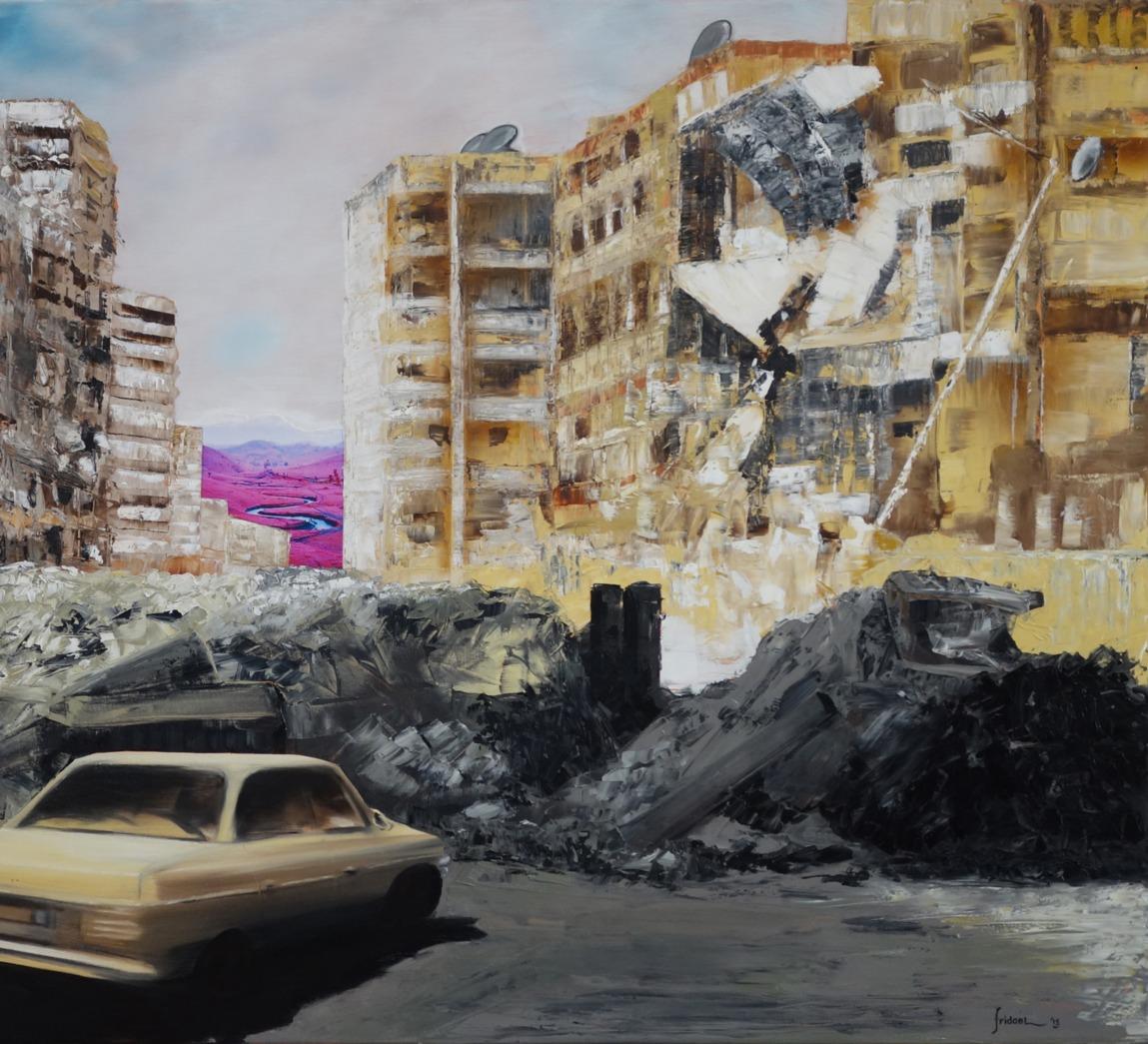
research on the quality of the artwork.
Would you tell our readers something about your usual process and the evolution of your
scape Land CONTEMPORARY ART REVIEW
Stef Fridael
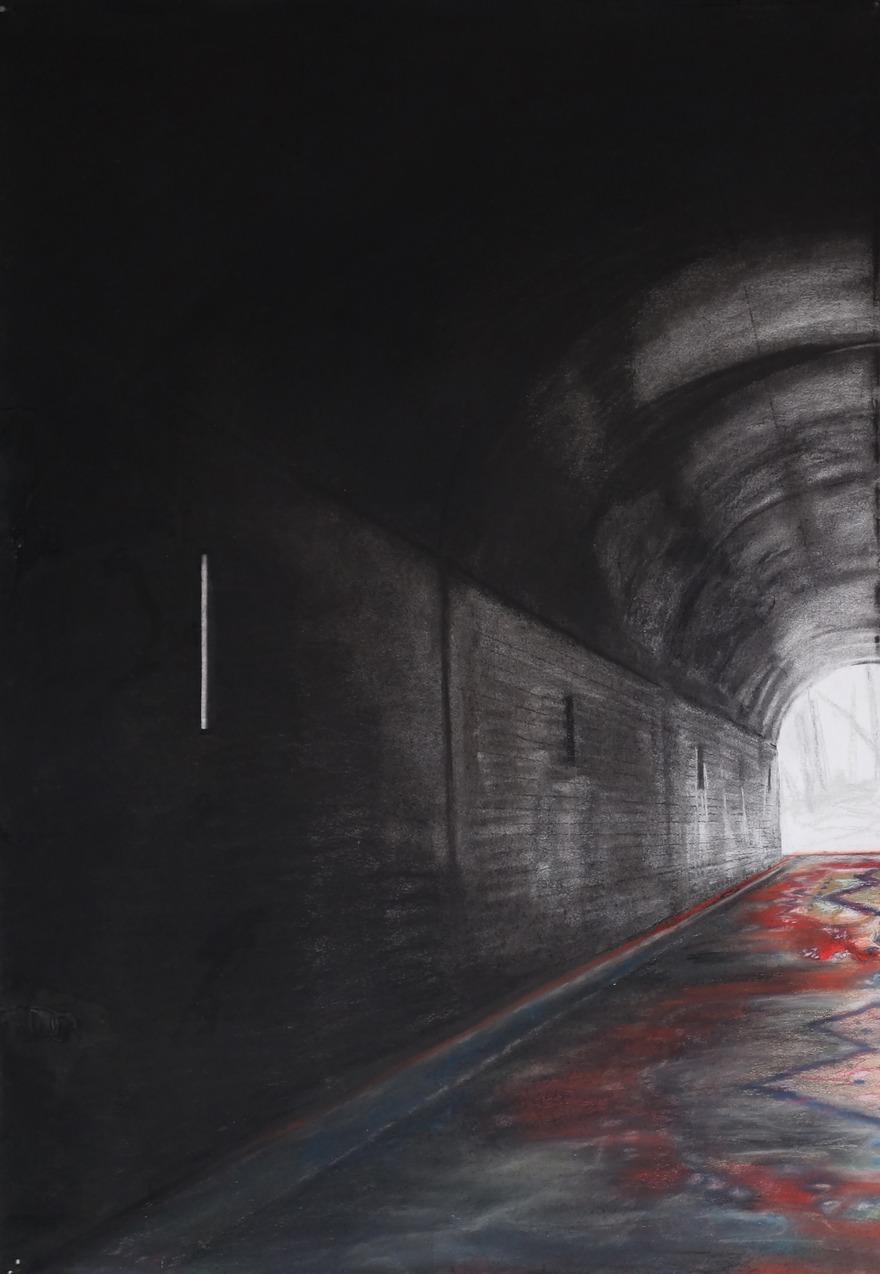

style? In particular, are your works painted gesturally, instinctively? Or do you methodically transpose geometric schemes from paper to canvas?
I get my inspiration from the impressions that comes to me through my daily environment, TV, the Internet, reading books and magazines, news and activities I do. With my sketchbook always with me,

Land CONTEMPORARY ART REVIEW
Stef Fridael scape
then create notes and drawings that I work out later. In my studio I'm doing research on the given topic in my book, the underlying message and in witch art form I go to work on it. So I
wonder why I want to make this work, what I want to tell and how I'm going to present it. After this research I find the right material for the artwork. That can include photos I made, pictures from the Internet or a sketch I worked out or just a picture that I have in my head. Then I make a sketch on paper or canvas and then I make long days sometimes weeks to work on developing it. I always work in a realistic way, both in painting and drawing. I have done this from the beginning of my artistry and it has only developed to the level that I can offer at this time.
For this special edition of LandEscape we have selected Promised Land, an interesting series that our readers have already started to admire in the introductory pages of this article. We have appreciated your captivating investigation about the relationship between your painting and the actual places you painted is the way you provided the visual results of your analysis with autonomous aesthetics: while walking our readers through the genesis of Promised Land, would you shed light to your main sources of inspiration?
When in 2010 the Arab Spring broke out, I knew from my personal experience that this could go very wrong. I have been in countries plagued by war such as Iraq, Afghanistan, Kosovo and Bosnia and have firsthand may encounter circumstances in which victims of war need to survive. With Religion as legalization of war it has destroyed a lot of community in the recent years. Rebel groups, with their Jihad fighters ahead, have brought huge devastation in a short time with the ultimate goal of finding their promised land. Millions of people are thereby started fleeing for violence and looking for a safe place and a new home. For years, the news is dominated by images of destroyed cities and refugees. As a contemporary artist, I

CONTEMPORARY ART REVIEW
Stef Fridael scape Land
could not put it down next to me and ignore it, I had to do something with it. Submit a message to the world as a protest against this waste, against this insane
violence. The series Promised Land, therefore, deals with the question why we always have to destroy the environment in order to find the promised land. With the
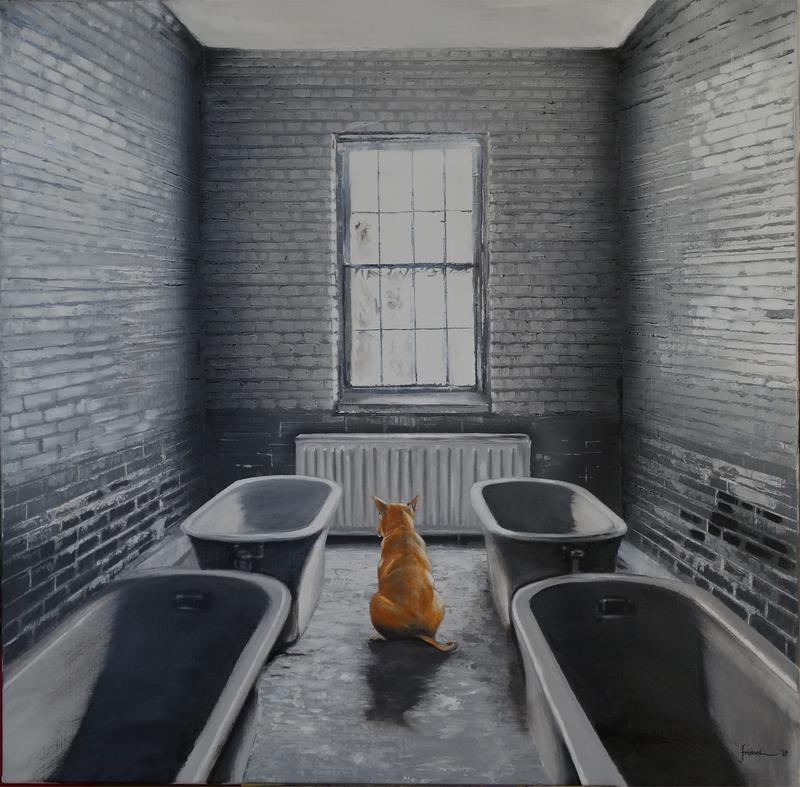
Land CONTEMPORARY ART REVIEW
Stef Fridael scape
Back
to Last week
fact that this promised land is just present in the home environment this is a strange way to find it. Get in the car and travel so far, just enough, to be where you want to
be. Therefore you don’t need to destroy your own country. You can use this data as a source of inspiration. The old Mercedes as a travel agent, the destroyed cities and the

CONTEMPORARY ART REVIEW
Stef
Fridael scape Land
Die Spinnerei
most beautiful places on earth in the distance like the beach in Ibiza, the Swiss Alps and the mountain valleys of Japan. But also de colors of an Persian carpet was a source of inspiration to reinforce the message.

What has at once impressed us of your successful attempt to loosen discussion on the given image or experience is the way it allows an open reading, a great multiplicity of meanings: in particular, the golden circle as a symbol of completeness, invites to associative possibilities in the viewes, that seem to play a crucial role in your pieces. How important is this degree of openness?
This degree of openness in my work is very important and my biggest challenge actually lies in the statement "less is more". One of the most intellectual artists who all this finesse controlled was Dick Bruna, the inventor of Miffy the little bunny. With his drawings he could, like no other, say so much by showing as little. Also my starting point is really showing as little, or to reveal, so the audience itself can form an opinion about the artwork. Only in this way you get an open discussion because as an artist I still want that a lesson is learned, being thought about the topics I offer anyway. For me it is a kind of art strategy that should make it possible to include something to channel positive opinions for a seed I want to plant in the mind of the audience. It can not be otherwise than, as an artist, performs a struggle with myself about the degree of openness that I want to apply. In each piece its different, I always ask myself why, what and how, which makes it effective in my opinion and contribute to my identity as an artist.
Land CONTEMPORARY ART REVIEW
Stef Fridael scape

scape Land CONTEMPORARY ART REVIEW
Stef Fridael
Russia Rat
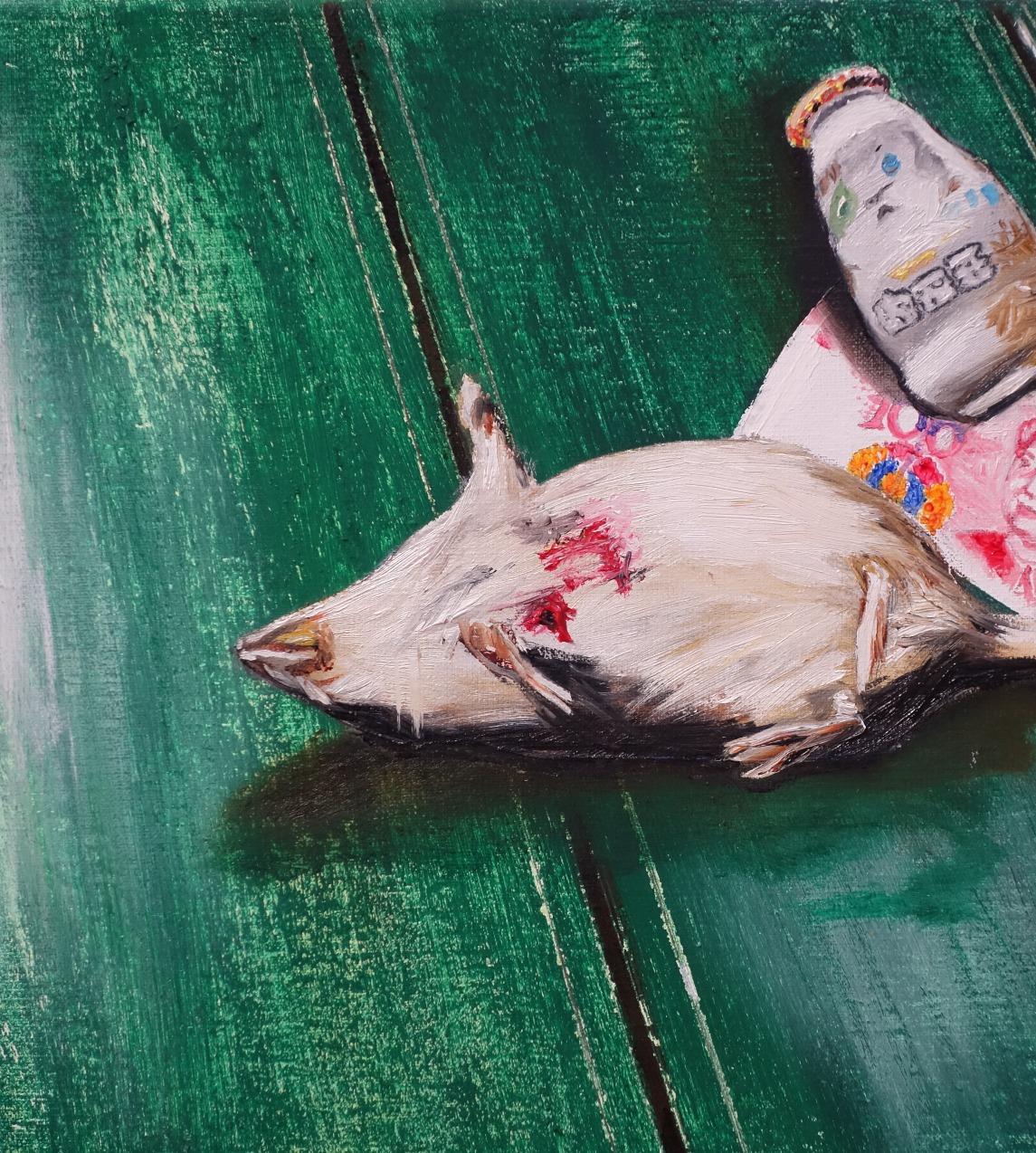
scape Land CONTEMPORARY ART REVIEW
Stef Fridael
Chinese Rat
As you have remarked once, your art is all about the instincts of Living Creatures: the notion of experience seems to lay a crucial role in your creative process: so we would take this occasion to ask you if in your opinion personal experience is an absolutely indespensable part of a creative process... Do you think that a creative process could be disconnected from direct experience?
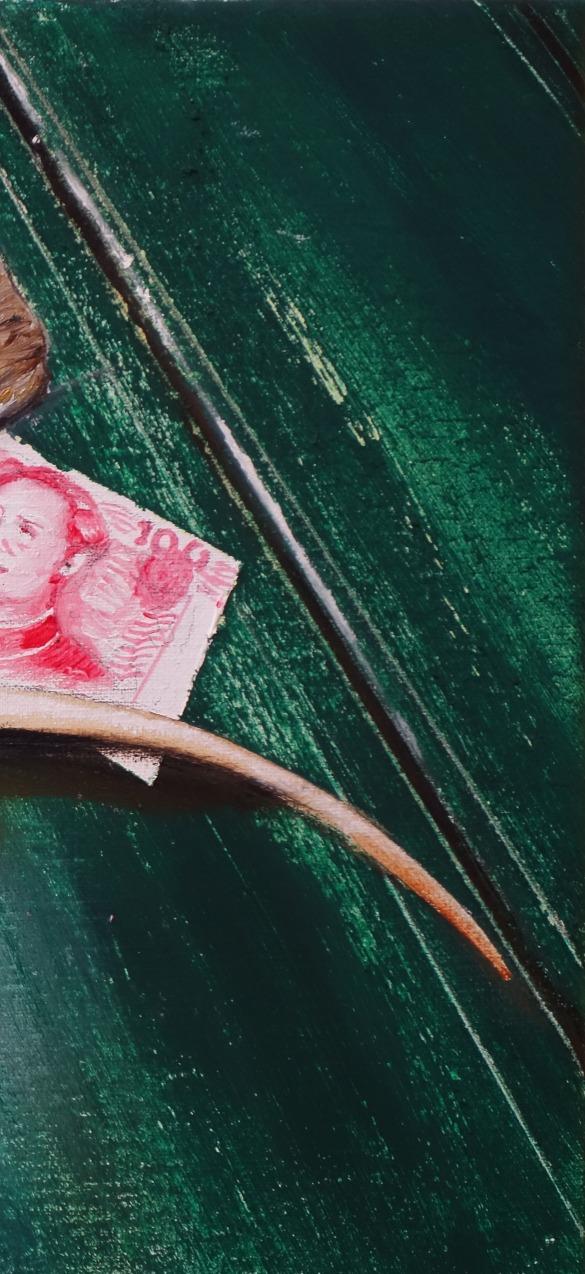
It’s a fact that your primary instincts takes over in an extreme experience and it is a interesting fact if you project it on a creative process. I personally think that your own direct experiences certainly can play an important role in the creative process. If you're looking for inspiration, such experiences always naturally come surfaced. But that does not mean it always consciously plays a role in the creative process. Sometimes I do just instinctively what I'm doing and why I'm going to do it. Your artwork is a product of yourself, your live and your experience. I think that a creative proces can’t be disconnected from a direct experience, it always plays a role under the surface. On the other hand using a creative process to deal with an extreme experience is an option that is often used in the medical psychological world.
Psychologists who treat patients with posttraumatic stress disorder sometimes use a creative process to learn patients to deal with an extreme experience. That given is very interesting for using it as an option for inspiration to make an artwork of this subject. Then you have to philosophize about the instincts of Living creatures fore sure.
scape Land CONTEMPORARY ART REVIEW
Stef Fridael
When showing clear references to perceptual reality, your paintings convey a captivating abstract feeling that provide with dynamism the representative feature of your canvass. The way you to capture non-sharpness with an universal kind of language quality marks out a considerable part of your production, that are in a certain sense representative of the relationship between emotion and memory. How would you define the relationship between abstraction and representation in your practice? In particular, how does representation and a tendency towards abstraction find their balance in your work?
As a fine artist I think that abstraction is an important factor to take account with in my work. Abstractness ensures that consume a work of art less better by the public. If, for example, I paint a realistic looking child with a gun and I hang this in a public space there will be a lot of people recoil, even people are getting sick of it or the piece itself can be removed, which I don’t like of course. The message of the work, namely the interpretation of the phenomenon of child soldiers is then no longer relevant to the audience. Therefore I will do, as an artist must, bring sufficient abstraction in this painting to make it acceptable for a public space. I'll have to think about it in advance and would account for that in the composition of the work. For me it is always a personal battle again to get the balance well organized between abstraction and realism. Everything has to do with years of experience that causes me there dealing with. But I am still learning to accept it, it will always remain so I think.
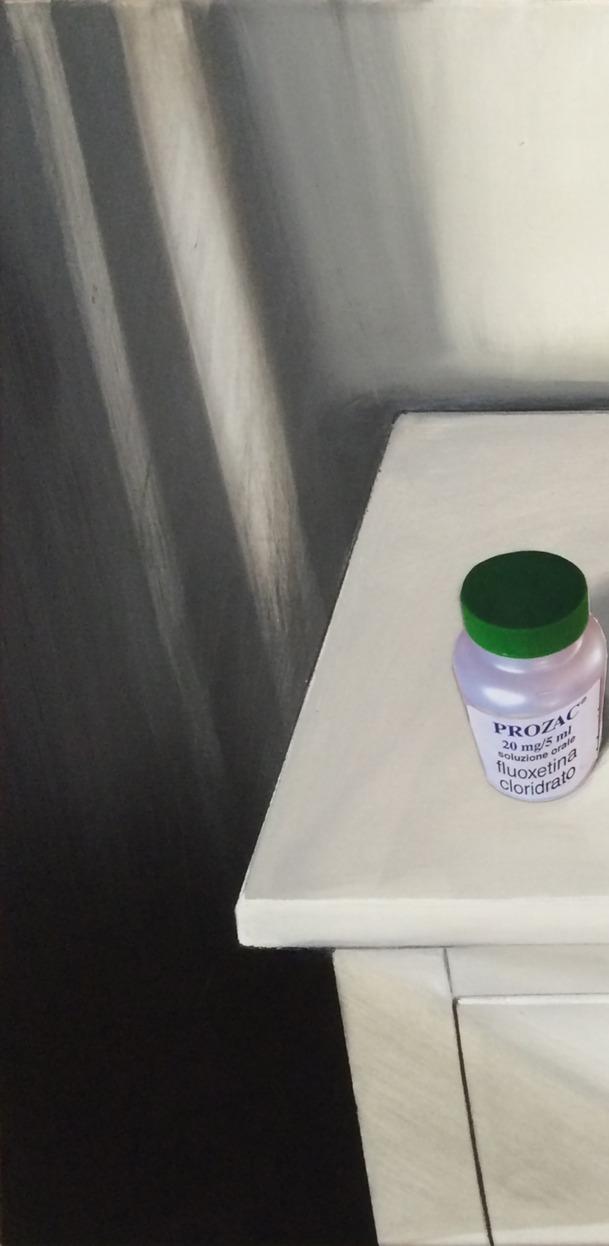
CONTEMPORARY ART REVIEW Land
Stef Fridael
scape
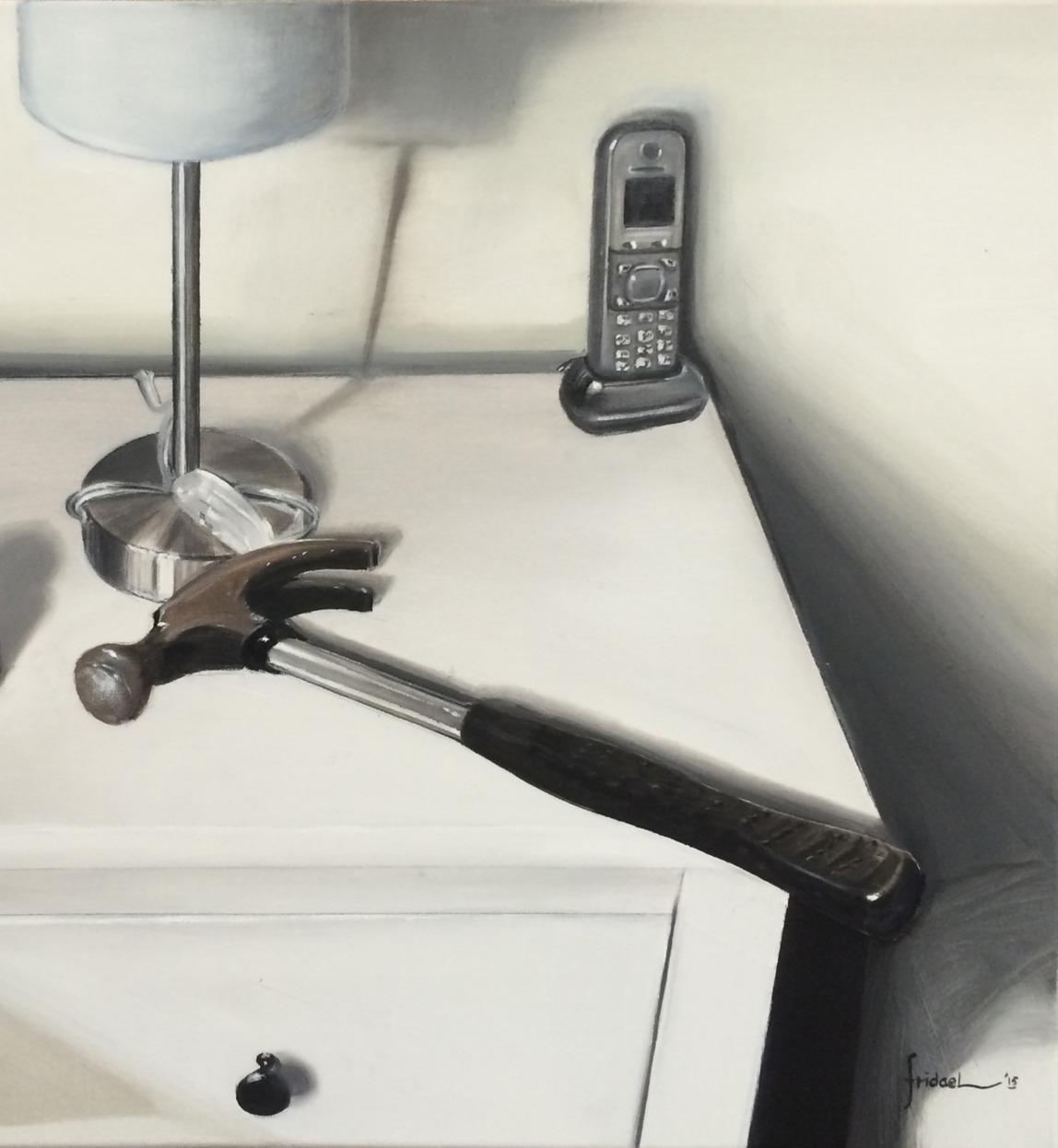
scape Land CONTEMPORARY ART REVIEW Quiet Night
Stef Fridael
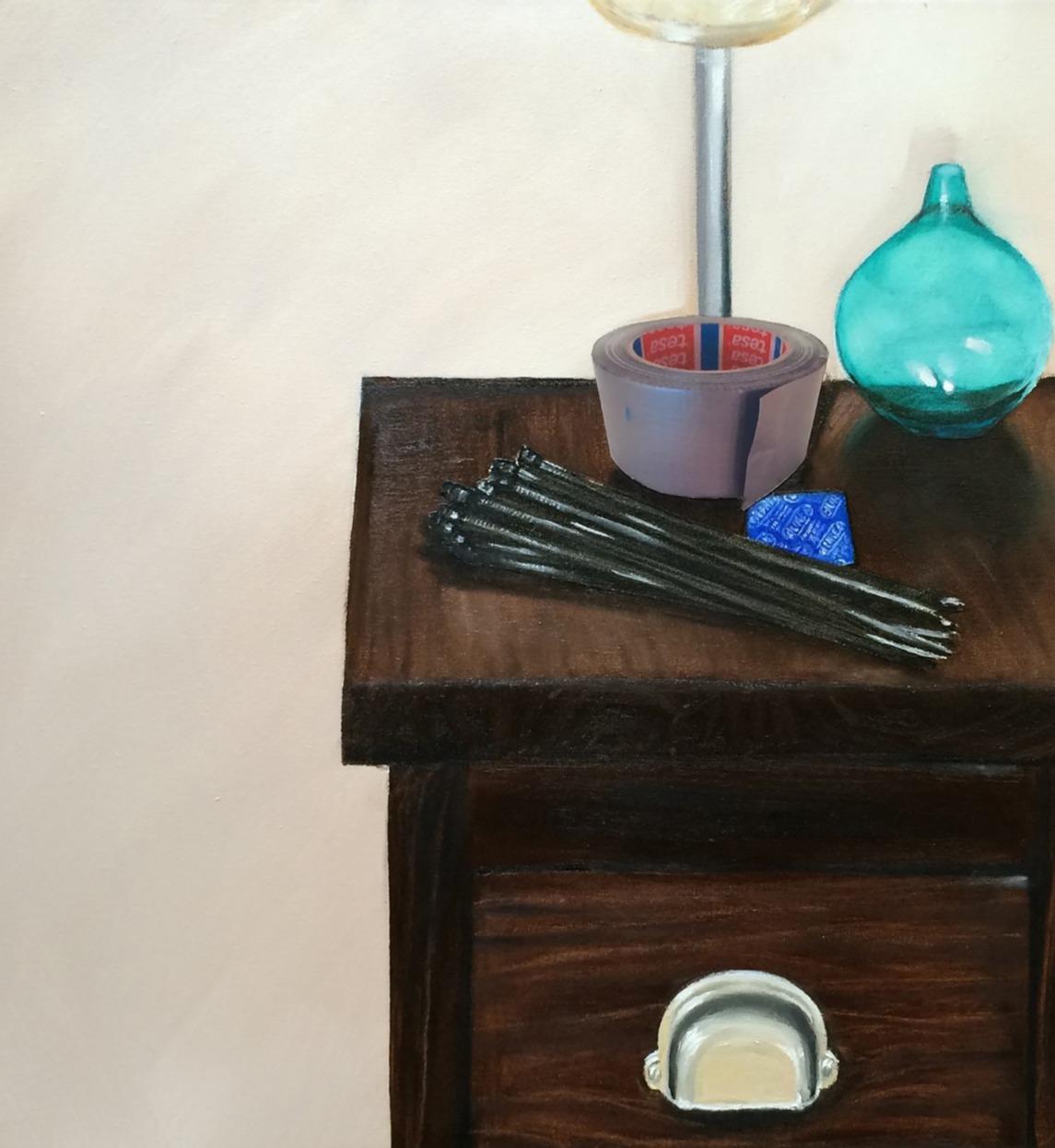
scape Land CONTEMPORARY ART REVIEW
Stef Fridael
We like the way Lonely Dog snatches the essence of emptiness and anonymity dued to the absence of the human element has reminded us the notion of non lieu elaborated by French anthropologist Marc Augé: artists are always interested in probing to see what is beneath the surface: maybe one of the roles of an artist could be to reveal unexpected sides of Nature, especially of our inner Nature... what's your view about this?
Both series, Lonely dog and Neighbors, actually tell the story of this trail we people of the modern world leave behind. In my wanderings around the world I have often been in villages abandoned by war and where no man is present. That silence there, the trail left by the natives as a kind of monument, at that location where you can feel the absence in all your senses, where the silence of the deserted urbanizing area surprised you, that's where I think about when painting this work. As Marc Augé non-places regarded and described places of constant transition and impermanence you can recognize in my work non-places where this transition has already taken place and has left a human trace. People will build and cultivate new non-places elsewhere as a kind of globalizing nomads. The contradiction about this is just that nature always finds a way to take this back and find solution through a different nature to be put in place. The wildlife and thriving nature in the abandoned Pripyat, a town next to Chernobyl, is the proof and example of this nature power. And nowadays Pripyat has become an tourist attraction. The power of nature and its processes are stronger than human, and that’s a source of inspiration for many creative people in any creative discipline.
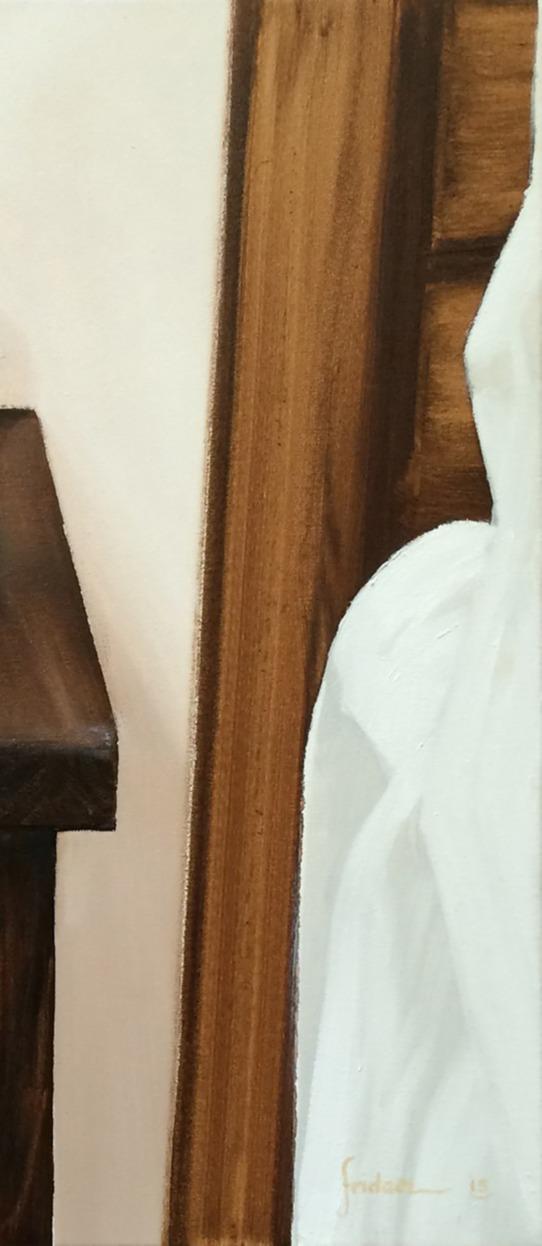
Stef Fridael scape Land CONTEMPORARY ART REVIEW
Your images are rich of cultural and symbolic references, as the pieces from the Beds series. When inquiring into the the idea of an approachable icon, your work challenges an inner cultural debate between traditional heritage and contemporariness: despite the reminders to traditional figurative approach, your works is marked out with a stimulating contemporary sensitiveness. Do you think that there's still a contrast between Tradition and Contemporariness? Or there's an interstitial area where these apparently opposite elements could produce a proficient synergy?
Difficult to say whether there is a contrast between Tradition and Contemporariness. If you want to look into the soul of a person than icons, how traditional and approachable, can provide an opening for this observation. What you often see is that extrovert person are hung on with many symbols, it's their way of saying something which is very symbolic and logical both. Whether it's a piece of jewelry, a sticker or a tattoo, it may well be very clear what will radiate that person. So Symbols can giving an insight into the lives, traditions and opinions of others, and that data I use for example in The Bedroom series. Look into the soul of another as the starting point for creating art and use these bedroom tables as a window. In my research on human behavior and in particular observation I have come to the conclusion that watching traditional heritage very deep emotions can bring to the surface. So if traditional heritage and Contemporary elements both are incorporated into the same image may cause a strange feeling in the mind of the
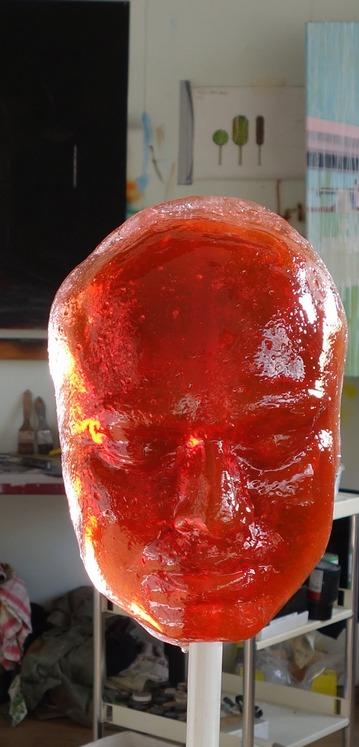
Stef Fridael scape Land CONTEMPORARY ART REVIEW

scape Land CONTEMPORARY ART REVIEW
Stef Fridael

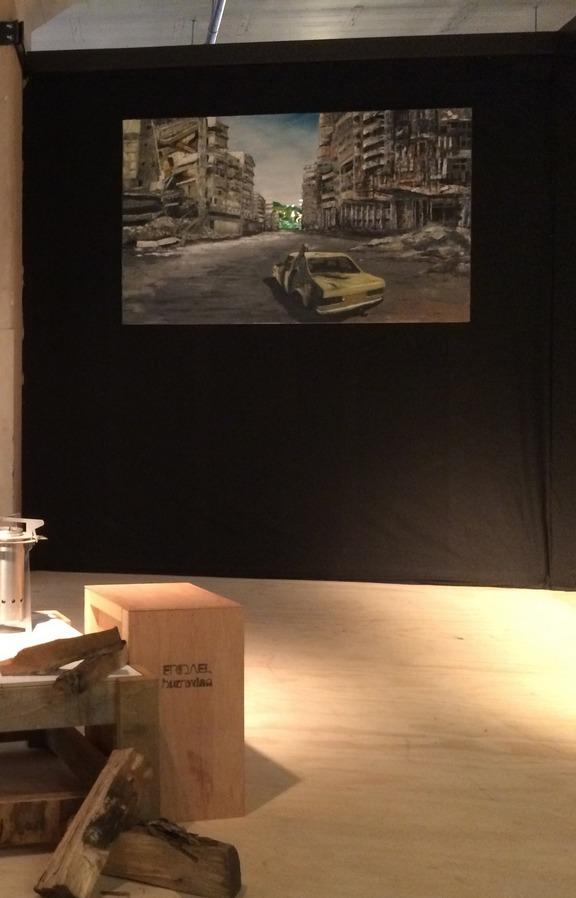

scape Land CONTEMPORARY ART REVIEW
Stef Fridael
viewers. That's often when traditional heritage with cultural elements incorporated into a contemporary work of art. It’s always a big party for me there to process a certain synergy that the image that we see is not necessarily confusing but especially recognizable. I therefore often choose a figurative approach rather than an abstract.
We would like to pose some questions about the balance established by colors and texture: we have really appreciated the vibrancy of thoughtful nuances that saturate your canvas as well as the contrast between the dark background and intense tones that provides the pieces from your Rats series with a unique feeling and visual experience. How did you come about settling on your color palette? And how much does your own psychological makeup determine the nuances of tones you decide to use in a piece and in particular, how do you develope a painting’s texture?
Developing the color palette always goes hand in hand with the strategy that I develop for the subject from which I want to make art. If you want to say something with a painting or broadcast you should consider all facets, including the color palette. For example, if I want to paint something wherein the Chinese continent plays a role, I use traditional colors that are embedded in the cultural history of China as there are the color palette of Chinese lacquers or Chinese scroll paintings. For a work based on the Eurasian continent is quite different, more Anglo-Saxon. With my color palette I can make beautiful shades, intense and explicit and I can make fine nuances with the saturation. But of course, still it remains part of the feeling and experience the visual interpretation that I make of it. I am my own
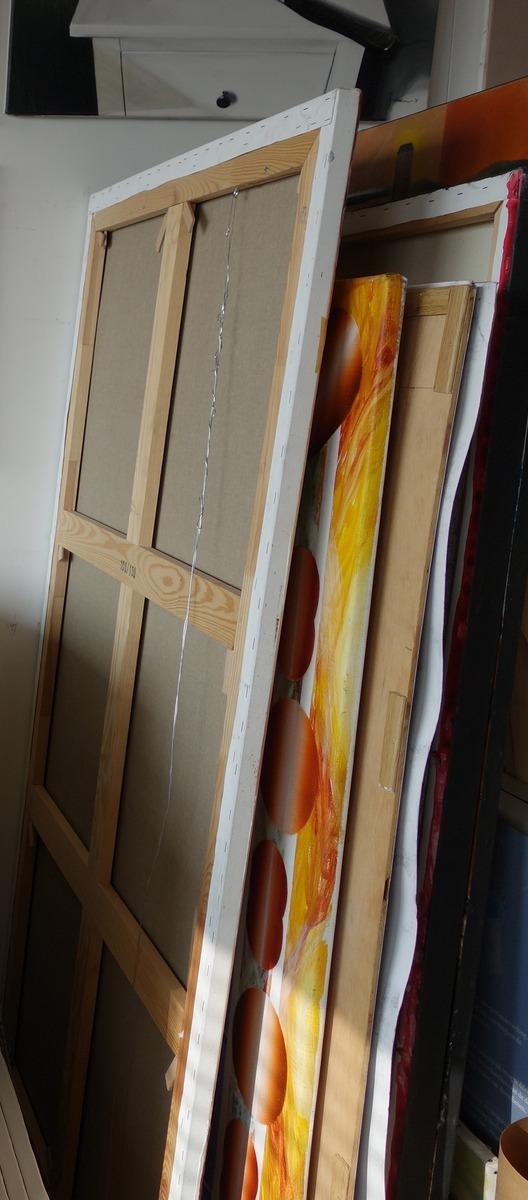
Stef Fridael scape Land CONTEMPORARY ART REVIEW
referee who determines whether it fits in with the experience that I represent for a specific work of art. The structure of a painting I develop than arises with the painting process.
Over these years you have exhibited in several occasions and you have had five solos, including your solo show at the Museum Kruysenhuis Oirschot. One of the hallmarks of your work is the capability to create direct involvement with the viewers, who are urged to evolve from a condition of mere spectatorship. So before leaving this conversation we would like to pose a question about the nature of the relationship of your art with your audience. Do you consider the issue of audience reception as being a crucial component of your decision-making process, in terms of what type of language is used in a particular context?
The reason why the audience wants to look at my work has to do with the fact that all my art tells a contemporary story and is recognizable. I do not make art to serve the audience, it is not part of my decisionmaking process. My art the audience have to be able to decipher. This makes my work often loose an intellectual discussion. To be able about to discuss my work often gives my audience the feeling that they belong to an intellectual group of people, a sort of intellectual elite. I call this the symbolic capital of my work and it's a prestige-driven art public who wants to look at my work and want to buy it. On my creative process that has absolutely no influence, I continue to work independently and I spend only work in public if I find this self acceptable enough. I know many artists struggle with
this and even have problems with their own creativity. I have long decided to impose myself no boundaries and deposited me with this. I know I therefore make better art that goes deeper from a free creative process. But I also know that I therefore will not reach a large group of people. Art, however, will always find its way.
Thanks a lot for your time and for sharing your thoughts, Stef. Finally, would you like to tell us readers something about your future projects? How do you see your work evolving?
This year is an important year for me. I started a partnership, called "Wanted CANDY”, with four artists who have taken the material "Lollypop" as a starting point for making huge artworks. I will therefore also be more concerned with making sculptures. Further I go in April in England carry out an artist in residence period followed by an exhibition. In the second half of this year, I'm going to study at the Royal Academy of Fine Arts in Antwerp. In between, there are also a number of group exhibitions planned nationally and internationally. I see my work will develop more international. More and more art institutions give my work a chance to be seen. I am also now more open for partnerships with art institutions worldwide.
An interview by Melissa C. Hilborn, curator and Josh Ryder, curator landescape@europe.com
Ehud Schori scape Land CONTEMPORARY ART REVIEW
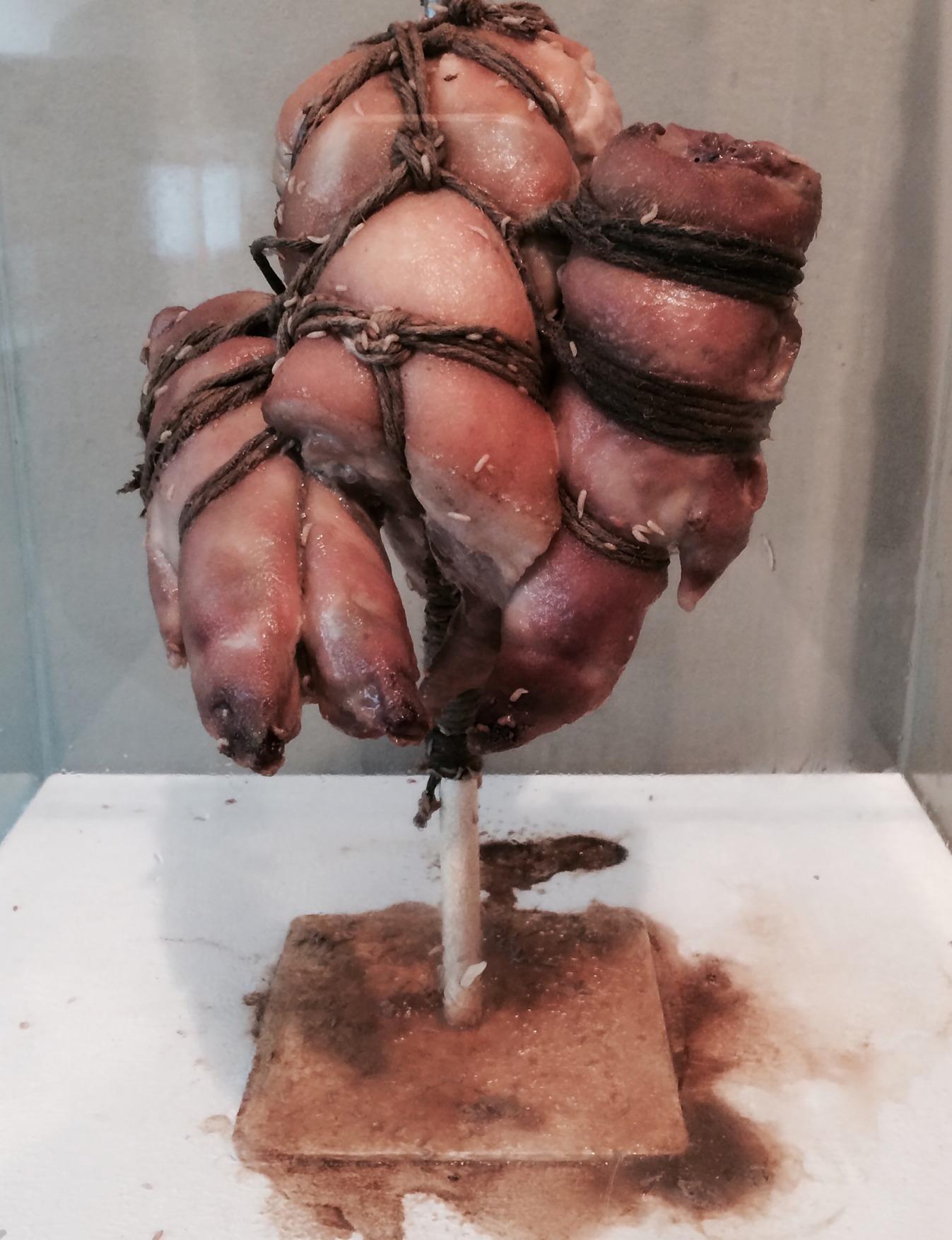
Andre Ozga
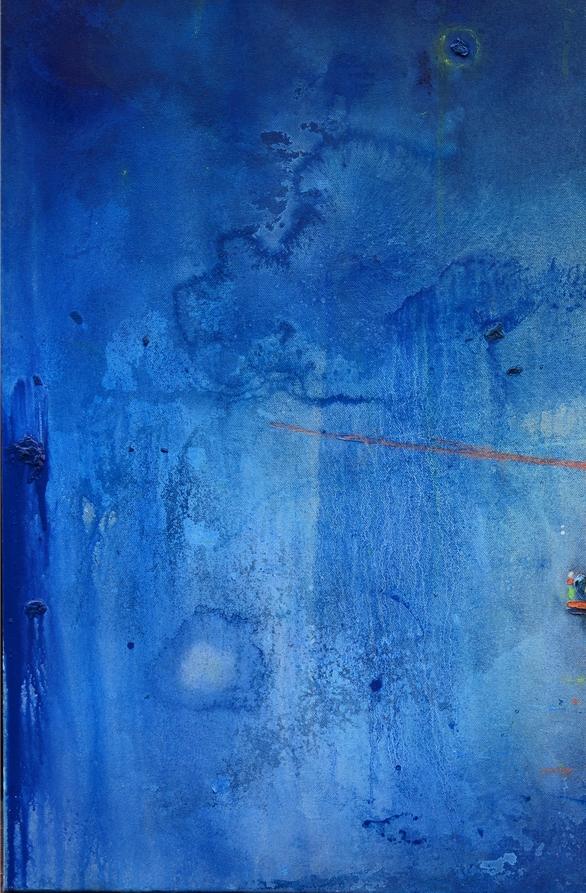
Iam a Polish-born, Canadian-raised and Thailand-based artist
who paints predominantly landscapes. I paint landscapes because we are an integral part of this world. We tend to forget this. As we go about our daily lives we begin to also not even notice the land around us. It starts to seem mundane, boring; taken for granted. We as a species have taken over most of the land that is accessible to us with little respect to it as our provider, our parent, inescapably part of us, or rather; we are a part of it. This is what I have set out to remind us.
Lives and works in Thailand
Andre Ozga

LandEscape meets Andre Ozga
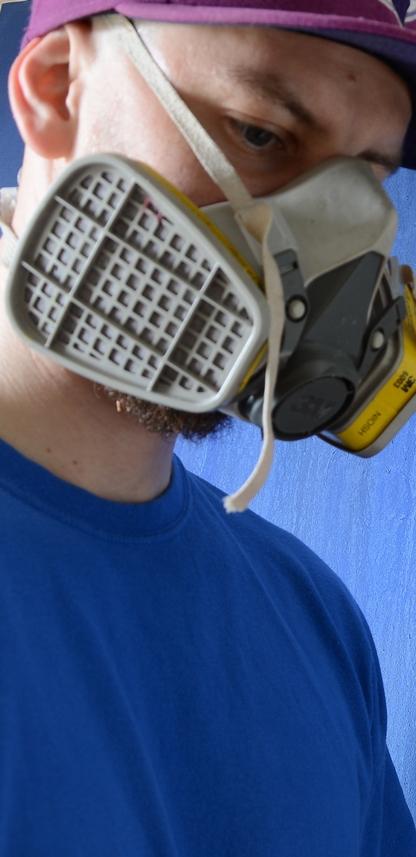 landescape@europe.com
landescape@europe.com
Artist Andre Ozga's work emphasizes the nature of the notion of landscape adapting the linear structure of traditional expression. The landscapes that he paints unveil the elusive Ariadne's thread that link Tradition and Contemporariness, challenging the viewers' cultural substratum to induce them to elaborate personal associations, offering them a multilayered aesthetic experience, capturing a new perspective on the world. One of the most impressive aspects of Ozga's work is the way it accomplishes a successful attempt to synthesize tradition with visual experience to draw the viewer through a multilayered experience. We are very pleased to introduce our readers to his stimulating artistic production.
Your approach is very personal and your technique condenses a variety of viewpoints, that you combine together into a coherent balance. We would suggest to our readers to visit https://www.facebook.com/andreozgaart in order to get a synoptic view of your work: in the meanwhile, would you like to tell to our readers something about your process and set up? In particular, would you tell our readers something about the evolution of your style? In particular, are your works painted gesturally, instinctively? Or do you
scape Land CONTEMPORARY ART
An interview by Katherine Williams, curator and Josh Ryder, curator
REVIEW
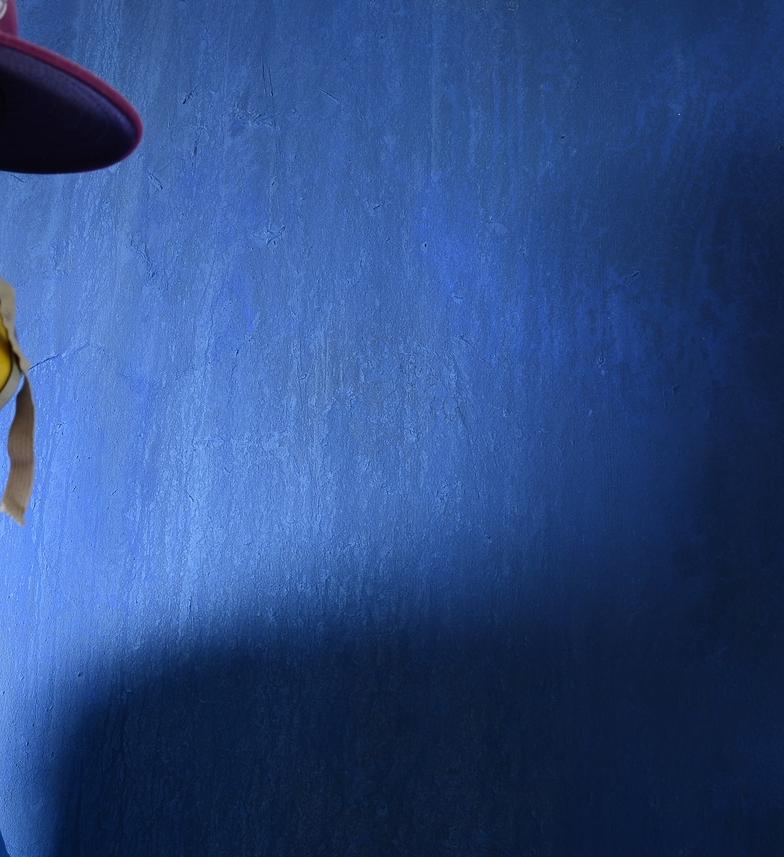
scape Land CONTEMPORARY ART REVIEW
methodically transpose geometric schemes from paper to canvas?
In my younger years, I practiced en plein air painting. However, over time I developed a desire to paint larger pieces and realized that these could not be completed in a single outdoor sitting I needed more time. So I started to rely on photographs instead. My goal was never to merely copy a photo onto a canvas though; that wasn’t the challenge I sought. Instead, I began editing my source images, making collages and using my imagination to resolve individual aesthetic problems I would encounter while working.
Usually I have a general idea of the final product before I start a piece, based on where I look for source photographs, either one that I took or online, as well as in postcards, magazines, and so on. I then create collages, draw sketches, and/or create digital renderings to outline the original I idea I sought to paint. I deliberately approach each one of my pieces in at least a slightly different way. For me, every piece must be different, a new adventure, a progression from a previous piece I had painted. Without such forward movement, I feel as if I am not growing and developing as a painter.
Perhaps the only constant that I uphold in my practice is that I begin each piece by intuitively painting some form of background some configuration of marks and colors that end up serving as a foundation of color or texture for the final product. In my experience, looking at a blank, white canvas stirs up extreme anxiety. There are no references points or characteristics to work from on a blank canvas; moreover, I feel like a canvas is just too clean and pristine.
That’s as far as my preparations go, however. The painting process for me is a dialogical and open-ended experience that can never be fully determined from the get go. It is not just myself who paints, but the paint paints in return. Although I may apply the paint, the paint has a life and voice of its own. I first dress my canvases with multiple coats of paints and materials until they are so soaked with wet colour that I am forced to pull back and all I can do is watch and listen to the paint: I watch as the mediums and colours combat and interlope while still controlling their final resting place on the canvas. If I feel confident, I apply thick globs of colour. But when I need to listen, my marks are thin, translucent. Through the layers I sculpt the image by adding, subtracting, blending, building. As the painting speaks to me throughout, I listen with my eyes, interrupt, and respond to it. It also listens, somewhat, but ultimately it hears only what it wants to hear; and so we quarrel, discuss, reminisce, and we wander together. Only once we arrive at mutual acceptance can I put my brush down and put an end to the dialogue. The final product in turn is never something I could have imagined or fully determined before actually engaging in the painting, and each time I start anew I try to engage in a novel dialogue, taking new approaches that keep me developing and progressing as a painter.
The body of works that we have selected for this special edition of LandEscape has at once captured our attention of your captivating investigation about the relationship between your painting and the actual places you painted is the way you provided the visual results of your analysis with autonomous aesthetics: while walking our readers through the genesis of your current series, would you like to tell us something about your usual
Land CONTEMPORARY ART REVIEW
Ehud Schori
scape

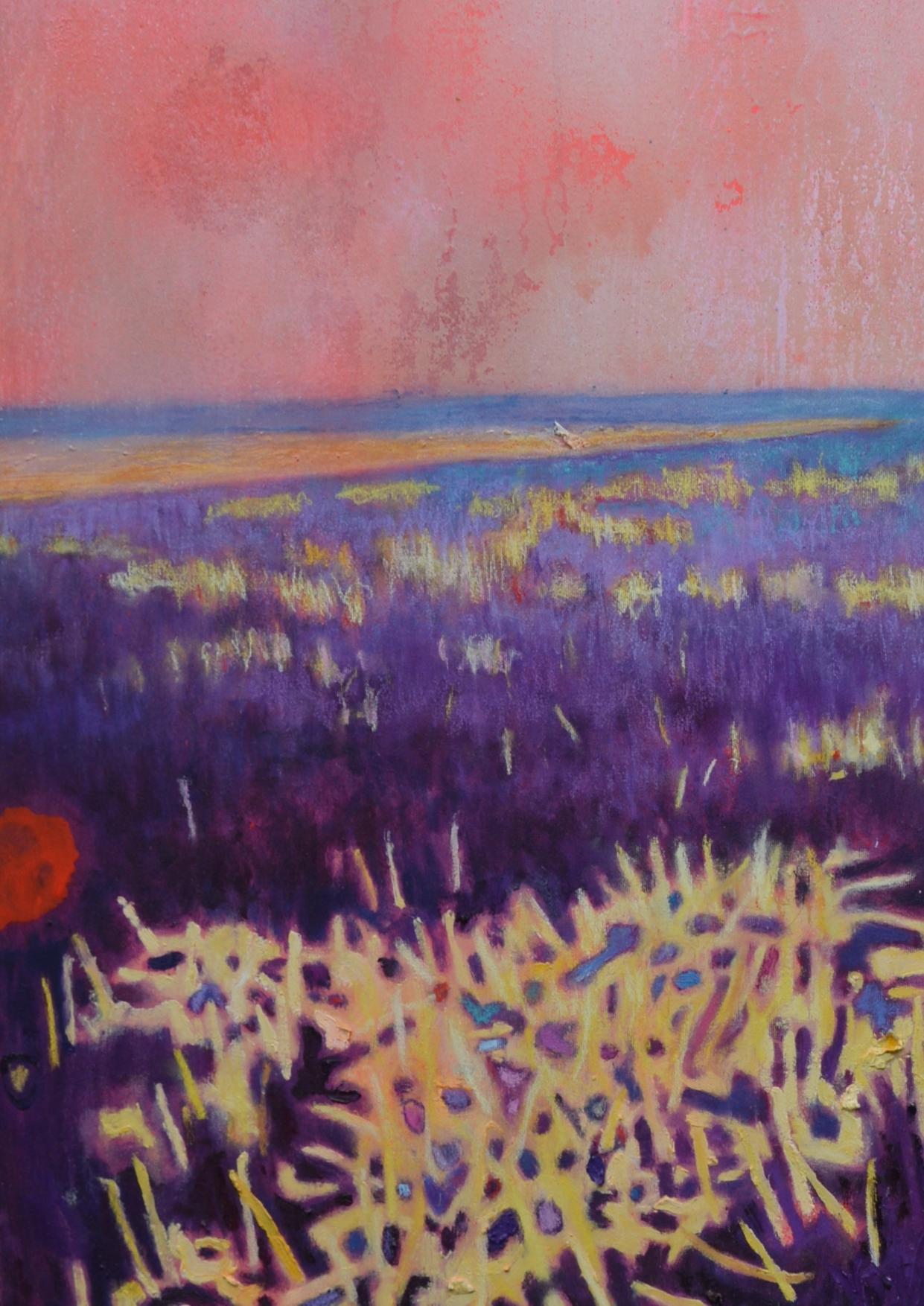
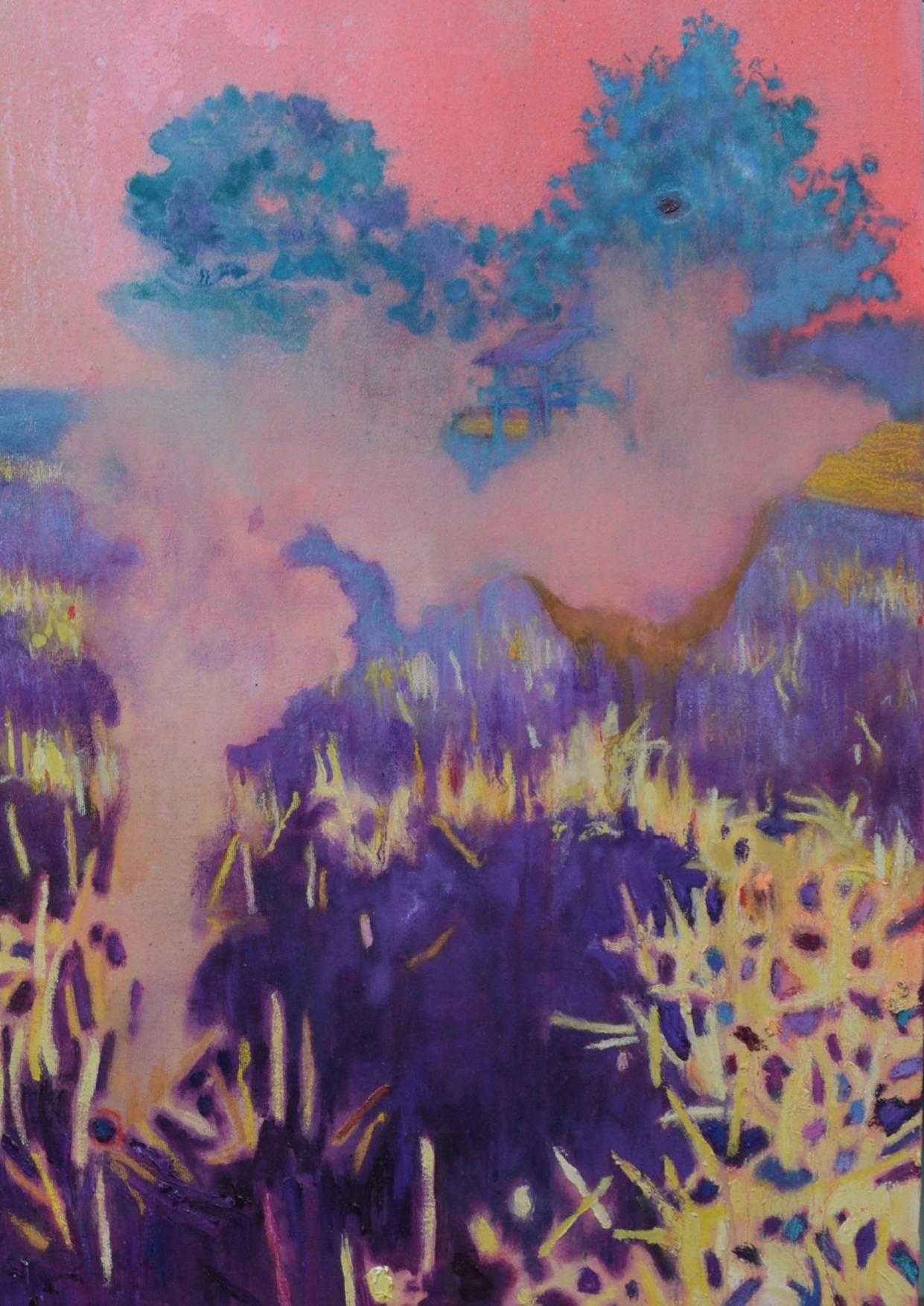

process and set up? In particular, would you shed light to your main sources of inspiration?
The series I have chosen is deliberately eclectic and in most cases the photos present only fragments of larger pieces. I have chosen to showcase a large spectrum of ideas and subjects so that the readers can get a sense of my style as well as its continual development. Over the years, I have taken interest in a variety of subjects for painting and anticipate continuing to experiment with my aesthetic approach.
One of the largest shifts I have experienced since I began to paint tropical landscapes has been my clear shift in colour schemes. I let go of greens and browns and chose to use stronger and more vibrant colours that were more reflective of my current environment. I have also limited my palettes in order to maintain strong contrasts between colours in my all of my paintings; these contrasts, I believe, make each piece charismatic demanding special attention regardless of where it is placed
As for my inspiration, I get inspiration from my experiences with my immediate world. For instance, I painted houses on stilts because I was impressed by the creative potential of humans who evidently are capable of securing their livelihoods even in the most difficult environments. I painted the people on the beach at night to commemorate the loss of a friend who was stung by a jellyfish during a late night swim. Most of my pieces have a personal story behind them, but I don’t feel that knowing them is necessary for viewers. Ultimately, for me the paintings will mean one thing, but to someone else they will mean something completely different.
With respect to the process and set of this series, I have for the most part relied on my
own photographs and compositional concepts for this series, drawing on additional media (online images, books, films etc.) only when I could not adequately capture what I wanted to paint. I have also started to digitally edit my photos, as I find that refining colours and tweaking the palette of the original source helps me get a sense of the potential effect of my final product without having to make as many adjustments throughout the painting process. Finally, I added human figures and/or signs of human existence to my painting in order to emphasize our presence and relationship to nature.
How would you consider the relationship between Tradition and being a contemporary artist? Do you recognize any contrast between Tradition and Contemporariness?
I think we need to remember that traditional artists were, in their time, contemporary artists. Moreover, as social and historical beings, we are always borrowing our ideas from others and making our decisions based on historical precedents. As Isaac Newton once said, “we stand on the shoulders of giants.” That being said, I think that today we paint for very different reasons than we did 100 years ago and then again 200 years ago. We also draw from very different inspiration and experience. Landscape, as well as other mainstream painting genres, has been changing as much as technology has, and incidentally the relationship we have with our natural world has changed just the same. Particularly since the invention of the photograph, artists have battled, with great success, to keep the craft of painting alive. How did they do this? They continually sought to offer something modern technology could not produce: shape, form, colour, proportions, perspectives, along with so many other ideas and elements were deliberately challenged, questioned, and pushed into new directions. And this continues to be the case today.
CONTEMPORARY ART REVIEW
Andre Ozga scape Land
The way you to capture non-sharpness with an universal kind of language quality marks out a considerable part of your production, that are in a certain sense representative of the relationship between emotion and memory. How would you define the relationship between abstraction and representation in your practice? In particular, how does representation and a tendency towards abstraction find their balance in your work?
That is what I love about landscape; the difference between abstraction and representation is extremely ambiguous! I like to make the viewer rely as heavily as possible on their own sense-making and their own experiences to decipher the composition. If a viewer apperceives vegetation in my painting, they will nevertheless have a hard time deciphering the species of the plant they are observing. Ideally, they cannot even be sure that they are looking at vegetation. This is intentional in my work, as I want my observers to use their own experiences with the world to fill in for the ambiguous information. This, in my view, is what makes my work more universally accessible: the fact that the abstraction is interpreted on an individual and personal level.

I am not interested in whether the painting is true to the specific features of the location being painted. That would severely limit the image and ultimately turn my art into a postcard or souvenir. Landscape, like abstraction, is a very forgiving subject; there are no rules that press artists to stay true to their sources. You can change things as you see fit in order to achieve your desired final product.
While clear references to perceptual reality, the tones that condense your visual vocabulary provides your pieces with an ethereal quality of your pieces and we are struck by their unique atmosphere. How do you view the concepts of
the real and the imagined playing out within your works?
In my view, all of artistic creation involves an interplay of imagination and the ‘real’ world. As artists we are observers of the world who seek
scape Land CONTEMPORARY ART REVIEW
Andre Ozga
the right materials and mediums to depict our experiences of the world onto canvases. My work is very much just that: I try to depict the world as I see and experience it using the most appropriate materials and mediums I could
find. Perhaps the ethereal quality of my work results from my realization of this view, since I do not deny but embrace and experiment with my role as co-author (rather than, say, sole author) of the art I produce. Even at the

CONTEMPORARY ART REVIEW
Andre Ozga scape Land
technical level, I realize the very moment that I move my eyes away from my source to look at my canvas, I am dependent on my imagination. That said, the unique atmosphere that results in my work is not a deliberate accomplishment it
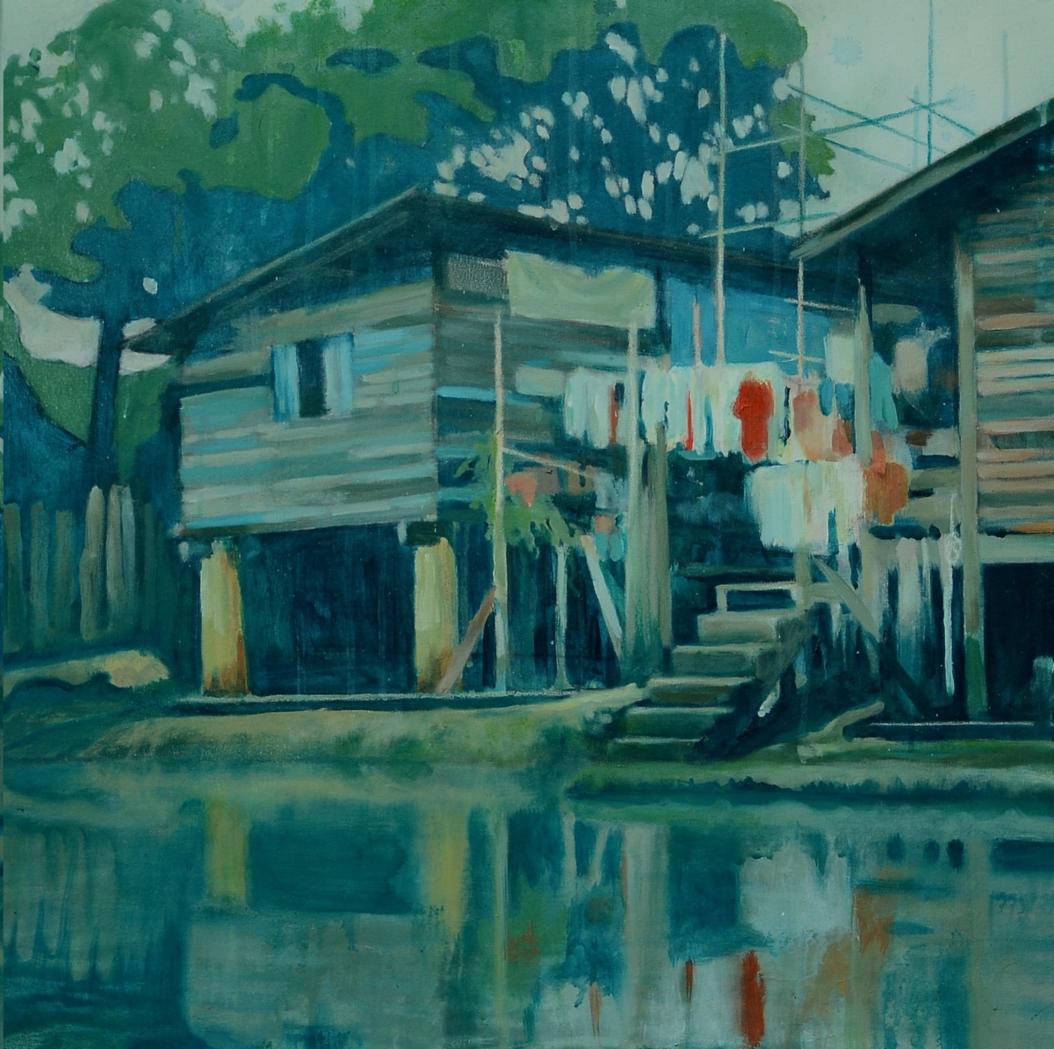
is merely my best attempt at expressing the world as I shows up in my experience.
While marked out with a deep introspective quality, your works are more than mere
Land CONTEMPORARY ART REVIEW
Andre Ozga scape
representations of your inner self: you rather seem to invite the viewers to an augmented perceptual experience to discover unexpected aspects not only of their inner world, but of the connectivity that affects our ever changing
contemporary age. How would you consider the relationship between the inner landscape and the outside world? Could art provide us with a channel of communication between
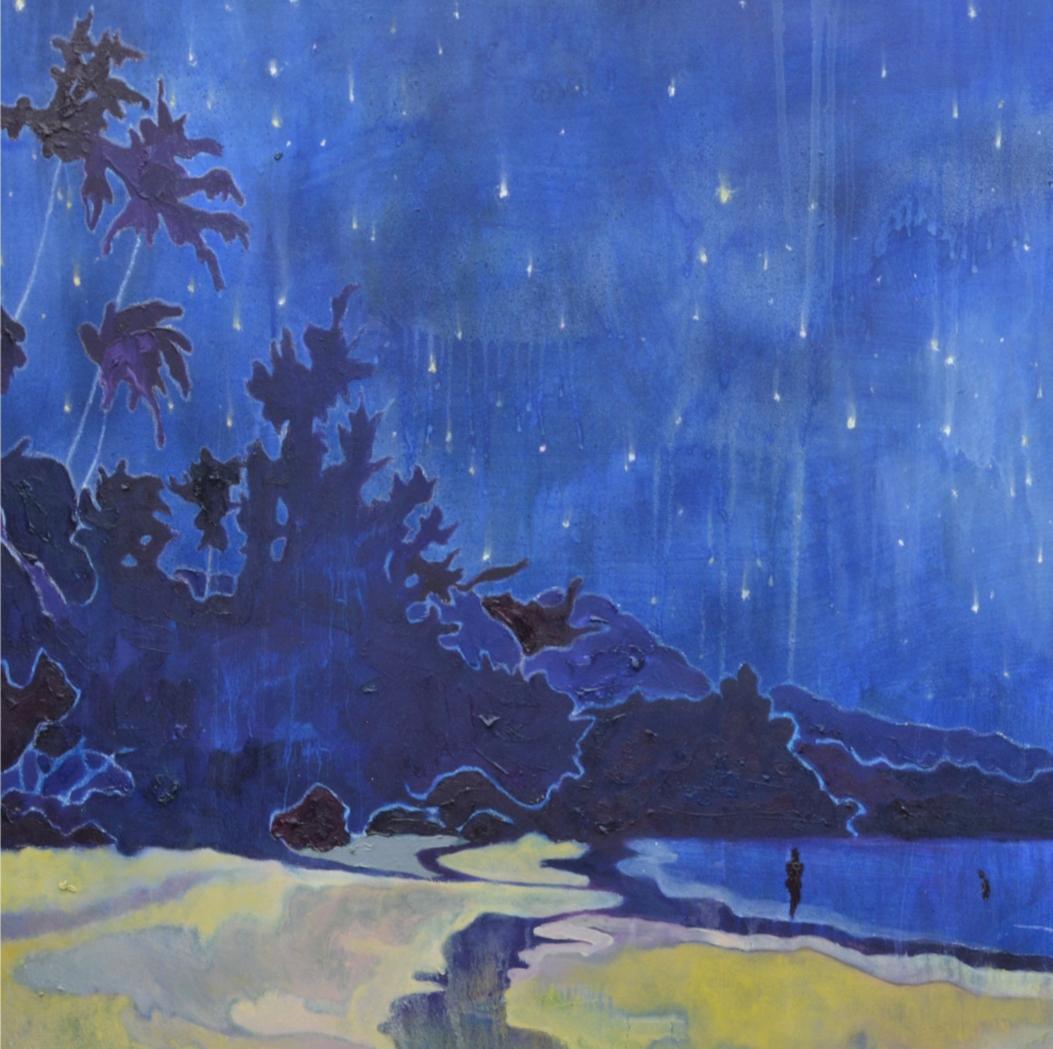
CONTEMPORARY ART REVIEW
Andre Ozga scape Land
these aspects of reality?
In an important sense, the inner landscapes that I paint are largely determined by the human world. I paint land that is “owned” by humans and therefore already transformed by humans over the course of human history. As humans explored the world and laid claim of virtually all of its lands, they also farmed, groomed, manicured, as well as exploited lands according to their aims. The animals and plants that are around today are here largely because we either need them or do not mind them. Even our protected parks and wilderness are not immune from human intervention we let live whatever we find to be beautiful and agreeable; we eliminate whatever threatens our existence and aesthetic visions. We often forget about these historical efforts, for when we look upon nature as a resource for our use, we fail to see how it is also a living force that can, and continually does, lay its claim on us.

My work deliberately attends to the interplay between humans and nature. As I have mentioned above, I treat my art materials as living materials that speak to my imagination and guide the developmental course of my art pieces. Additionally, I seek to expose the ‘other’ side of nature the aging, decaying, dying nature that is removed from purview when we seek only to keep what is pristine. I celebrate the old, the experienced and the weathered. In my view, it is time that gives indescribable beauty--it gives spirit, makes things distinguished, unique and special. One way I do this is by avoiding solid, flatcoloured surfaces; these, to me, have a pristine quality. I like to make my paintings to look weathered and dirty by forming the largest variety of colour relationships/effects from limited palettes. I am also interested in old photographs and how they affect our memory, which has led me to incorporate characteristics from those types of mediums as well.
Despite the captivating figurative aspect of your works, you allow an open reading: in particular, we noticed that elements from your environment are particularly recurrent in your imagery and they never play the role of a mere background. Do you see a definite relationship between environment and your work?
Most certainly. When I place elements from my environment into my pieces, I do so minimalistically that is, I try to render the minimal amount of information so that the figure can be identified but still remain abstract it its depiction.
CONTEMPORARY ART REVIEW Land
Andre Ozga scape
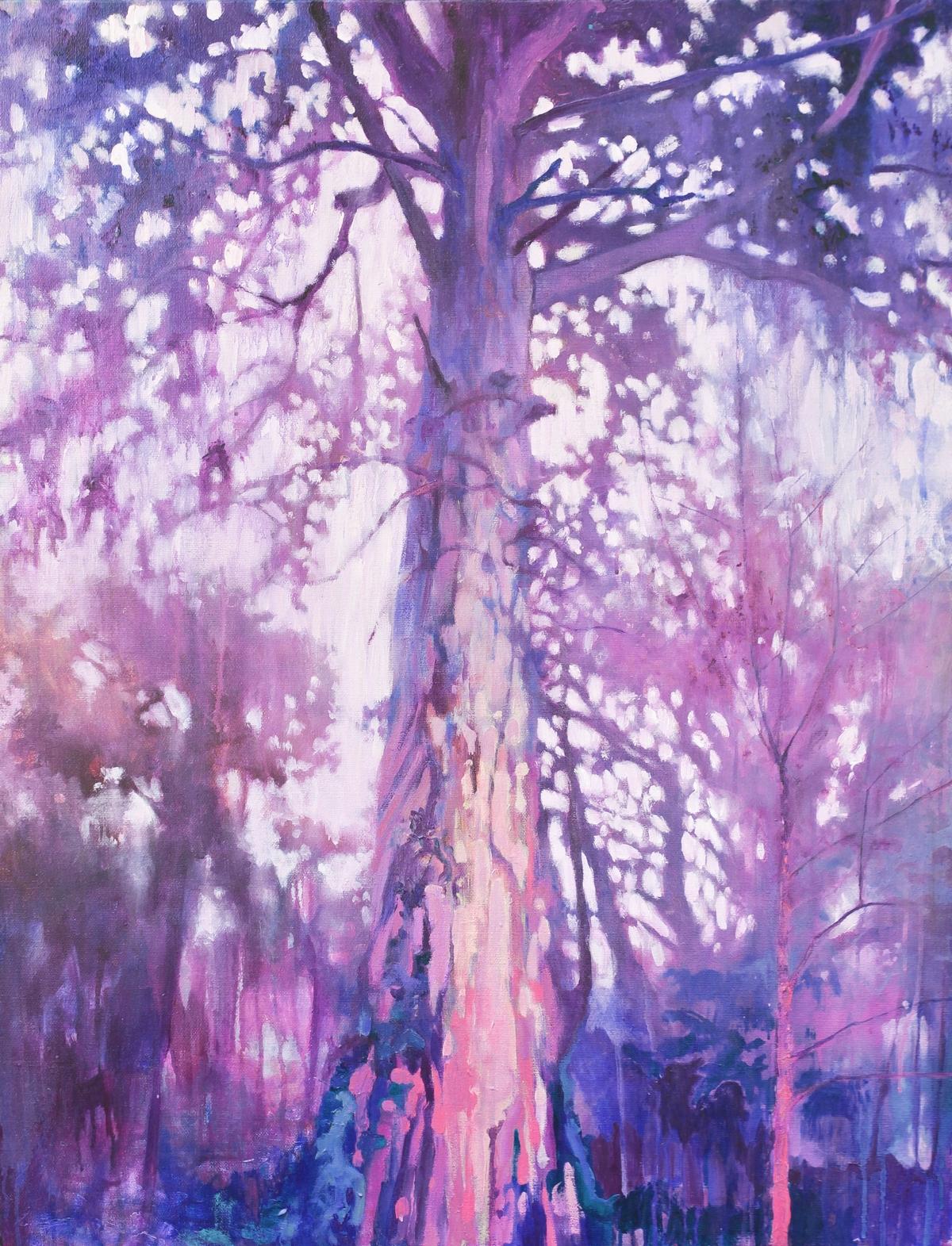
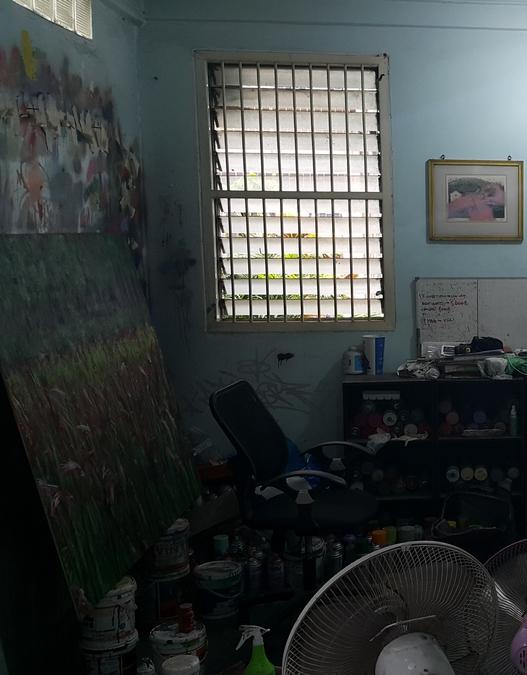

My goal is to capture the presence and essence of the subject rather than its appearance.
Keeping an open reading also allows the viewer to relate to the image more easily; the figures and shapes can represent almost anything, which adds a sense of mystery. This is not unlike the way I feel background elements operate in our dreams--we pay minimal attention to them, but
they are recognizable enough that they do not draw our attention. As I have mentioned, I feel that landscape painting is where abstraction and reality meet.
We would like to pose some questions about the balance established by colors and texture: your pieces combine delicate and thoughtful nuances that accomplish the difficult task of
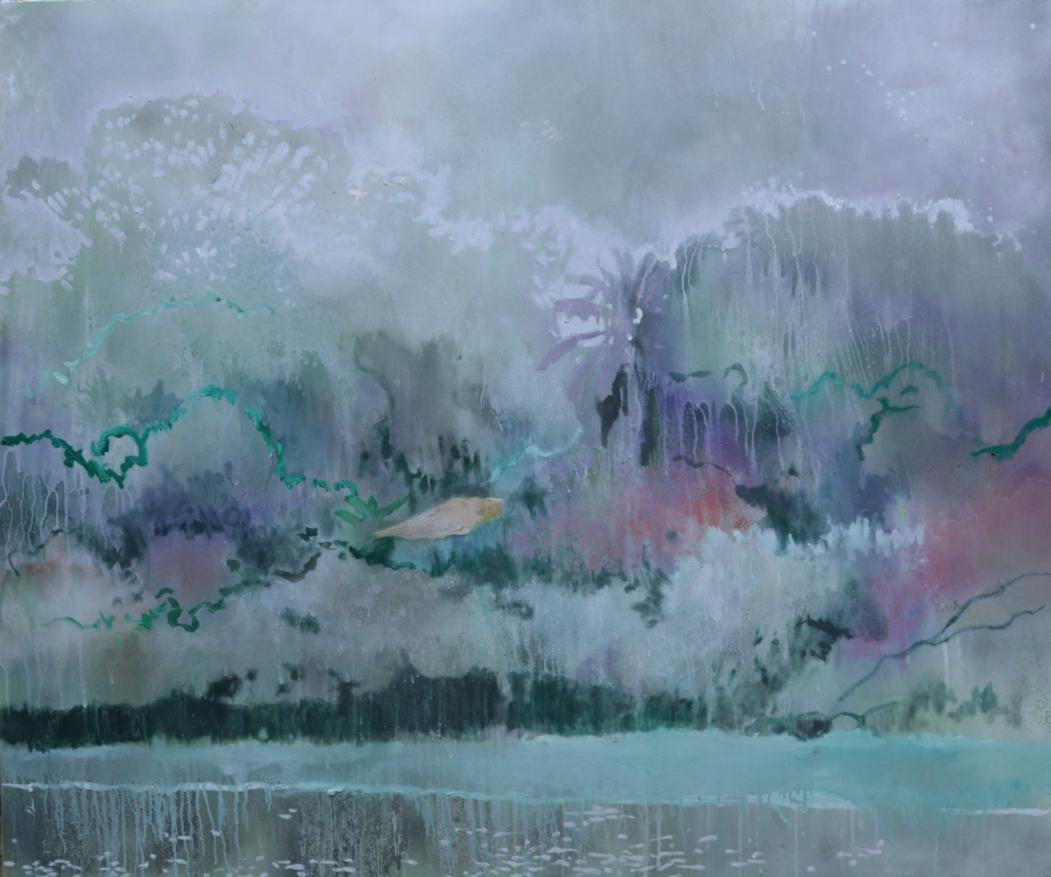
Andre Ozga scape Land CONTEMPORARY ART REVIEW
establishing a provocative dynamic. How did you come about settling on your color palette? And how much does your own psychological make-up determine the nuances of tones you decide to use in a piece and in particular, how do you develop a texture?
I generally begin with a limited colour palette, only three to four colours. I derive them from the scenes that I seek to paint and when I feel that they hold a particularly interesting relationship with one another. I like to work with analogous palettes. They are the sorts you may find in retro photography, where the colours are somewhat tinted toward a particular angle on the colour spectrum. Additionally, I like to include at least one contrasting colour to add a punch I like contrast, eye-catching contrast.
As for the nuances of tones, those lie in the mediums and the way they are applied. They are derived from various processes I have developed through experimentation. Sometimes the mediums even dictate the subjects for the work, as their appearance can stir my imagination in unpredictable ways.
The final product is a balance of my attempt at controlling nature (specifically the nature of the medium) and nature’s response to my actions. I often laugh to myself about how I must be the most boring person on earth: I love to watch paint dry! Practicing this over time has had its benefits however, as I have developed new ways to apply my mediums; I have also learned to bring out particular aspects of my subjects through texture, shape, colour, line and so on. One of the hallmarks of your work is the capability of letting others know how to appreciate arts, to urge the viewers to evolve from a condition of mere spectatorship. So before leaving this conversation we would like
to pose a question about the nature of the relationship of your art with your audience. Do you consider the issue of audience reception as being a crucial component of your decisionmaking process, in terms of what type of language is used in a particular context?
Whenever I see art that I like, my first thought is, ”how did they do that?”. And that is precisely the kind of question I want my audience to reckon with. Realizing that landscape may not be seen as the most exciting subject for painting, I want my audience to appreciate my work less for its subject and more for its creative process and materials. I want them to aspire to lean into the painting and try to understand how it was constructed; and then I want them to stand far enough to view the whole piece at once and apperceive all the relationships of colours, shapes, tones, and so on. My hope is that they live through the scene according to the way I present it.
Ultimately, I paint to share a vision of beauty that I hope onlookers can take part in and dialogue about. Usually I know that I have finished with a piece when I arrive to the point of thinking, “this is beautiful.” Consequently, when I allow others to gaze at my work, I am always curious if they are identifying the beauty that I am apprehending. I wonder then, “is it just me or is this beautiful? Am I the only one who is seeing beauty here?”. In my view, they are key questions for maintaining artistic integrity for if we paint what we think others want to see instead of what we feel is beautiful, we lose our sense of identity as artists.
Having said all that, at the end of the day, I paint for me. So long as I am breathing, I will paint. At times I love a piece that others do not; and often I find myself loving that ‘unloved’ piece all the more.
Andre Ozga scape Land CONTEMPORARY ART REVIEW
Thanks a lot for your time and for sharing your thoughts, Andre. Finally, would you like to tell us readers something about your future projects? How do you see your work evolving?
Thank you very much for your interest in my work. I am indeed working on some new ideas and
approaches. I want to first of all make even bigger pieces to encompass my observers’ fields of vision and allow them to immerse themselves in the images more fully. Second, I would like to expand my palette to use more tertiary colours. After painting realistically coloured landscapes for years in
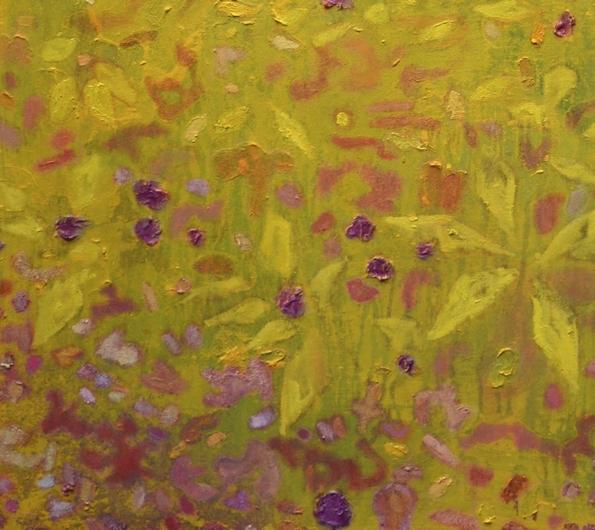
Land CONTEMPORARY ART REVIEW
Andre Ozga scape
high school and university in Canada, I grew tired of greens and bronzes and tended to avoid them for some years. Now, I feel like I am ready to bring them back. There is already a trace of them in some of the pieces selected in this series. Finally, I would like to paint more cityscapes as I find that I cannot
ignore the influence that living in Bangkok has had on me.
An interview by Katherine Williams, curator and Josh Ryder, curator landescape@europe.com

Andre
scape Land CONTEMPORARY ART REVIEW
Ozga
Sara Conde
Sara Conde creates abstract artworks on paper and canvas that
are inspired by contemporary culture and the sublime natural world. It is a combination of drawing, painting and printmaking. The color is inspired by color theory of the 60s with a palette which comes in the form of acrylics, watercolors, ball point pens, colored pencils, markers, graphite, enamels, mica, and the inclusion of fluorescent and metallic colors. The mixture of materials and techniques results in a conceptual complexity of texture and surface: the immediacy of drawing, the ponderousness of painting, and the graphic quality of woodblock print. It is a way of working that comes to her
naturally but that she has developed through research in biology, contemporary communication technology, and from direct observation of the environment; when Conde finds images that interest her, she makes them her own through abstraction by complicating or simplifying them. Conde creates her works applying the imagery in multiple layers and overprocessing the surface through mark-making, while creating the illusion of multiple dimensions with the help of variety and rhythm. She plays with the duality of flatness and space, and with a variety of forms in different colors, sizes and materials. She also creates ephemeral installations in architectural, urban, and natural spaces.
An artist's statement
scape Land CONTEMPORARY ART REVIEW
Lives and works in New York City, USA
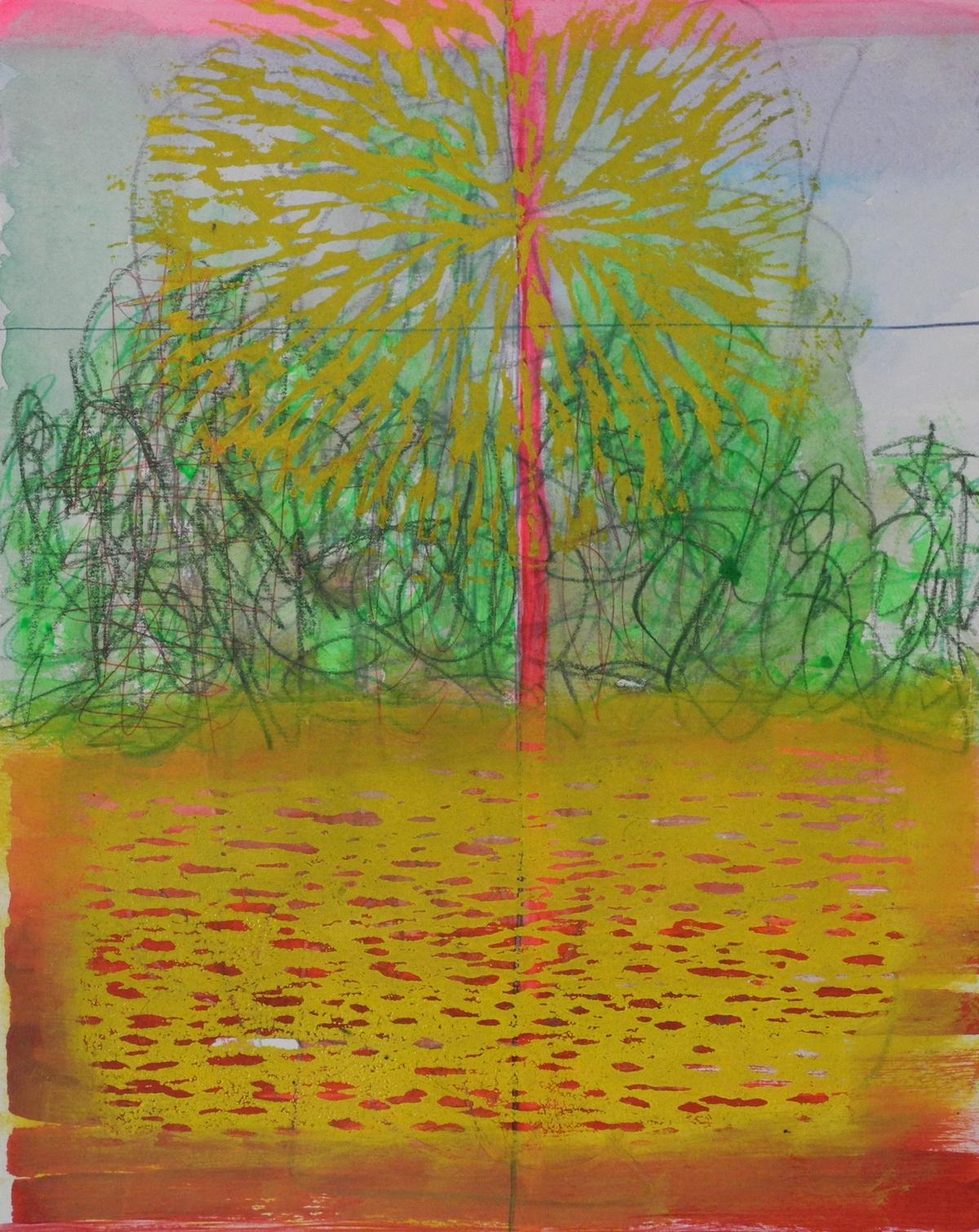
LandEscape meets
Sara Conde
An interview by Katherine Williams, curator and Josh Ryder, curator landescape@europe.com
Inspired by contemporary culture and the sublime natural world, artist Sara Conde's practice provokes reflection about what is happening in our world as well as to create a vision of what is possible. The works that we'll be discussing in the following pages are part of a larger series that considers the vital relationship between direct experience and visual intepretation, to draw the viewers through a multilayered journey. One of the most impressive aspects of Conde's work is the way it , playing with the duality of flatness and space, accomplishes the difficult task of representing both realistic and imagined space: we are very pleased to introduce our readers to her stimulating and multifaceted artistic production.
Hello Sara and welcome to LandEscape: we would start this interview with a couple of questions about your multifaceted background. You have a solid formal training and after having earned your Bachelors in Studio Art, you nurtured your education
with a Master in Fine Arts, that you received from the City University of New York: how do these experience influence the way you currently conceive and produce your works? And in particular, how does your cultural substratum inform the way you relate yourself to art making?
My studies in New York have been really influential in my work. I studied in three colleges of the City University of New York, in the boroughs of Queens, Manhattan and the Bronx. The City University of New York is the public university of this city and some of the professors there are incredibly avant garde, many of them being young and having studied in great universities such as Yale, or the Art Institute of Chicago. When You live in New York you can go and see many of the best galleries in the world, and that is what really has shaped me as an artist. As a Spanish American artist I feel that I am mostly influenced by American art because I have been trained in New York. I now live and work in Madrid, Spain and I miss the exciting New York art scene, although I now
scape Land CONTEMPORARY ART REVIEW

prefer to live in the mountains of Madrid, amidst the nature, and that is
why I now live in Spain, where I am originally from. At the moment I am
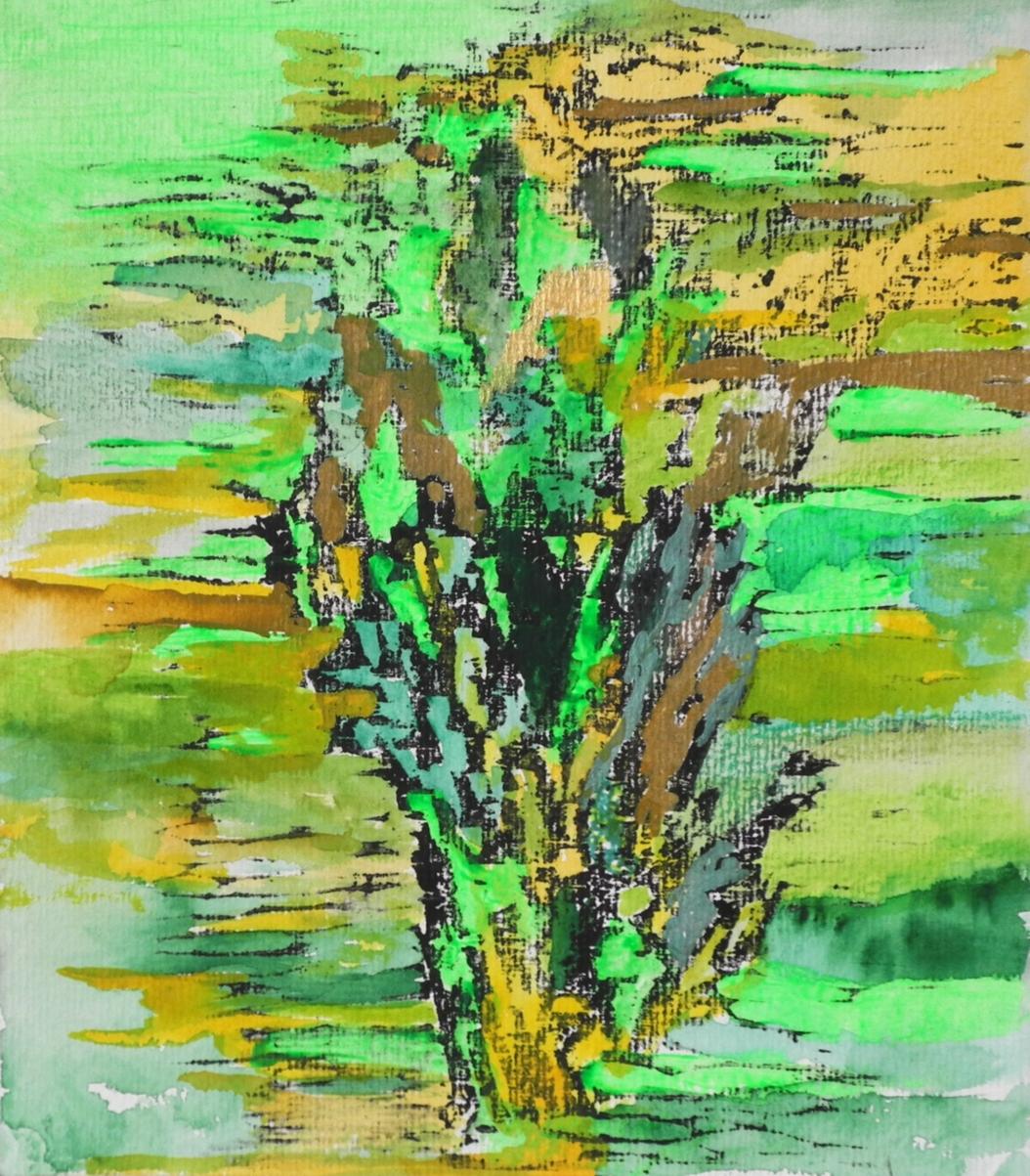
Land CONTEMPORARY ART REVIEW
Sara Conde scape
doing my Phd dissertation in Abstract Painting in the Galleries of the Lower East Side of New York at Complutense University of Madrid, and this keeps me connected to art that is being made in New York. This inspires me in my own practice. Even though I live in Spain, I create my work while keeping a dialog with the New York art scene. My training has been American, but of course, there is a great art tradition of art, classical as well as abstract in Spain, but it is something that I have not looked much into, although it would be interesting to learn about it. Most contemporary art that I have found in Spain I can not really relate to, I feel more connected to contemporary art in New York. New York is a great place to grow as an artist, It is a place where gallery openings are a part of life, with lots of artists, and lots of interesting people to speak with about art.
You are a versatile artist and your approach reveals an incessant search of an organic symbiosis between drawing, painting and printmaking. The results convey together a coherent sense of unity, that rejects any conventional classification. Before starting to elaborate about your production, we would suggest to our readers to visit http://saraconde.com in order to get a synoptic view of your multifaceted artistic production: while walking our readers through your process, we would like to ask you if you have you ever happened to realize that such crossdisciplinary approach is the only way to express and convey the idea you explore.
During my MFA I started exploring abstract biomorphic painting in different mediums, and I worked with many materials such as pumice stone, glass beads, stucco, mica, acrylics and oils among other things. When I started working on the works on paper I also wanted to use as many textures as possible, to do the same process but more connected to drawing, and then I started incorporating ball point pen, graphite, coloured pencils, markers, enamel, gouache, and acrylics. Then I started printing on the artworks or printing and drawing and painting on the prints. The complexity of mediums and techniques is an added quality to my work, they help convey different sensations in diachronic and synchronic planes of perception.
For this special edition of LandEscape we have selected Looking Back Through The Mirror and Comet, a couple of extremely interesting works that our readers have already started to get to know in the introductory pages of this article. What has at once caught our attention of your effective inquiry into the notion of futility in our unstable, everchanging contemporary age is the way you have provided your research with consistent and autonomous unity, accomplishing the difficult task of creating a concrete aesthetics from direct experience: when walking our readers through the genesis of these captivating pieces would you tell us something about your usual process and set up?
CONTEMPORARY ART REVIEW
Sara Conde scape Land


In this series I was thinking about news about the Middle East, geography, the universe, and technology. The works are in connection with the idea of nature against man-made theories, that is why some of the works are titled Oil Field for example, because I was thinking about the oil digs in the Middle East, and war, at the same time I want to convey a sense of harmony in the works. I think that the world we live in is a world of tension and peace and I want to convey that in my artworks. I started these artworks in New York, and continued working on them with a Spanish government residency from AVAM, Association of Visual Artists of Madrid, and Matadero de Madrid. I used camouflage colors mixed with fluorescent and metallic colors. While I work I am like a machine of having fun. I just go one after another, then I edit the artworks, I place them on the floor, on the walls, it is a very exciting process, like a game.
The way you to capture nonsharpness with an universal kind of language quality marks out a considerable part of your production, that are in a certain sense representative of the relationship between emotion and memory. How would you define the relationship between abstraction and representation in your practice? In particular, how does representation and a tendency towards abstraction find their balance in your work?
Thank you so much for asking this question. I am very interested in geography, landscape, nature, and
Chinese traditional painting and printmaking. Printmaking brings an organic feel to my artworks, I use the woodblock technique which I think that conceptually is the best for my work since my inspiration is nature, and wood quality adds to my artworks adding an organic feeling to them. After living in New York City for 11 years I moved to a small town in the mountains of Madrid where hiking in a national park is part of my routine. I moved here because of the mountains, because my work is inspired by nature, so I find that science, nature and the abstract are all connected. As a human being, connected to the internet and in the age of globalisation I pay attention to what is going on in the world and that also informs my work. We are in times of turmoil, the essence of contemporary times is ephemeral, nothing is stable anymore, and the world changes at an incredibly fast pace.
In Oil Field I am thinking about an oil dig in the Middle East. There are wars today for oil, when we really do not need it, in this day and age we could be driving electric cars but our governments force us to drive gasoline cars. But that is the world we live in, and we capture information from Facebook and the media. The world we live in today is more tragic and romantic that the world of the 20th Century, the age of romanticism, and we are controlled by money and power, this is my way to show the ephemeral world we live in. At the same time, there is beauty in the world, Sun Reflected on River is an abstraction of
Conde scape Land CONTEMPORARY ART REVIEW
Sara
what could be a scene that you could see while hiking in the mountains where I now live.
Elements from environment are particularly recurrent in your imagery and they never plays the
role of a mere background. Do you see a definite relationship between the notion of land and your work?
Not all of my artworks are about land, but many of them are related to nature. Thanks for asking this question. Mostly

CONTEMPORARY ART REVIEW
Sara Conde scape Land
I am interested in abstraction and nature, and land is part of this. What I am mostly interested in creating my work is in making small things, big things, textures, different shapes, colors, and using different materials and techniques. Variety is what moves me really. But I have to admit that at times landscape inspires me.
A relevant part of your practice comes from direct observation of the environment, so we would take this occasion to ask you if in your opinion personal experience is an absolutely indispensable part of a creative process... Do you think that a creative process could be disconnected from direct experience?
An Exiting Night After a Longboard Day was created during an exciting night after a longboard day. That day I had gone to the swimming pool in the morning with the guy I was dating at the time, and then we did longboard with some friends, going down hills in the roads of the village where I live. After we went home and I taught him to print on top of my agnes-martin like drawing, I taught him to print my woodblock on my drawing and he helped me do it, so this comes directly from experience and from personal life as well. This is the only artwork where the hand of another person is.
We really appreciate the way you combine the immediacy of drawing with the ponderousness of painting so we would like to pose some questions about the balance established by colors and texture: your pieces combine loud, vivacious
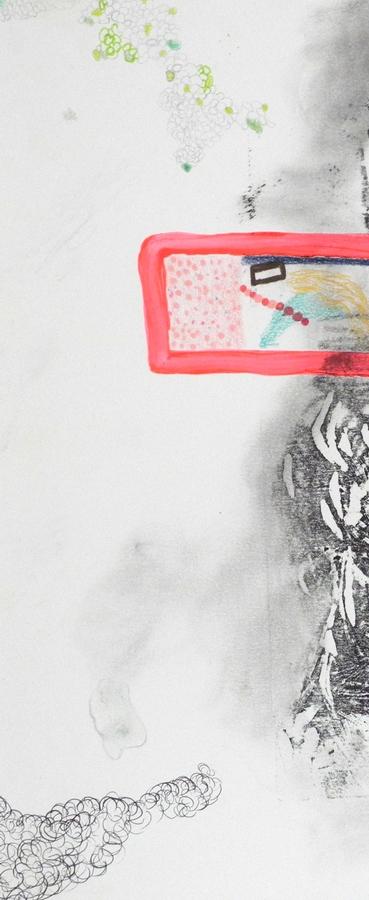
Conde scape Land CONTEMPORARY ART REVIEW
Sara
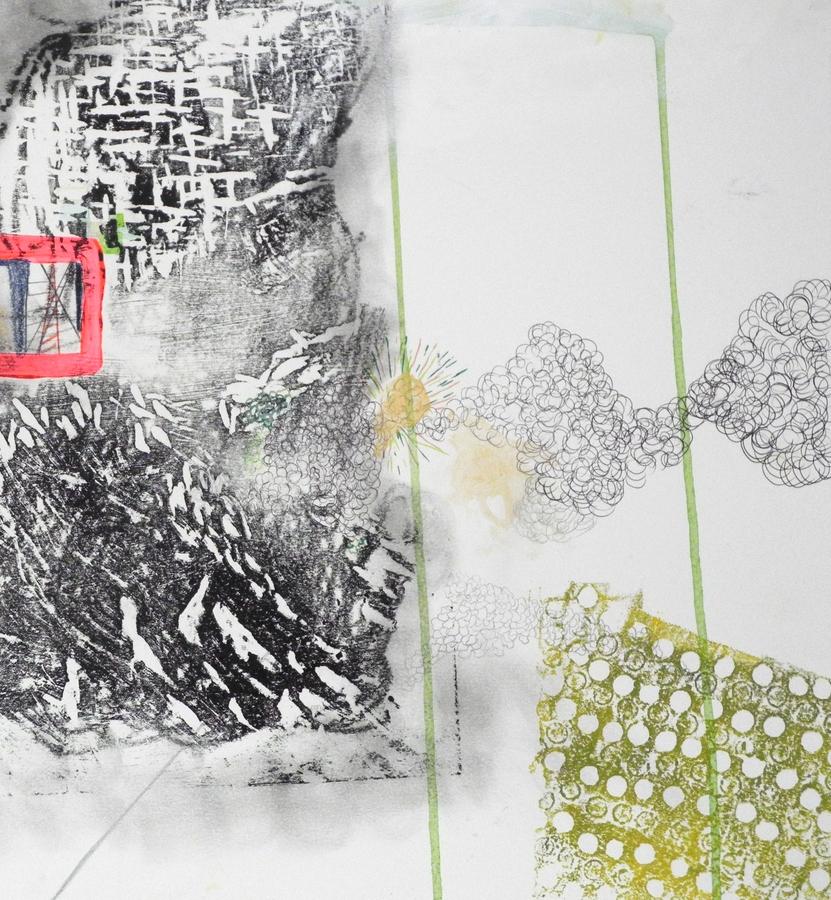
Sara Conde scape Land CONTEMPORARY ART REVIEW
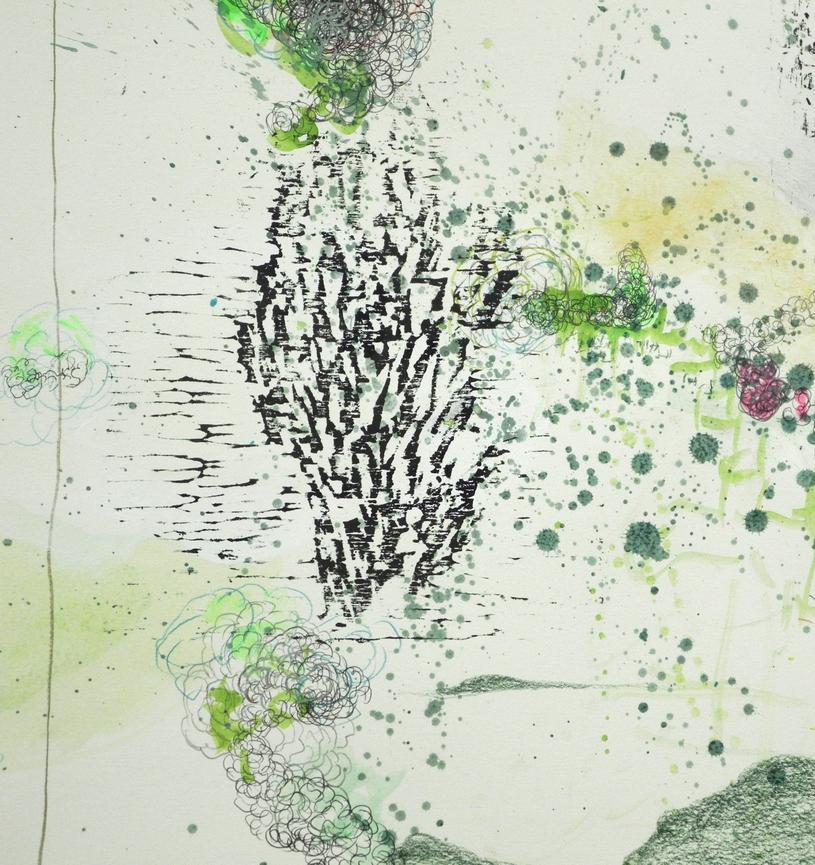
Sara Conde scape Land CONTEMPORARY ART REVIEW
tones and contrasting shapes that accomplish the difficut task of establishing tension and a provocative dynamic. We have really appreciated the vibrancy of thoughtful nuances that saturate your canvas and especially the way they suggest the idea of plasticity. How did you come about settling on your color palette? And how much does your own psychological make-up determine the nuances of tones you decide to use in a piece and in particular, how do you develope a painting’s texture?
I chose my palette thinking about war and the Middle East, because we live in a time of war, and even though I have lived in the U.S. and in Europe, I think that we now, with globalisation are affected by what goes on in other continents, specially if we are involved in those wars. But we see the news through photos and the internet, not even through television due to the constrains that the media and governments set.
The texture of life comes in many forms, just like we see images through screens today, and we live in a digitalised world. I think that this can also be seen in my works, it´s the texture of the lived experience. And there are many layers to this texture, some are painted, some are drawn and some are printed on. I work on paper so I think that these works are more related to drawing that to painting, but that is just my opinion, a viewer could think otherwise. I also like working in layers and using different textures, adding depth to my work through the
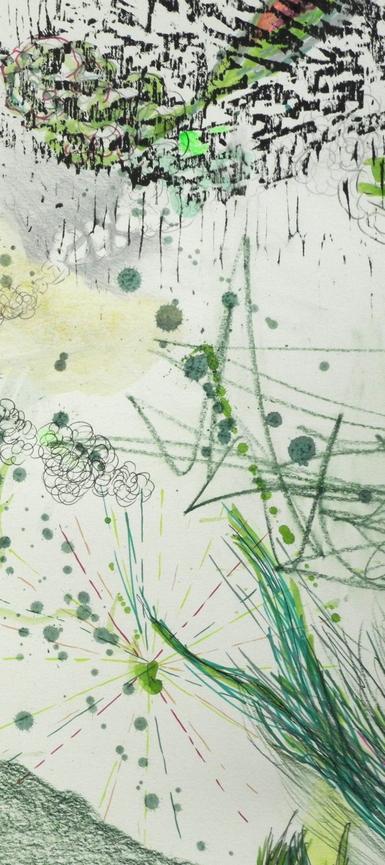
scape Land CONTEMPORARY ART REVIEW
Sara Conde
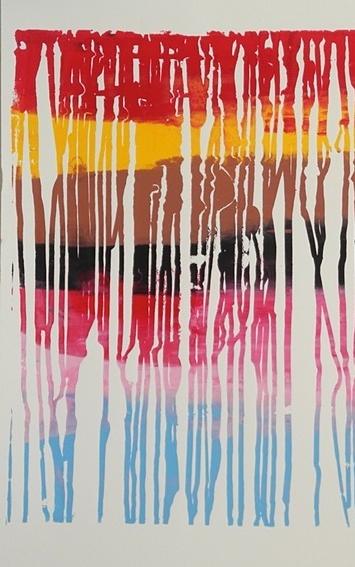

complexity of materials and techniques.
You also create ephemeral installations in architectural, urban, and natural spaces and the way you play with the duality of flatness and space urge the viewers to inquire into the interstitial space between personal and public spheres, providing the spectatorship with an immersive experience that forces such a contamination between the inner landscape and the outside: how do you see the relationship between public sphere and the role of art in public space?
In Athens I divided a beach with an art installation. People were very interested in the work, and very appreciative. I think that there is a need for art in the public sphere, art connects people and makes them interact. Art also transform the place into something new and makes people inquisitive, they are transported out of their routine.
How do you go about naming your work? In particular, is important for you to tell something that might walk the viewers through their visual experience?
The names that I give my works are poetic and are what I am thinking about while creating the work, or sometimes I create the work and then think of a name for them. I think that they sometimes walk the viewers through their visual experience…some people I think can relate to certain names and
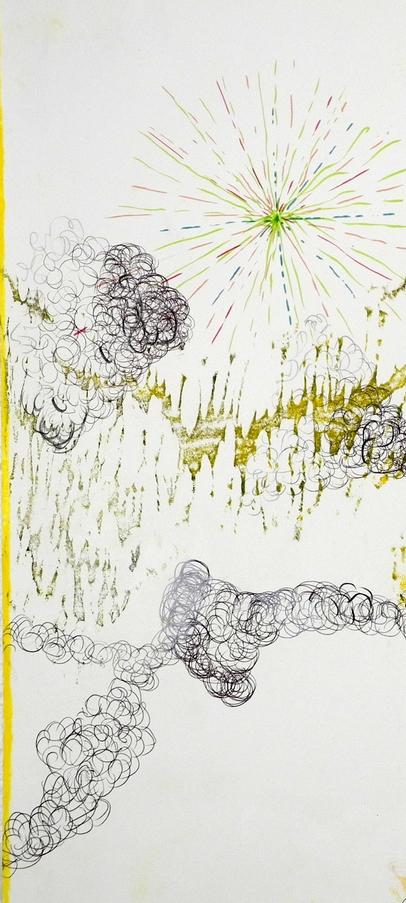
Conde scape Land CONTEMPORARY ART REVIEW
Sara
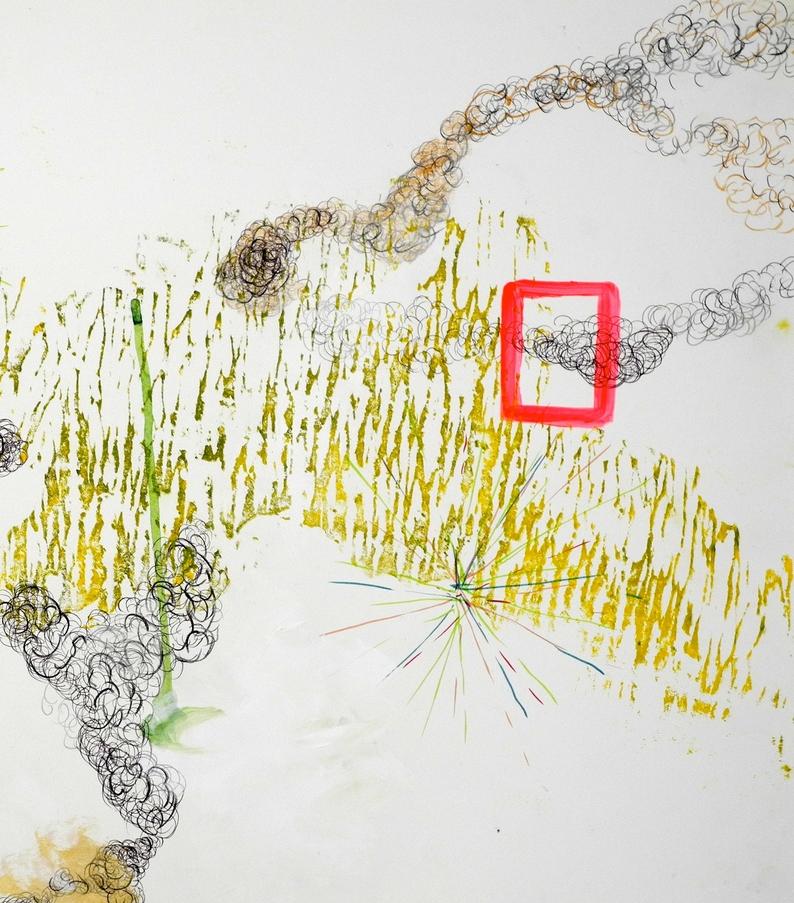
Sara Conde scape Land CONTEMPORARY ART REVIEW
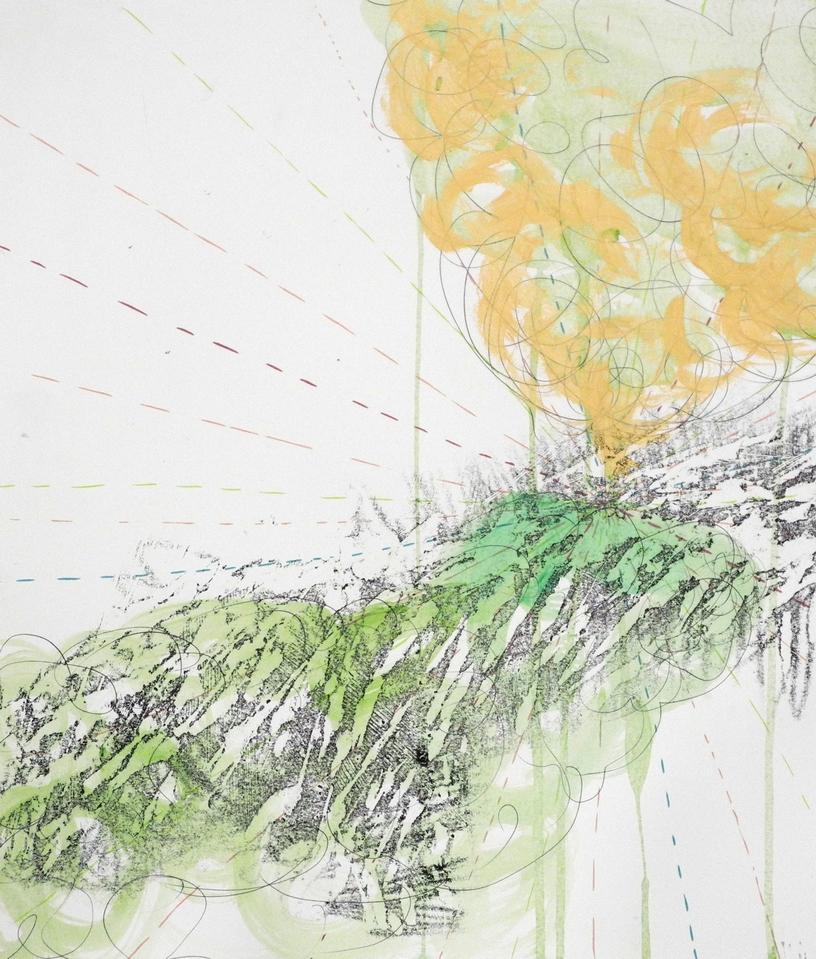
Sara Conde scape CONTEMPORARY ART REVIEW Land
the way in which they look at a work is very much affected by how you name an artwork.
Over your career you have extensively exhibited in several occasions, both in the United States and abroad: one of the hallmarks of your work is the capability to create a direct involvement with the viewers, who are urged to evolve from a condition of mere spectatorship. So before leaving this conversation we would like to pose a question about the nature of the relationship of your art with your audience. Do you consider the issue of audience reception as being a crucial component of your decision-making process, in terms of what type of language is used in a particular context?
I am interested in creating work that has variety. I think that variety is playfulness and my work is about creating scenes, new compositions, new textures. I am inspired by the abstract New York contemporary art scene, and my work is in dialog with this work.

Thanks a lot for your time and for sharing your thoughts, Sara. Finally, would you like to tell us readers something about your future projects? How do you see your work evolving?
At the moment I am working around the idea of geometry, and the outer space.
scape Land CONTEMPORARY ART REVIEW
Sara Conde
An interview by Katherine Williams, curator and Josh Ryder, curator landescape@europe.com
Yael Goldberg
Lives and works in Tel Aviv, Israel
Look at the object… cut it, break it, rethink it. make a new world which covers what is underneath. The chaos becomes beauty, The distortion makes perfection.
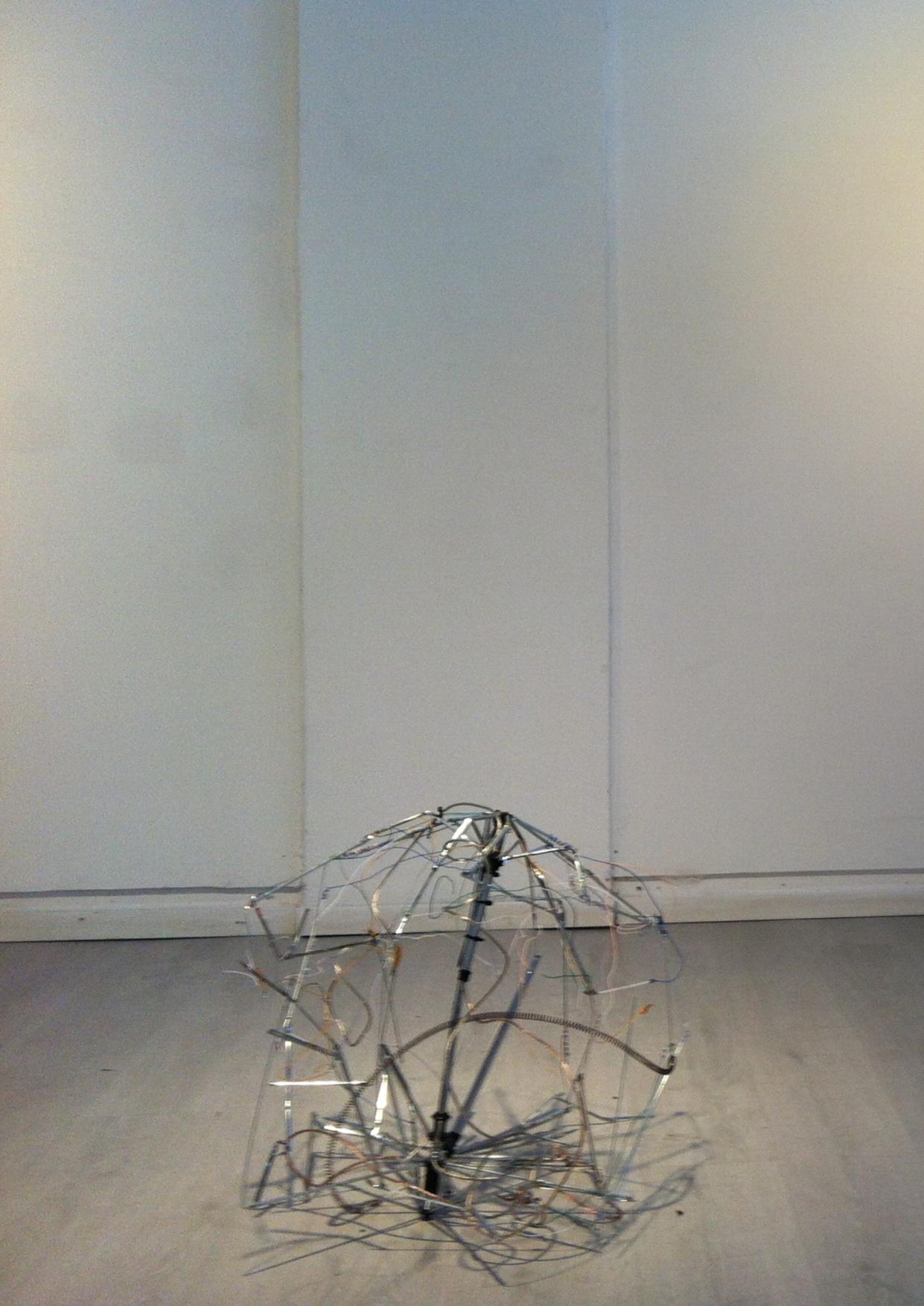

LandEscape meets
Yael Goldberg
Katherine Williams, curator and Josh Ryder, curator landescape@europe.com
Artist Yael Goldberg's work walks the viewers through a multilayered experience, inducing them to elaborate personal associations and intepretations. His style rejects any conventional classifications and is marked with freedom as well as rigorous formalism, when encapsulating a careful attention to composition and balance. One of the most convincing aspects of Goldberg's practice is the way she urges the viewers to challenge the relationship between our intellectual sphere and our physical experiences in an uncoventional way, driving us towards an area of intellectual interplay between memory and perception. We are very pleased to introduce our readers to his captivating artistic production.
Hello Yael and welcome to LandEscape: before starting to
elaborate about your artistic production would you like to tell us something about your background? Are there any particular experiences that have influenced your evolution as an artist? And in particular, how does your substratum inform the way you relate yourself to art making and to the aesthetic problem in general?
I would like to start by saying thank you to landscape magazine for picking me to the 8th edition. It is a great honor. I can say about my self that also as a child and while I grew up I always drawn to art somehow. It was by going to classes during or after school, and if it was by my self. But it was only in the 4th year of my academic studies that I learned what art really is about . I learned
scape Land CONTEMPORARY ART REVIEW
An interview by
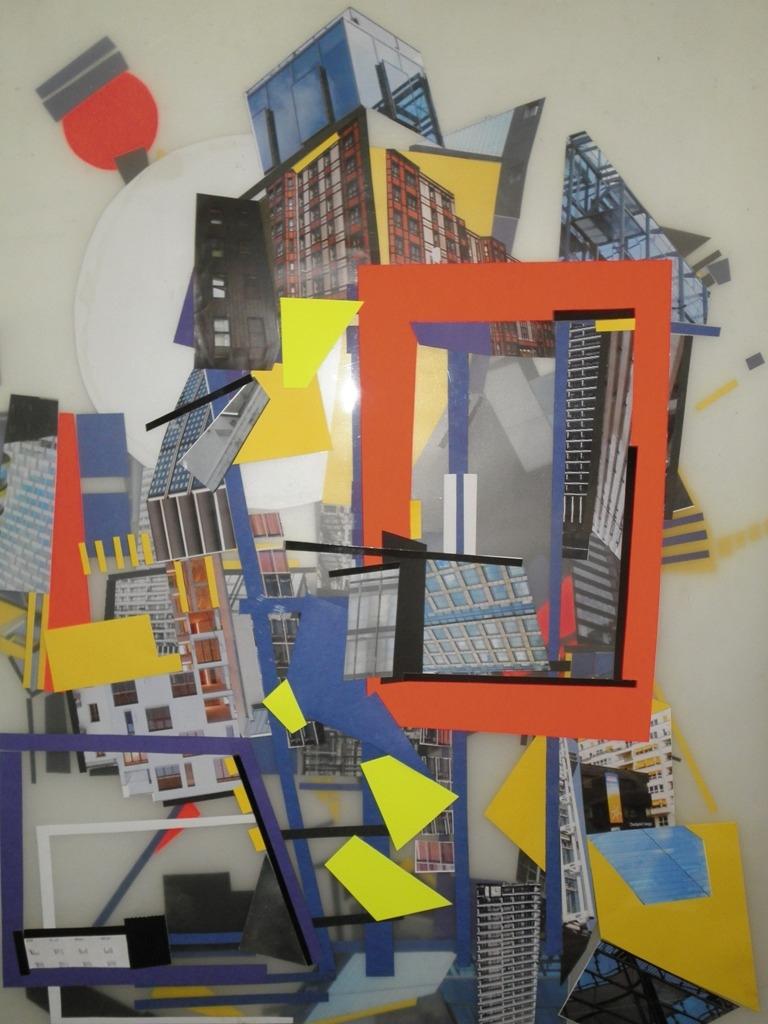
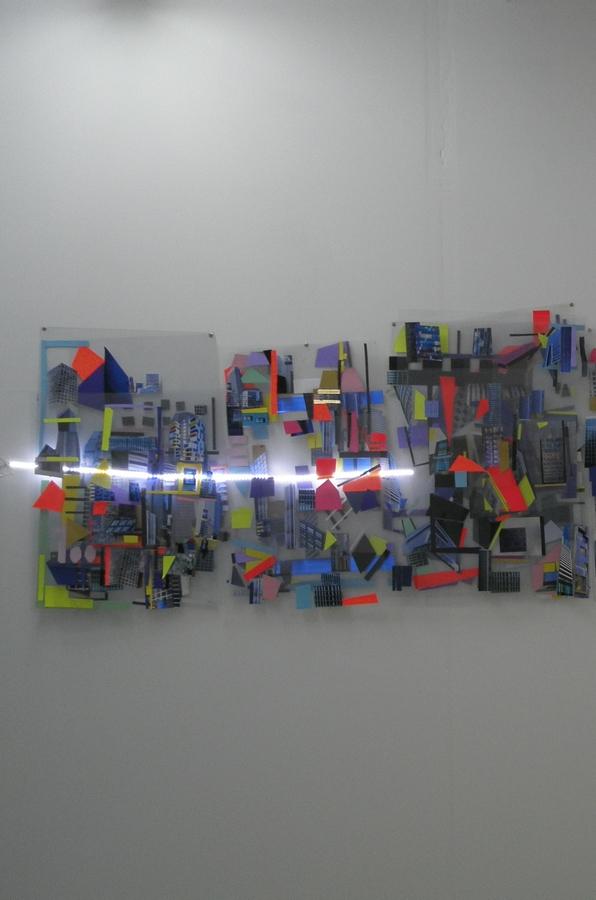
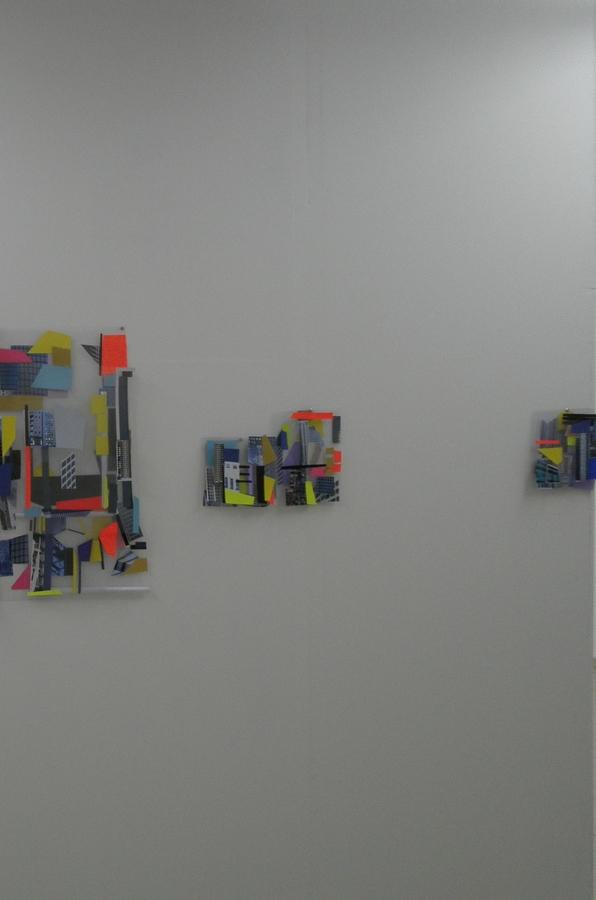
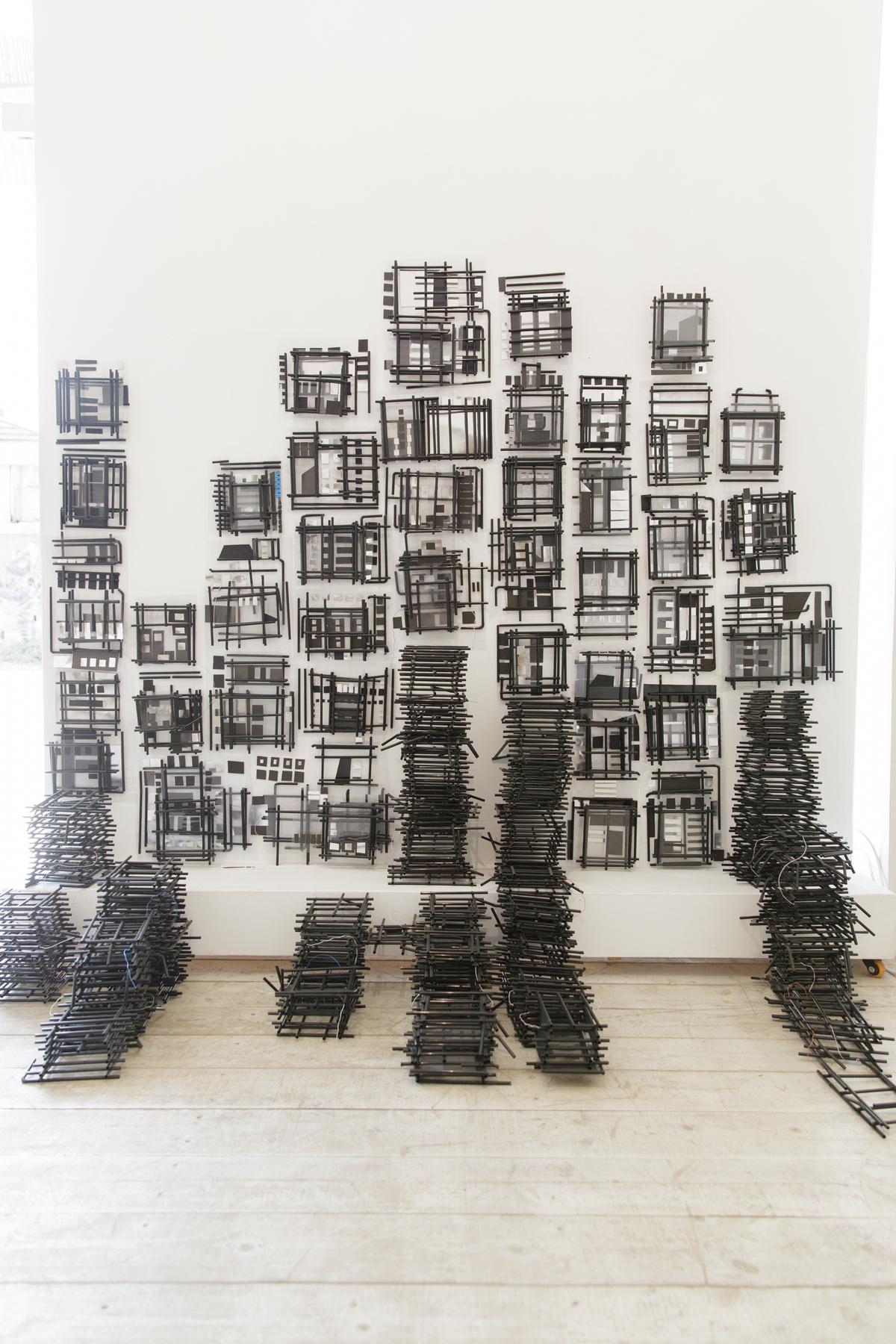
how to express my intuition in a clever way , and learned what is the process of art making. After I finished my art studies I rented a studio and continued to make art In any free time I had. I had few exhibitions and in that period I believe I discovered my aesthetic way of how I see the and think the world. I believe that some events I experienced In life had influenced my artistic way. The most significant one was at the age of 16 when my mom past away. Facing death at that age made me eventually to a person who cast doubt in everything. that is I believe very important as an artist. The death experience brought me to a place where I ask questions all the time in any matter. I insistently search and study life and everything in them And that is the way to understand how to make art in a conscious way. I understood that every color or every way of cutting has to mean something and as an artist you must know and implement that. The challenge now is to keep the intuitive also while I think about every step I do when I create. I find it easier at painting and that is one reason
why I decided to go back there after a while that I did other things.
You are a versatile artist and the kaledoiscopic nature of your practice shows an organic synergy between a variety of expressive capabilities. Before starting to elaborate about your production, we would suggest to our readers to visit yaelgoldberg.co.il in order to get a synoptic view of your multifaceted artistic production: while walking our readers through your process, we would like to ask you if you have you ever happened to realize that such multidisciplinary approach is the only way to express and convey the idea you explore.
I don’t believe it is the only way , but I know that I have the desire to combine more than one material in my sculpting. I think this is because I use a lot of ready made objects, I break them and recreates it in other way. So naturally I would use another material to build it again. It is also creates the meaning of contrast a lot of times and this serve my ideas. But when I paint I don’t have the
CONTEMPORARY ART REVIEW
Yael
Goldberg scape Land
pressure to have more materials and this is where I am the most clear and calm when I make art.
For this special edition of LandEscape we have selected the walkers, an interesting work that our readers have already started to admire in the introductory pages of this article. What has at once captured our attention of this body of work is the way the effective combination between rigorous construction and a freedom of composition provides this piece with a dynamic and autonomous aesthetics and it's really captivating. While walking our readers through the genesis of the walkers, would you shed light to your main source of inspirations?
The walkers is one of three pieces of body work which made by photos of advertisement at bus stations in the city. I created three zombies figures which represent the effect of advertisement on our mind. The models who are the presenters of the tags are distorted , by that I wanted to express the twisted effect of those about our mage as society. Also the replication of
the same advertisements points at the les of unique and individuality of today's world. As I said before, I always ask questions and when I watch the media or advertisement, I think about the effects of it on us which is usually bed, and still it works. The bus station is a place where you stay and stare and not only pass by the advertisement. in a dramatic way of saying it is the place where you can be a zombie or you can start living. I think that most of society behaves as zombies and that is the main issue in these works.
The way you to capture nonsharpness with an universal kind of language quality marks out a considerable part of your production, that are in a certain sense representative of the relationship between emotion and memory. How would you define the relationship between real and unreal, between abstraction and representation in your practice? In particular, how do figurative and a tendency towards abstraction find their balance in your work?
It is exactly the way I precept
Land CONTEMPORARY ART REVIEW
Yael Goldberg scape
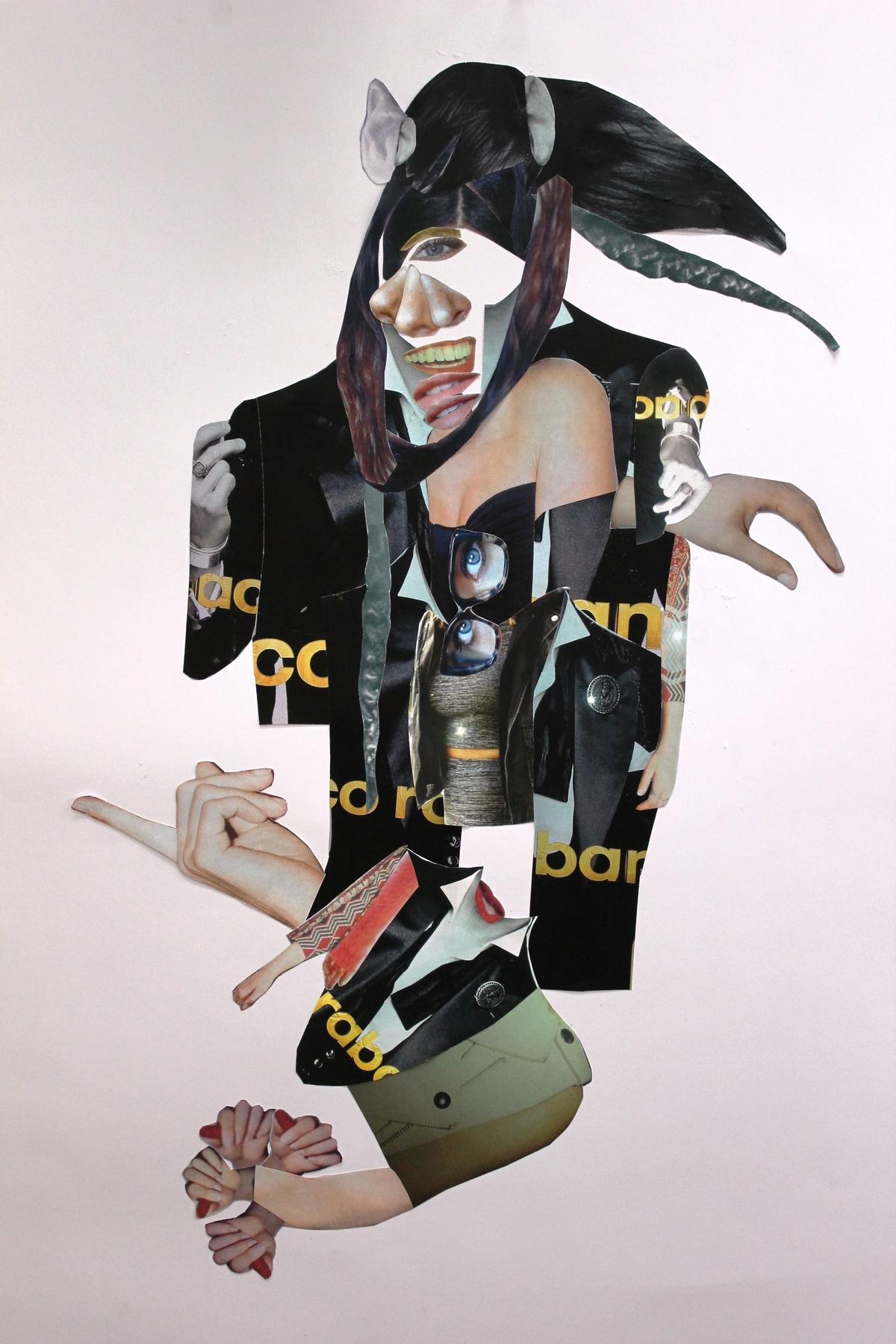
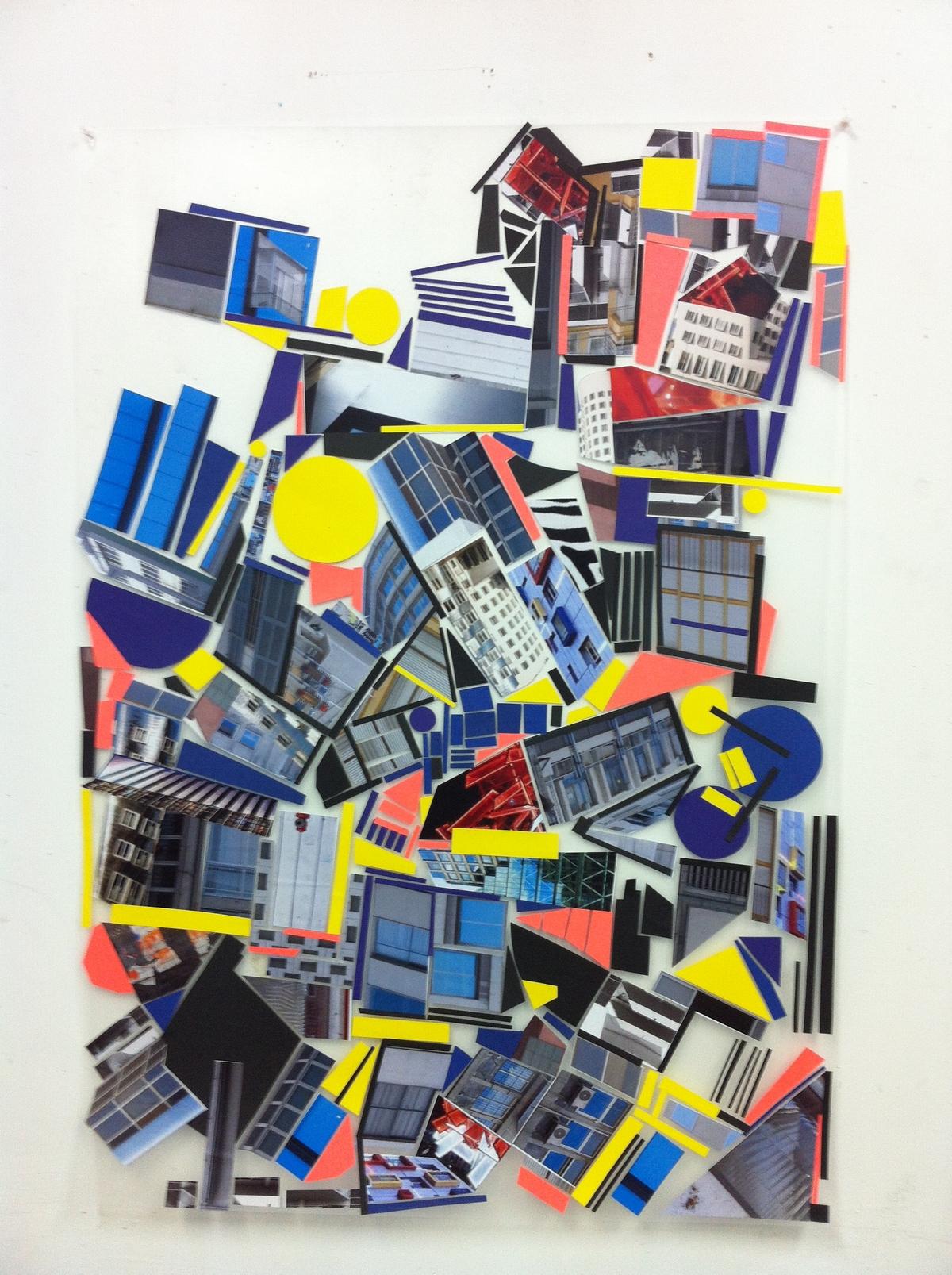
life. It is the balance between reality and illusion. I live life with the feeling that everything I see and feel is real, but at the same time I doubt that. I think that maybe everything is an illusion and the reality that I sense does not exist. I believe that also when I make art I bring this perception. I use images that we can recognize but I use them in abstract way which makes you wonder if the reality we know is really what we believe in or maybe it is what we taught to believe? I find that using imagination and to be open minded in life, makes everything easier and much more interesting, I believe it is like that in art also. The balance is important and only figurative or only abstract is not enough, but both of them creates the interest and curiosity.
Your works could be considered as explorations of the insterstitial point between figurative and abstract in constructed space of our mediadriven ange: we have appreciated the way your research unveils the flow of information through an effective non linear narrative,
establishing direct relations with the viewers: German multidisciplinary artist Thomas Demand once stated that "nowadays art can no longer rely so much on symbolic strategies and has to probe psychological, narrative elements within the medium instead". What is your opinion about it? And in particular how do you conceive the visual unity for your works?
I can agree with what demand is saying because in our days, people are smarter and are floated with information and with images all the time and when they will be at the gallery, I believe that they would understand what the meaning of an image from the media more then the meaning of a color or perspective. It is also important and art can not be apart from symbolism, but it cant be just it. There has to be something who is related to the psychological elements who are beside and inside of us all the time.
Another interesting project of yours that has particularly impressed us and on which we would like to spend some words
CONTEMPORARY ART REVIEW
Yael Goldberg scape Land
is entitled the biters: we appreciated the way you have been capable of creating a point of convergence between a kind of imagery belonging to universal imagery and direct experience with concrete aesthetics you convey through a personal language. So we would take this occasion to ask you if in your opinion personal experience is an absolutely indespensable part of a creative process... Do you think that a creative process could be disconnected from direct experience?
I do believe that personal experience and creative process has to come together. As an artist, you explorer all the time every thing around you . the outcome of the creative process can take even one day to make, but the worth of an artwork is also the time you spend to think and to discover new things about the subject. The personal experience it is that exactly. It is to process every experience and to look under the surface of everything you see ,hear or think. When you do that you get the full experience from
everything because you are present in the moment, you function threw your mind and by feelings and you don’t just flow with life. By that you understand the complex and when you bring it to art it is the complete phenomenon . in life, the process and patience of a person are crucial as in art. You have to start from one point and go threw a lot of others to make it accomplished. You have to make mistakes to build your self and to learn until you will get to the final, and of course it will go on again and again.
Inviting the viewer to discover interpretations and associations, your works allow an open reading, a great multiplicity of meanings: associative possibilities seems to play a crucial role in your pieces. How important is this degree of openness?
I think it is very important in art to leave an open for interpretation because when people look at art work and they understand right a head what the meaning of it, they will be bored and wont be processing
Yael Goldberg scape Land CONTEMPORARY ART REVIEW


the meanings. Also, I believe that good art is one who has a lot of meanings when someone look at it. If I meant to say something, as an artist, but it could be interpreted In some other ways for the viewer, I feel satisfied. It means, for me, that I took one subject who can reflect to other references by the way I created it and that is where I feel success as an artist. The challenge is that exactly, to make a full and large experience with even the smallest photo or sculpture.
How do you go about naming your work? In particular, is important for you to tell something that might walk the viewers through their visual experience?
I think that it really depends on the work and the subject. I don’t name all of my works, but there are some of them that I know that by naming theme, it will be completed and it is a must. The process of choosing a name involves exploration and it has to be exact to the piece, other wise it can disrupt the intensity of it. The name can define the nature of the work. It can take her from
a touching place to a cynical and amusing. It is important as the piece is important and sometimes it is better to not name it at all. Also, it must be kind of sophisticated and not straight as the subject itself. For example, when I named the series of "the walkers, the biters ,the stenches", I searched for a name who is connected to zombies but belongs to different media and I got to the movies of George romero about zombies where there is criticism about the American society. I did some research and found those three titles who are connected to those movies in a none directed way. Even if you don’t know about these movies , the meaning of those words will take you to the way I meant.
One of the hallmarks of your work is the capability to create a direct involvement with the viewers, who are urged to evolve from a condition of mere spectatorship. So before leaving this conversation we would like to pose a question about the nature of the relationship of your art with your audience. Do you consider the issue of
CONTEMPORARY ART REVIEW
Yael Goldberg scape Land
audience reception as being a crucial component of your decision-making process, in terms of what type of language is used in a particular context?
Definitely yes. Even if I work on some topic who is relevant to a specific group, nation or country, I would like it to be able to face any person, even if his not part of it. Art changes as life change and in this age where everything is universal and in an instant people can connect from marroco to japan, art has to be communicated in an instant also. If I would choose a subject who is related to the place where I come from or live in, it has to be relevant also to people who aren’t. I would simplify the subject and the context would be just the way to show it. It is important for me to do it also because I believe that even when some event or subject who is related to a specific place is part of my work, I want to bring out the meaning of it and not one point of view. I don’t think it is relevant for me as an artist to pick one side of politic matter or in a national matter, it is my place to reveal what cause the
problem and make the viewers wonder about it.
Thanks a lot for your time and for sharing your thoughts, Yael. Finally, would you like to tell us readers something about your future projects? How do you see your work evolving?
Recently I started painting again after that for few years my main creation was by sculpting. I feel that I need some freedom which only painting can bring to my art. after a while that I tried to bring out the rage and criticism I had about what is going on in the world, I decided that maybe I need to bring some pleasantly in my work. Lately I have a lot of inspiration from Kandinsky and I think that everyone are so tiered from fighting against the system (which anyway doesn’t help), and coming back to spirituality in art can be much more useful then fighting. Abstract art always was the most interesting to me and I have always somehow touched the subject of space. I find that it is my inspiration right now and you could see my latest paintings at my facebook page –yael Goldberg art.
Yael Goldberg scape Land CONTEMPORARY ART REVIEW

Ryota Matsumoto
Matsumoto’s artwork reflects the morphological transformations of our everevolving urban and ecological
milieus that are attributed to a multitude of spatio-temporal phenomena influenced by social, economic and cultural factors.
The artwork explores the hybrid technique combining both traditional media (ink, acrylic, graphite and photo collage) and digital media (algorithmic processing, parametric modeling, data transcoding and image compositing with custom software). The varying scale, juxtaposition of biomorphic forms, intertwined textures, oblique projections and visual metamorphoses are employed as the multilayered drawing methodologies to question and investigate the ubiquitous nature of urban meta-morphology, the eco-political reality of the Anthropocene epoch, the advancement of biomaterial technologies and their visual representation in the context of non-Euclidean configuration. Furthermore, the application of these techniques allow the work to transcend the boundaries between analog and digital media as well as between two- and multidimensional domains.
His compositional techniques imbue the work with what we see as the very essence
of our socio-cultural environments beyond the conventional protocols of architectural and artistic formalities, and that they conjure up the synthetic possibilities within which the spatial and temporal variations of existing spatial semiotics emerge as the potential products of alchemical procedures.
Ryota Matsumoto is a principal and founder of an award-winning interdisciplinary design office, Ryota Matsumoto Studio. He is an artist, designer and urban planner. Born in Tokyo, he was raised in Hong Kong and Japan.
He received a Master of Architecture degree from University of Pennsylvania in 2007 after his studies at Architectural Association in London and Mackintosh School of Architecture, Glasgow School of Art in early 90’s. Matsumoto has previously collaborated with a cofounder of the Metabolist Movement, Kisho Kurokawa, Arata Isozaki, Cesar Pelli, MIT Media Lab and Nihon Sekkei Inc. before establishing his office. His current interest gravitates around the embodiment of cultural possibilities in art, ecology and urban topography.
An artist's statement
scape Land CONTEMPORARY ART REVIEW
Lives and works in Tokyo and New York City
Ryota Matsumoto
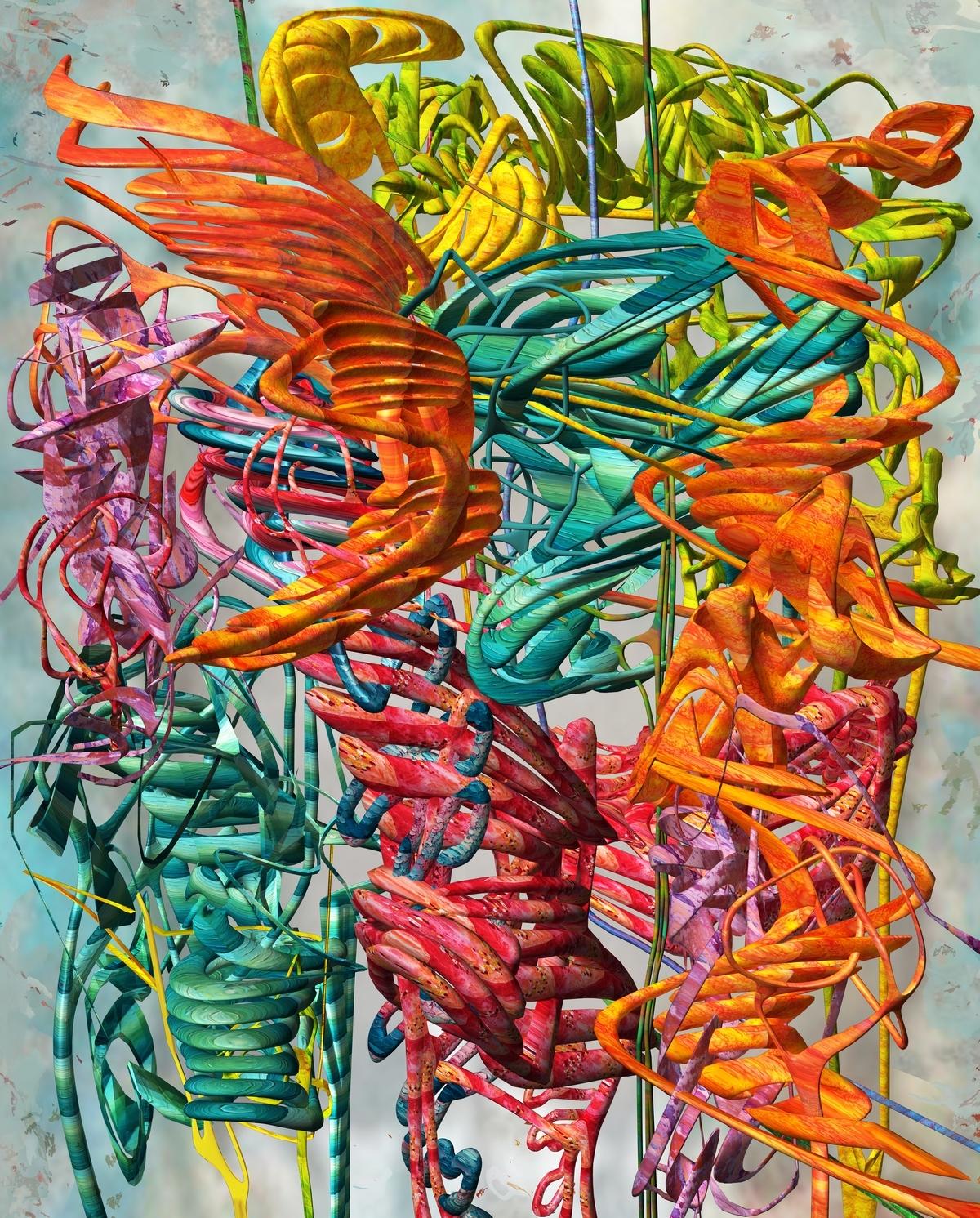
LandEscape meets
Ryota Matsumoto
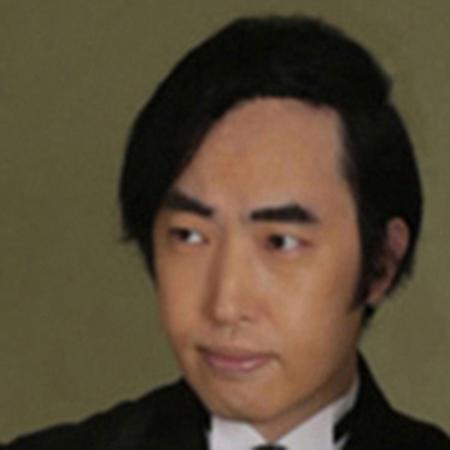
Ryota Matsumoto is an artist who bravely transverses borders: his work provides the spectators with an augmented experience, forcing the channel of communication between between perception and imagination, to challenge the relationship between the viewers' perceptual parameters and their cultural substratum. His works induce us to elaborate personal associations, offering at the same time a captivating multilayered aesthetic experience. One of the most impressive aspects of Matsumoto's work is the way it accomplishes the difficult task of showing the elusive point of convergence between twoand multi-dimensional domains. We are very pleased to introduce our readers to his stimulating and multifaceted artistic production.
Hello Ryota and welcome to LandEscape: before starting to
elaborate about your artistic production would you like to tell us something about your background? You have a solid formal training and you hold a Master of Architecture degree, that you received from the University of Pennsylvania after your studies at Architectural Association in
scape Land CONTEMPORARY ART REVIEW
An interview by , curator and , curator
Ryota Matsumoto
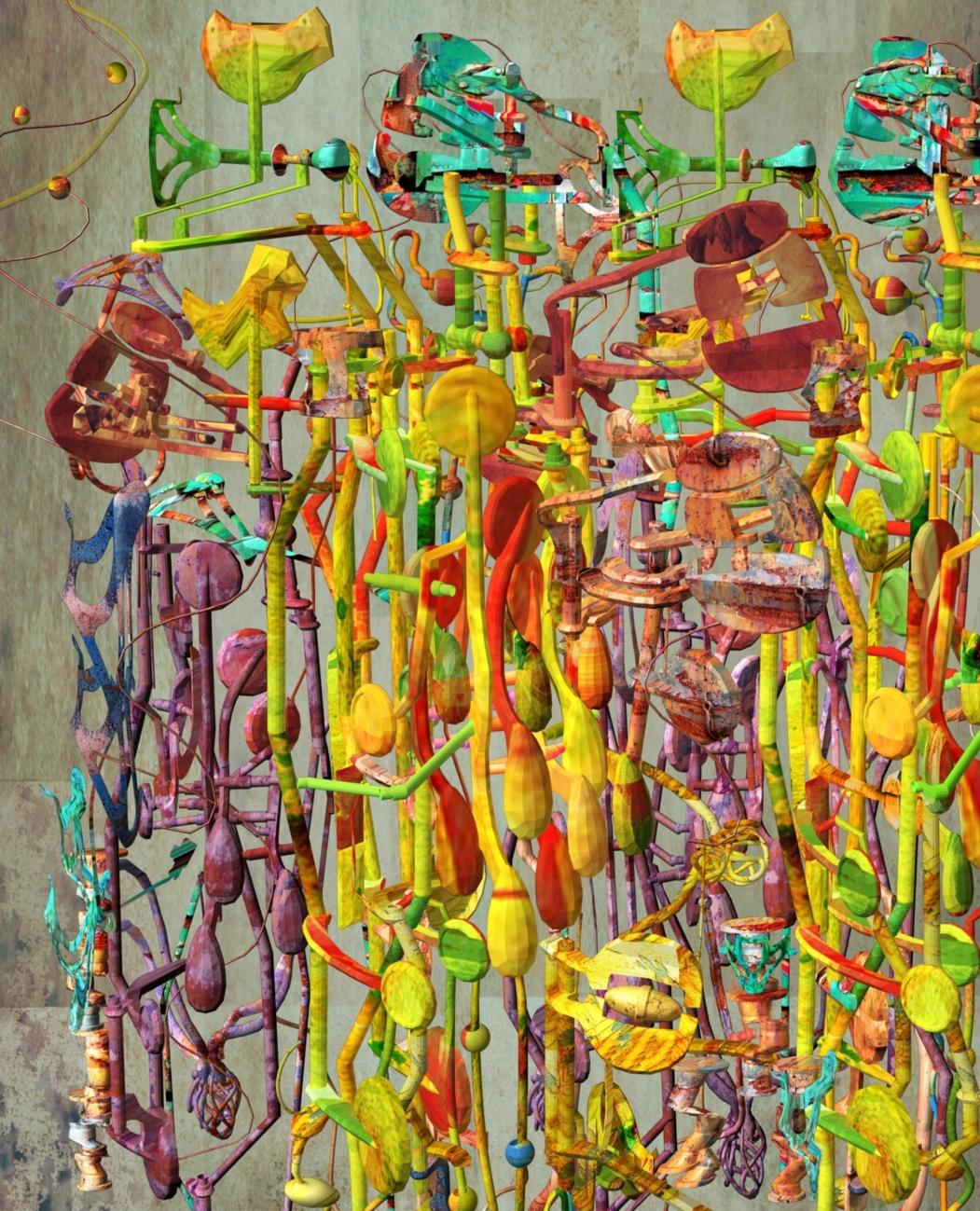
scape Land CONTEMPORARY ART REVIEW

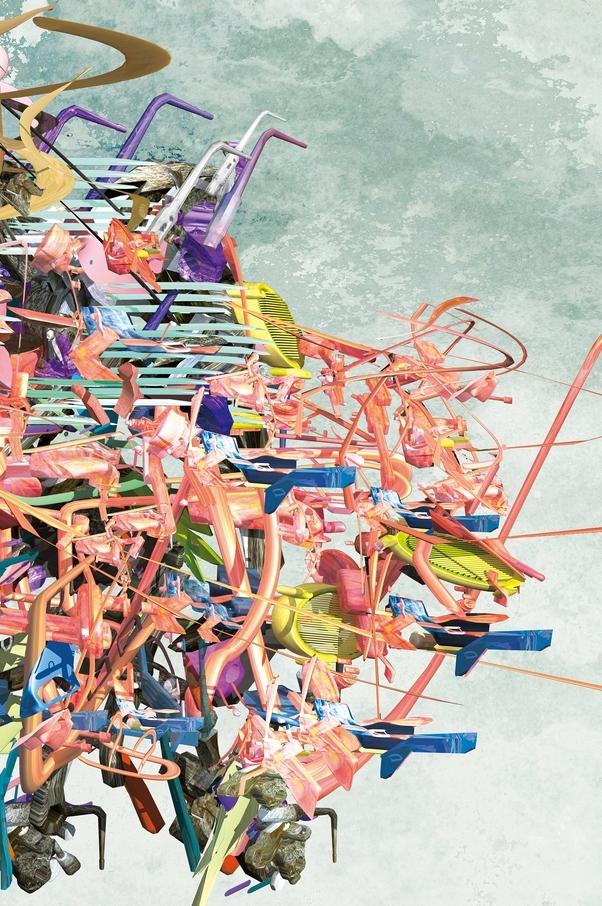
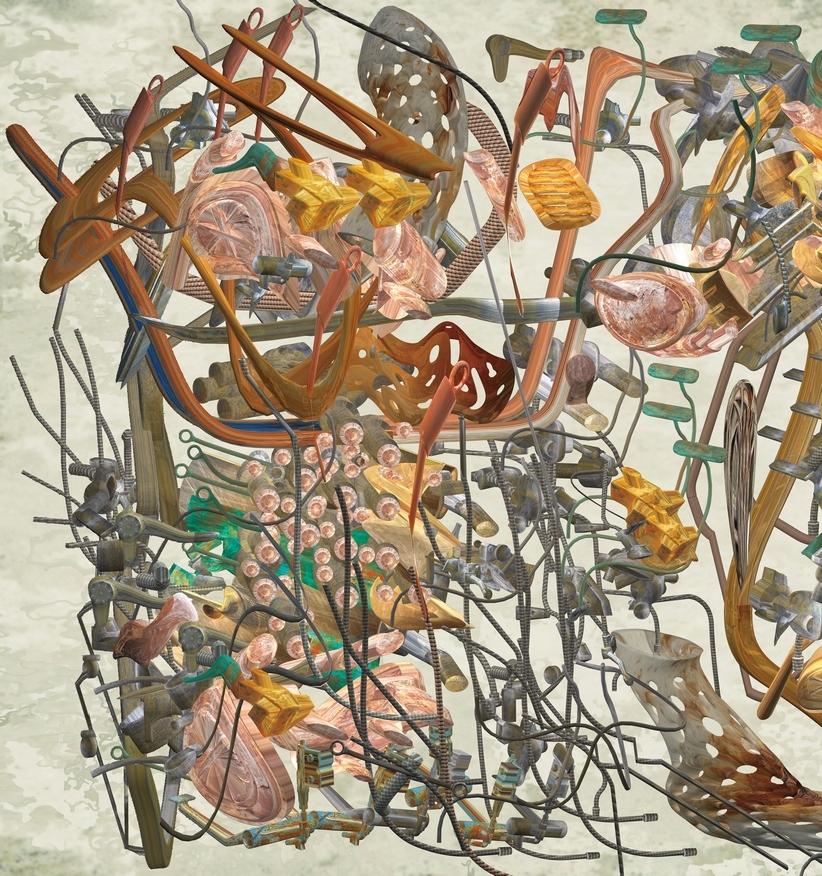
Ryota Matsumoto scape Land CONTEMPORARY ART REVIEW
London and Mackintosh School of Architecture, Glasgow School of Art in early: how do these experiences influence the way you conceive your artworks? And in particular, how does your cultural substratum inform the way you relate yourself to art making and to the aesthetic problem in general?
As architecture relates to other creative fields such as art, technology, and the study of cultures, it was crucial for me to have interests in a broad range of subjects even during my formative years as a designer. For example, I like to paint whenever time allows. Therefore, I feel that the academic fields listed above have certain similarities in terms of being creative outlets, and complement each other well as far as a multiperspective approach to visual communication is concerned. Suffice to say, art and architecture share a lot in common in terms of engaging with forms, structures, and color. For me, both pathways merged naturally after I graduated from college.
At the present time, it seems to me that the boundaries between art and design disciplines are increasingly less significant, since they tend to blur. There are emerging cross-disciplinary and intercultural practices that seek to address impending issues of trans-
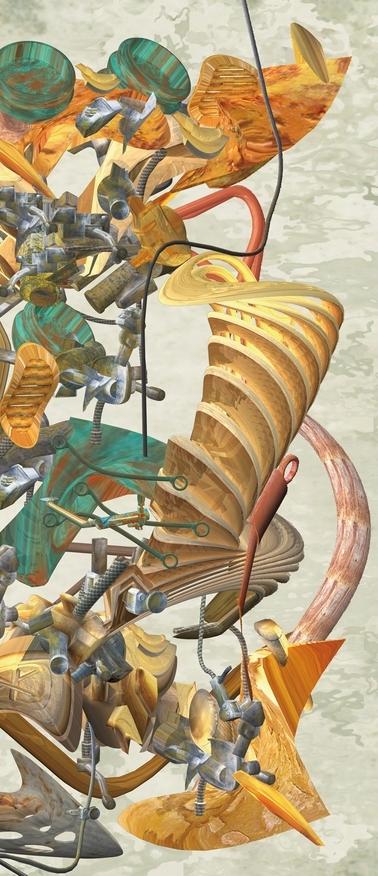
CONTEMPORARY ART REVIEW
Ryota
Matsumoto scape Land
human epistemology and the Anthropocene epoch. These agendas led me to speculate on future urban and ecological milieus that would be informed by the complex interplay of socio-economic, institutional, and technological activities.
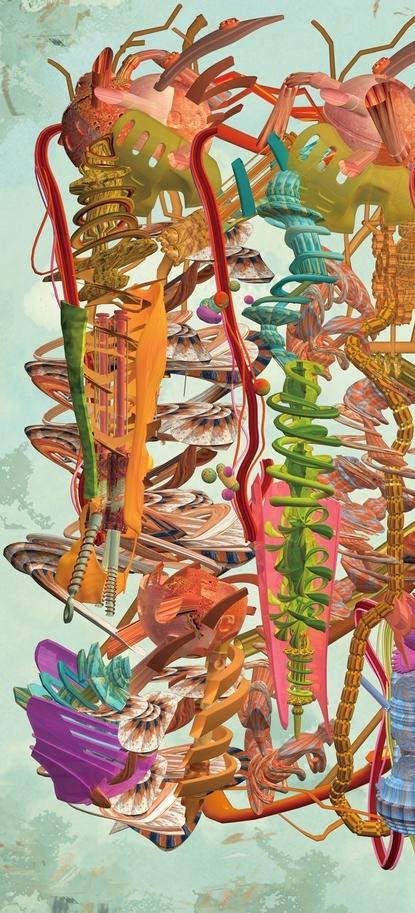
Your approach is very personal and condenses a variety of technique including watercolor, acrylic and latex paint, colored pencils, graphite, and gold leaf, that you combine together into a coherent balance. We would like to direct to our readers to your website www.ryotamatsumoto.com in order to get a synoptic view of your work: while walking our readers through your process, we would like to ask you if you have you ever happened to realize that such combination between different media is the only way to express and convey the idea you explore.
I think there are still a myriad of ways to test ideas and experiment with a multitude of media platforms. For instance, my work could be integrated with cloud computing, online communities, digital fabrication, and mobile devices. Consequently, my work is perceived as something that is constantly in flux, and transforms
scape Land CONTEMPORARY ART REVIEW
Ryota Matsumoto
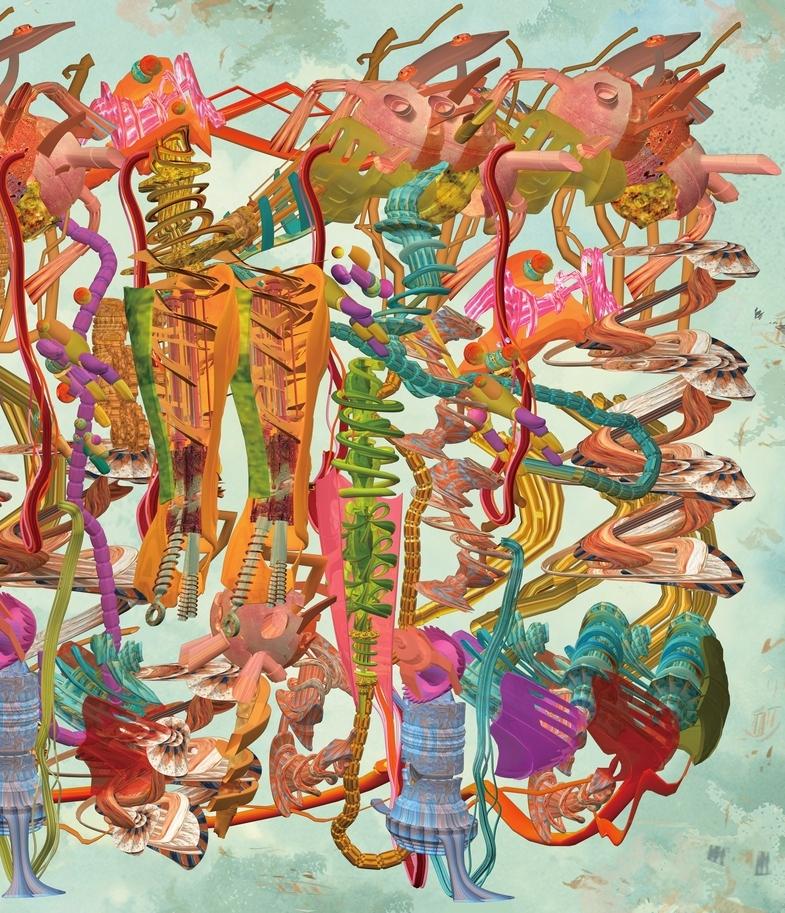
Ryota Matsumoto scape Land CONTEMPORARY ART REVIEW


relative to ever-changing sociocultural dynamics.
Would you tell our readers something about your usual process and the evolution of your style? In particular,
are your works painted gesturally, instinctively? Or do you methodically transpose geometric schemes from paper to canvas?
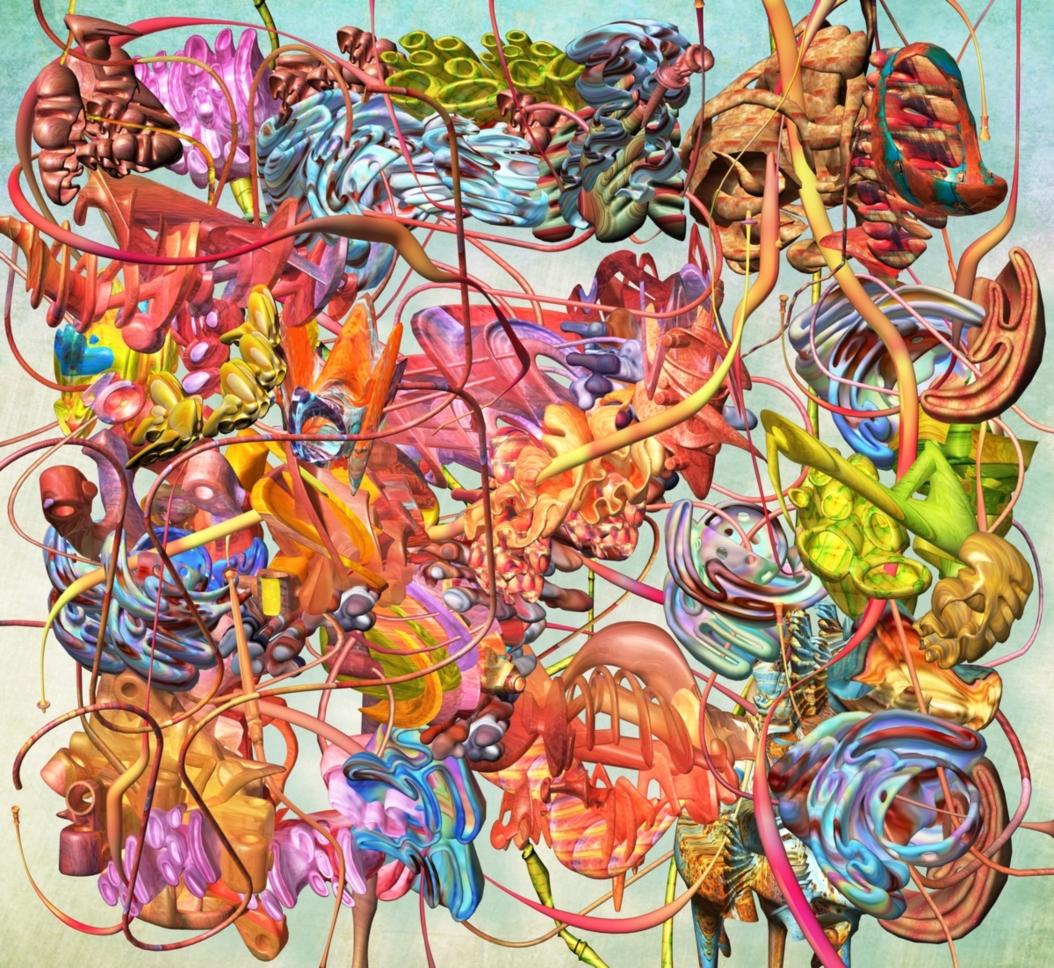
scape Land CONTEMPORARY ART REVIEW
Ryota Matsumoto
My drawing process involves base images that are composed by 3D modeling software incorporating generative and recursive algorithms. Some of my works employ a multi-
agent system designed for Swarm Intelligence as a draft guideline for finished work. Then these drawings are overlaid with traditional media such as acrylic, ink and graphite, or
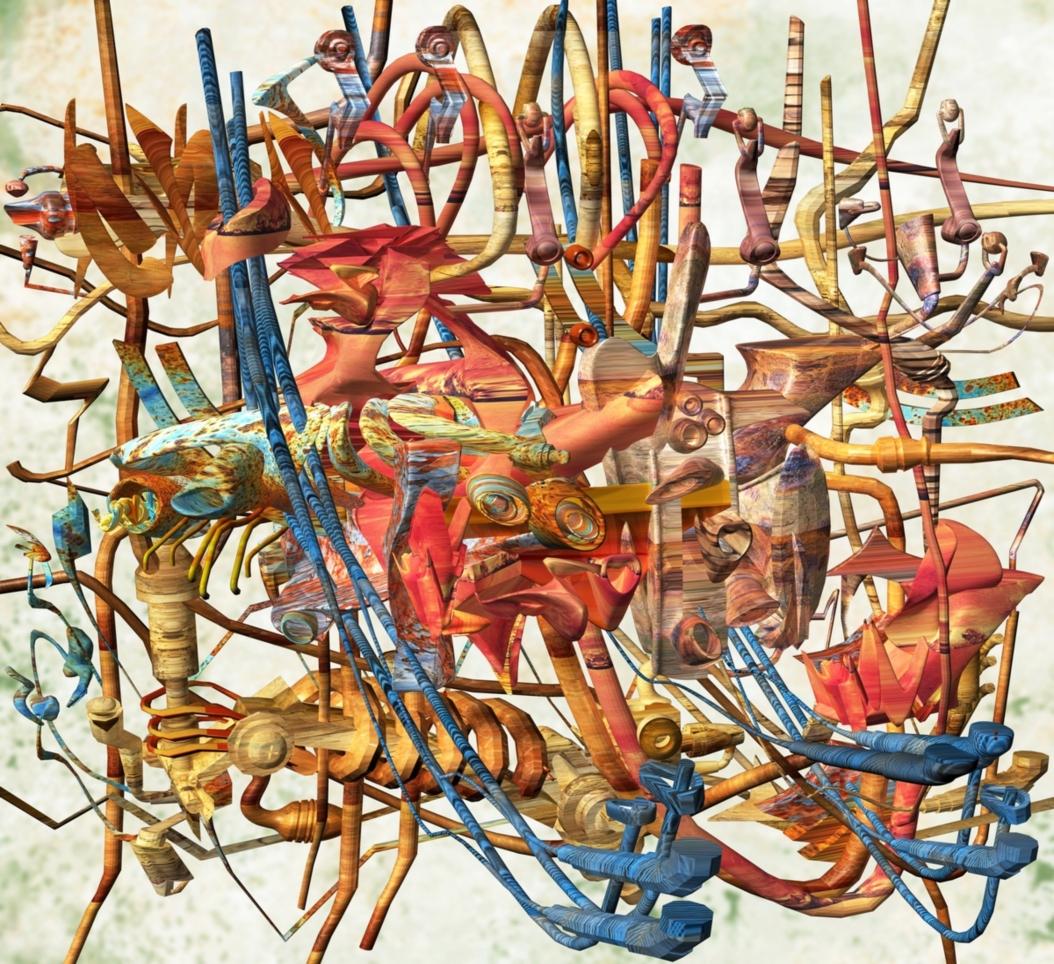
scape Land CONTEMPORARY ART REVIEW
Ryota Matsumoto
photo collage. Finally, these compositions are further processed and looped through a series of arithmetic and stochastic operations or agent-based algorithms through
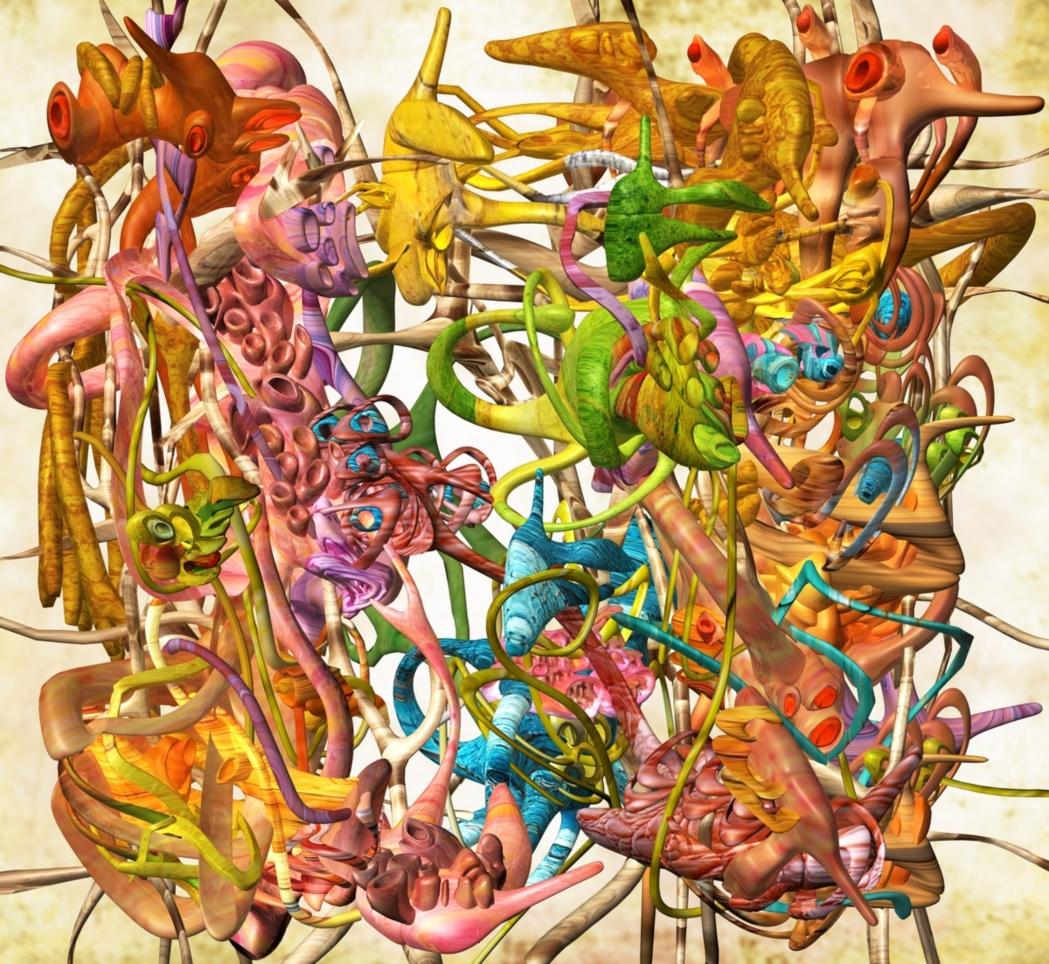
the use of custom image editing programs.
For this special edition of LandEscape we have selected Oblique Trail Convolution and Surviving in the
scape Land CONTEMPORARY ART REVIEW
Ryota Matsumoto
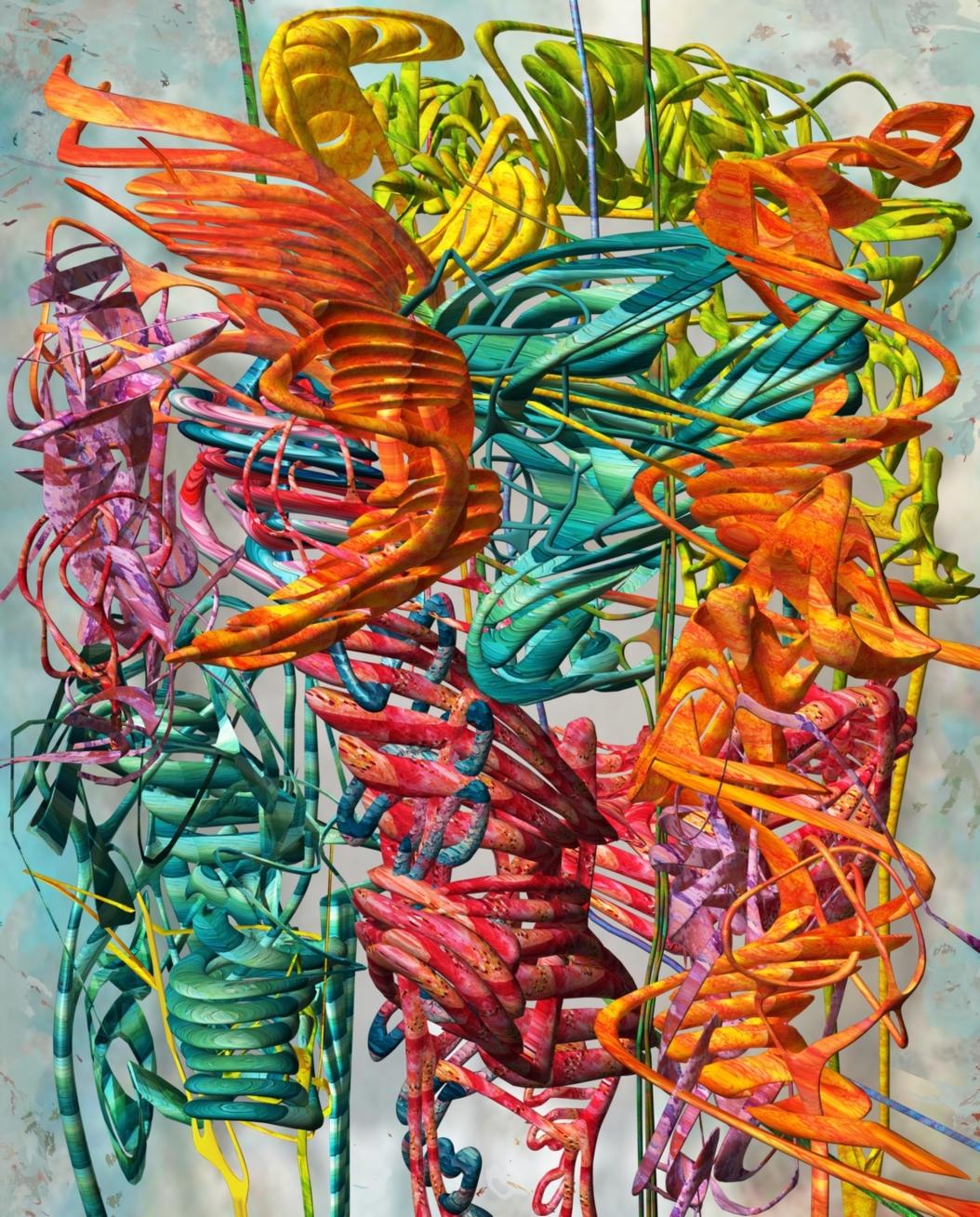
Ryota Matsumoto scape Land CONTEMPORARY ART REVIEW


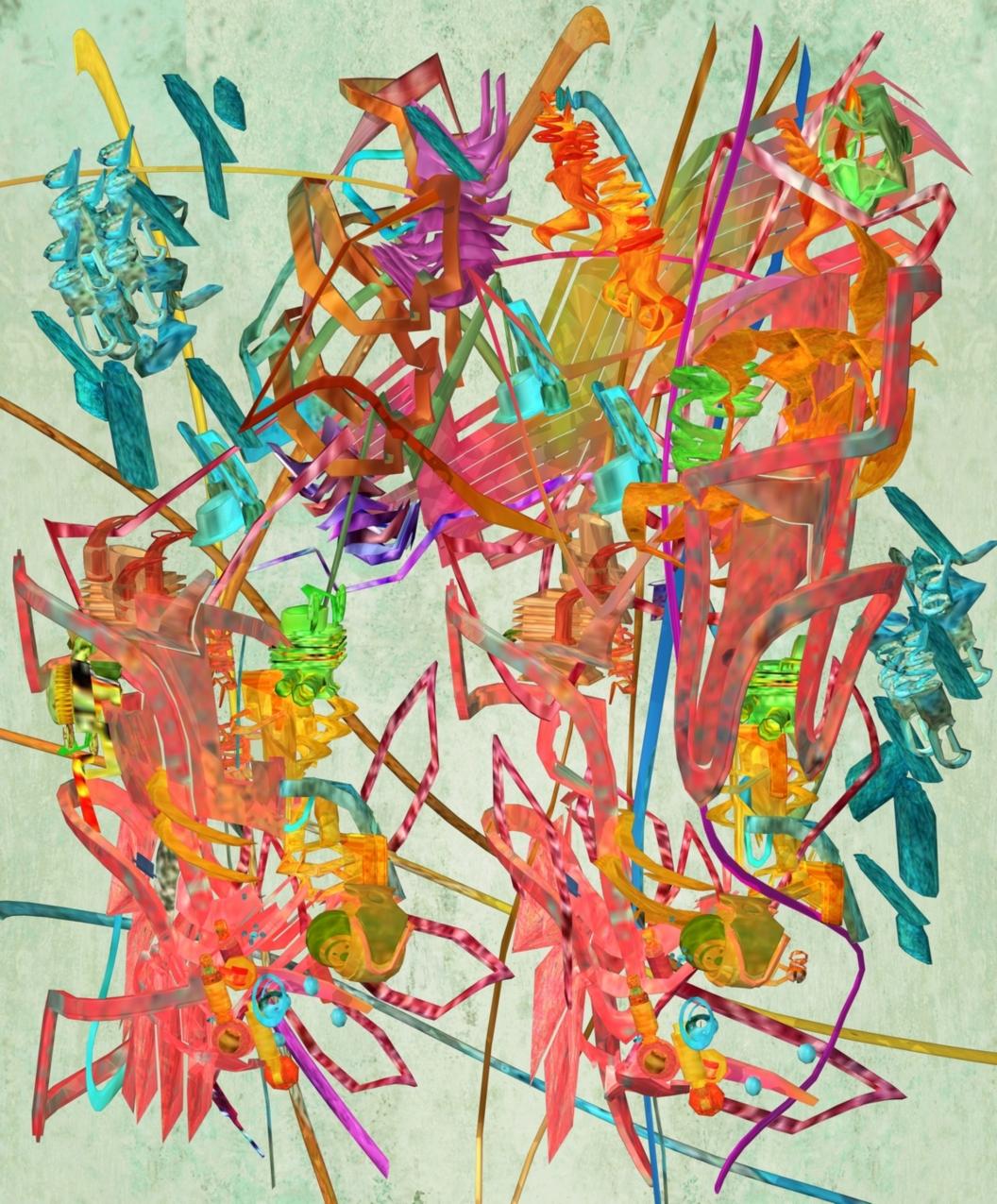
Ryota Matsumoto scape Land CONTEMPORARY ART REVIEW
Multidimensional Space of Cognitive Dissonance, a couple of interesting works that our readers have already started to admire in the introductory pages of this article. What has at once captured our attention of your captivating investigation about the relationship between your painting and the actual places you painted is the way you provided the visual results of your analysis with autonomous aesthetics: while walking our readers through the genesis of Oblique Trail Convolution and Surviving in the Multidimensional Space of Cognitive Dissonance, would you shed light to your main sources of inspiration?
Both works explore the symbiotic interplay of advanced biosynthetic technologies and preexisting obsolete infrastructures, in a search for an alternative trajectory of future environmental possibilities. In short, new technologies can complement old ones instead of completely replacing them, to avoid starting over from a blank slate or facing further ecological catastrophes. I also propose a speculative construct that goes beyond object-oriented ontology, as self-generating synthetic biological actors and technological relics of human interventions can co-
exist and act as the catalyst to facilitate the post-human geological epoch.
Your works allow an open reading, a great multiplicity of meanings to associative possibilities in the viewes, that seem to play a crucial role in your pieces. How important is this degree of openness?
Most of my drawings are not confined to any particular time, location, or historical setting. Even though these works weave together certain narrative elements and recurring underlying themes, they are still relatively open-ended and noncontextual in nature. In short, anyone could interpret my work and create a fictional backdrop through their own interpretation. For instance, the titles of the work don’t necessarily correlate with their themes, which can evoke further imagination for the viewer.
When showing clear references to perceptual reality, your works convey a captivating abstract feeling that provide with dynamism the representative feature of your canvass, as Transient Field in the Air. The way you to capture nonsharpness with an universal kind of language quality marks out a considerable part of your production,
CONTEMPORARY ART REVIEW
Ryota Matsumoto scape Land
that are in a certain sense representative of the relationship between emotion and memory. How would you define the relationship between abstraction and representation in your practice? In particular, how does representation and a tendency towards abstraction find their balance in your work?
As Eric Kandel explained in Reductionism in Art and Brain Science, our cognitive processing systems tend to become overloaded, such that we have to filter out abundant information to perceive images. That kind of reductionist tendency could be defined as abstraction. So should the cave paintings at Lascaux and Altamira be considered abstract art or figurative work? If you take Bataille’s theory on the birth of art into account, it is hard to draw a line between abstraction and representation.
The multi-layered drawing methodologies you adopt in your works draw the viewer to challenge their perceptual categories: the spectator plays a very active role in determing meaning for your images. How do you view the concepts of the real and the imagined playing out within your works?

CONTEMPORARY ART REVIEW Land
Ryota Matsumoto scape
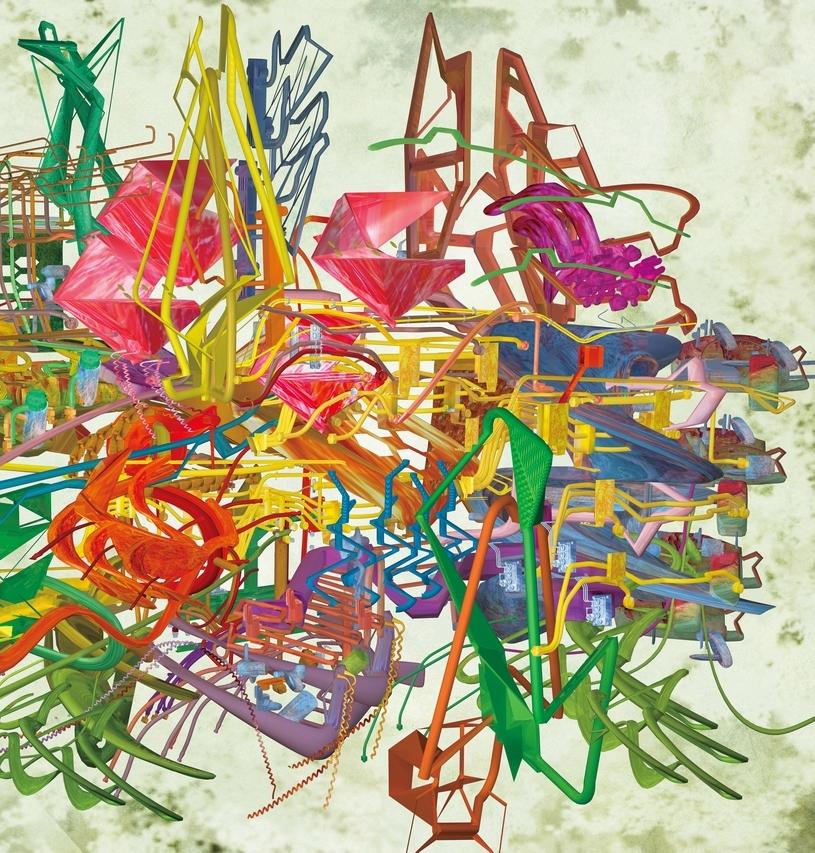
Ryota Matsumoto scape Land CONTEMPORARY ART REVIEW
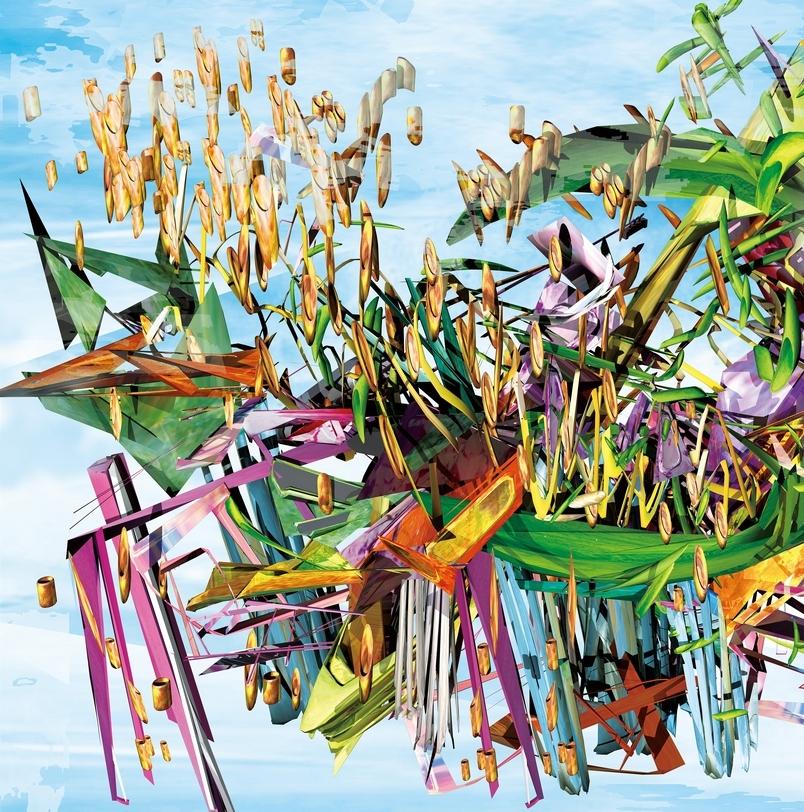
Ryota Matsumoto scape Land CONTEMPORARY ART REVIEW
The neuroscience researchers have demonstrated that the brain can't actually distinguish between the real, the imaginary or even dream at its subconscious level. The multi-layered approach is the way to create another dimension to a space-time substrate and it is meant to enhance the viewer’s neural pathways of thought and memory. My creative goal is to alter visual perceptions of space for the viewer, as the systematic correlation of viewer and viewed is not something explicitly expressed and explored in visual perception in the course of our usual engagement with the world.
While marked out with a deep introspective quality, your pieces are more than mere representations of your inner self: you rather seem to invite the viewers to an augmented perceptual experience to discover unexpected aspects not only of their inner world, but of the connectivity that affects our everchanging contemporary age. Your works and in particular The Celestial Map of Dream Sequences how create an immersive experience capable of generating both psichological and physical involvement. How would you consider the relationship between the inner landscape and the outside

Ryota Matsumoto scape Land CONTEMPORARY ART REVIEW
world? Could art provide us with a channel of communication between these aspects of reality?

Our lives are intimately interwoven with the web of planetary-scale computational platforms and networks, blurring the boundaries between real and virtual worlds. The increasing interpenetration of virtual and physical realms are apparent; the same can be said about my work.
Your hybrid technique inquires into the liminal area in ink, acrylic, graphite and photo collage and digital media find a consitent point of convergence, challenginf an inner cultural debate between traditional heritage and contemporariness: despite the reminders to traditional figurative approach, your works is marked out with a stimulating contemporary sensitiveness. Do you think that there's still a contrast between Tradition and Contempoariness? Or there's an interstitial area where these apparently opposite elements could produce a proficient synergy?
The Situationists and visionary architects in 1960's utilized a wide range of media to communicate visually and express their collective
vision of unitary urbanism. Their work has inspired me to a great extent, and allowing me to incorporate digital
Ryota Matsumoto scape Land CONTEMPORARY ART REVIEW
media that open up further possibilities in terms of spatial visualization. This technique allows for a certain degree of
unpredictability in visual dynamics. At the same time, painterly and organic sentiments of traditional media reveal
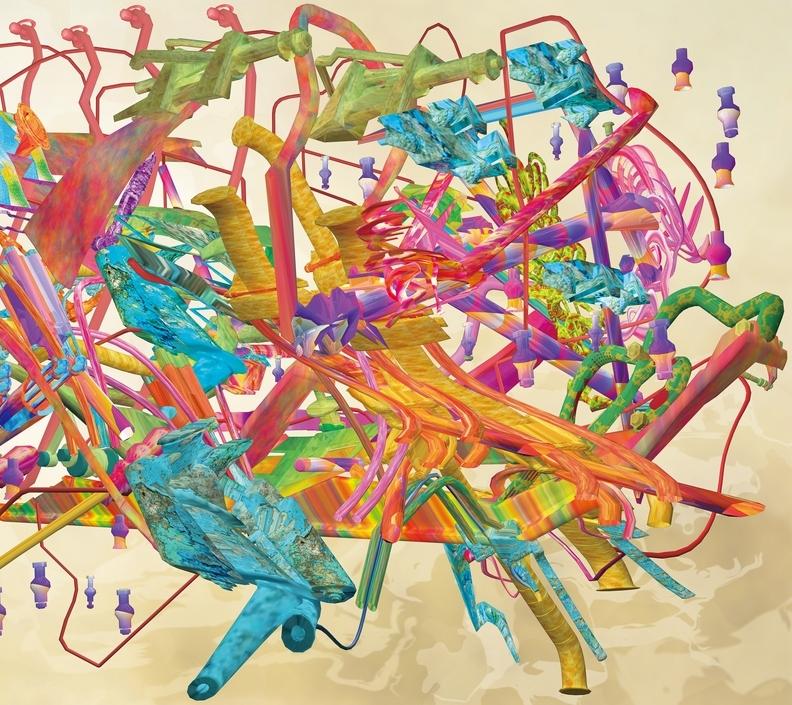
Ryota Matsumoto scape Land CONTEMPORARY ART REVIEW
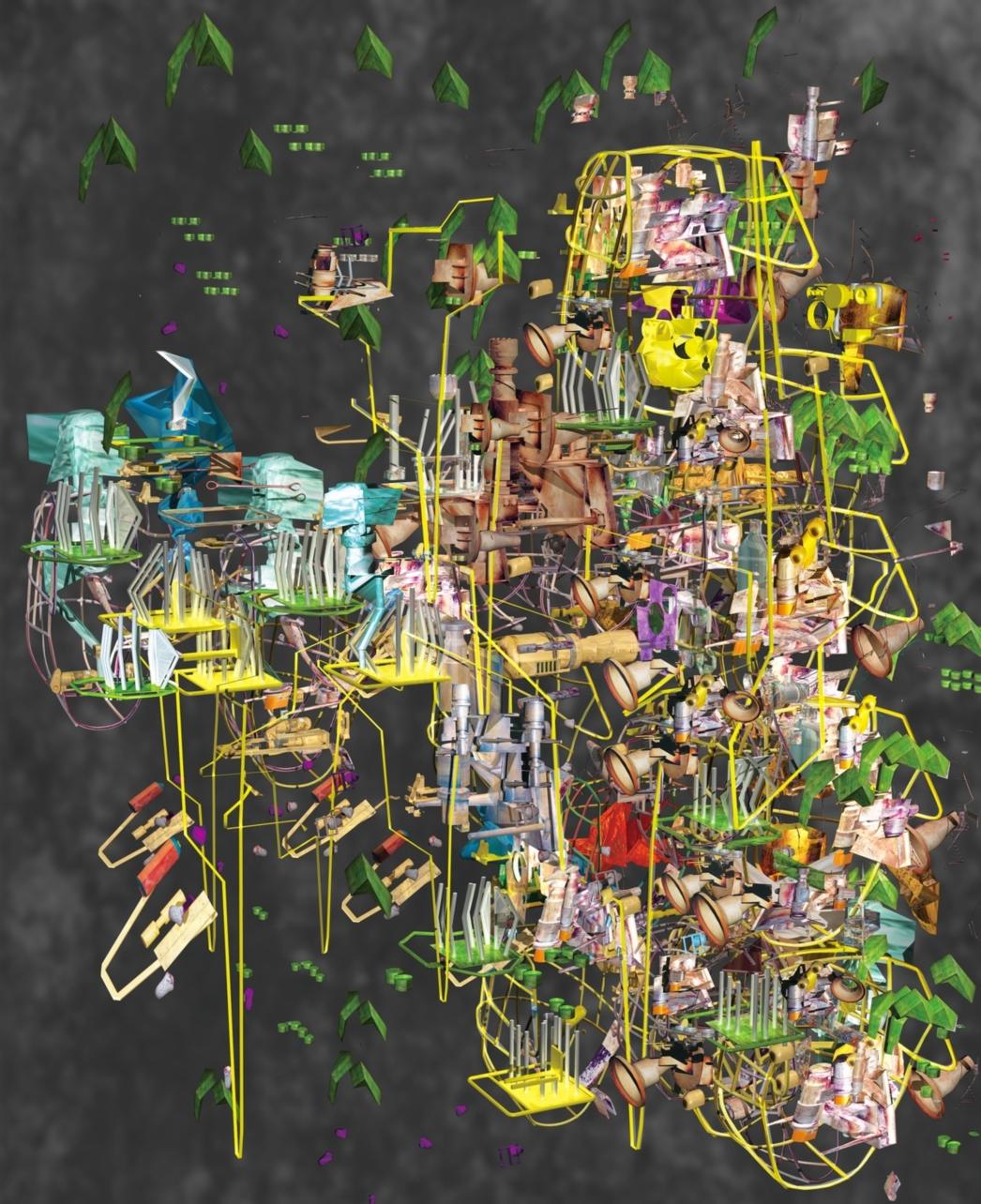
Ryota Matsumoto scape Land CONTEMPORARY ART REVIEW
themselves amidst the otherwise detached precision of digital drawings. Moreover, hybrid media allows me to take on a broad range of subjects as opposed to more traditional approaches. I am certain there is still untapped potential and uncharted territory to explore by merging traditional and digital media.
Your pieces explore visual representation in the context of nonEuclidean configuration: would you say that you are creating materiality of the immaterial?
My notion of space isn’t necessarily limited to the materiality of gridded topological vector fields based on a Cartesian coordinate system. We need to go beyond constrained-node networks optimized by affordancebased design.
Over these years you have exhibited in several occasions , including your upcoming participation to the 32nd Annual International Exhibition at the Meadows Gallery, University of Texas at Tyler. One of the hallmarks of your work is the capability to create direct involvement with the viewers, who are urged to evolve from a condition of mere spectatorship. So before leaving this conversation we would like to pose a question about the
nature of the relationship of your art with your audience. Do you consider the issue of audience reception as being a crucial component of your decision-making process, in terms of what type of language is used in a particular context?
As Douglas Gordon stated, art is not an object – it operates as a dialogue or communication medium between the artist and viewer. I firmly believe in the participatory, open aspect of visual art practice. Art is bound to be interactive media that engages viewers in conversation.
Thanks a lot for your time and for sharing your thoughts, Ryota. Finally, would you like to tell us readers something about your future projects? What are some things you would like to accomplish in the coming years?
I will collaborate with artists and theorists in different fields to broaden our creative outlook. I also hope to find more time to teach and talk about my work. Thank you very much.
Ryota Matsumoto scape Land CONTEMPORARY ART REVIEW
An interview by , curator and , curator
Evos Primost

Lives and works in France
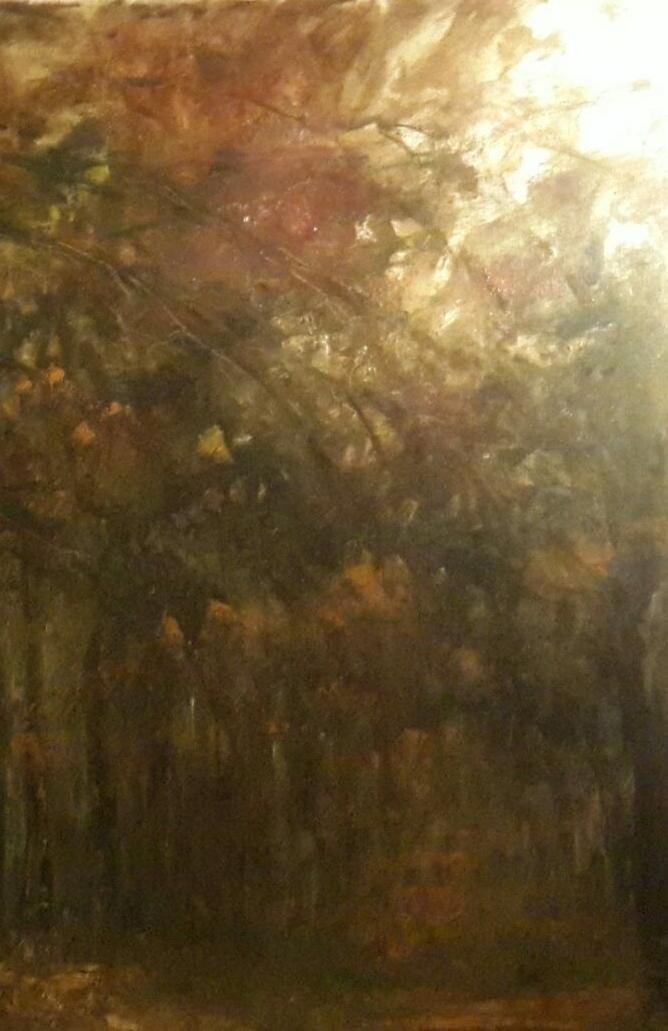
LandEscape meets
Evos Primost

Artist Evos Primost's work considers the vital relationship between direct experience and visual intepretation, to draw the viewers through a multilayered journey. In his recent body of work that we'll be discussing in the following pages he encapsulated both traditional heritage and unconventional sensitiveness, to trigger the viewers' perceptual parameters. In body of works that we'll be discussing in the following pages, he has captured the ephemeral quality of light, materializing it into a coherent unity and accomplishing the difficult task of providing the viewers of a multilayered experience in the liminal area in which experience and imagination converge to a unexpected still consistent point of convergence. We are very pleased to introduce our readers to his multifaceted and stimulating artistic production.
Hello Evos and welcome to LandEscape: we would start this interview with a couple of questions about your background. You became a full time painter in 2013 are there any experiences that have particulary influenced the way
scape Land CONTEMPORARY ART REVIEW
An interview by Katherine Williams, curator and Josh Ryder, curator landescape@europe.com
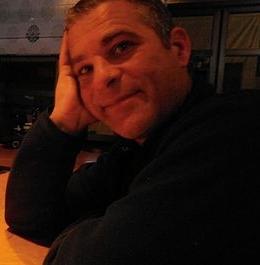
scape Land CONTEMPORARY ART REVIEW

Evos Primost scape Land CONTEMPORARY ART REVIEW
you currently conceive and produce your works? And in particular, how does your cultural substratum inform as well as your living experience in USA, UK, Australia, Japan, Thailand, Italy informs in the way you relate yourself to the aesthetic problem in general?
I grew up in a kibbutz in Israel, where I remember as a kid I was impressed by a scottish landscaper who lived locally and painted the local landscapes, called Lorance Marcusson. This was my first contact with painting. What struck me then was the relationship of reality and its interpretation, looking at the familiar landscape and yet receiving a certain added value.
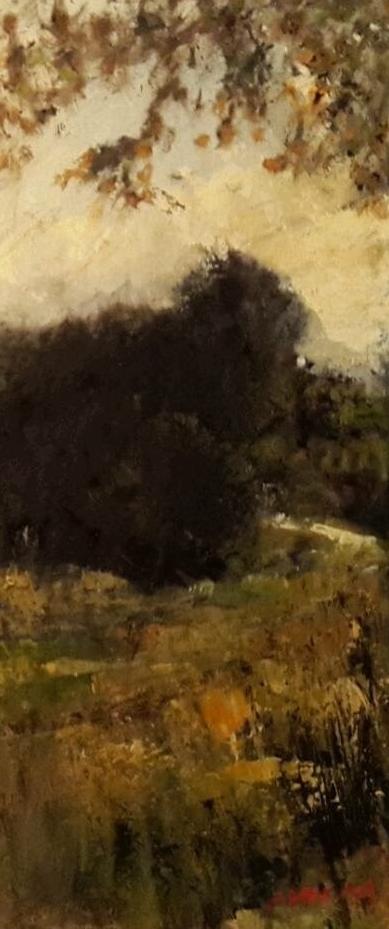
I've always been sensitive to the changes of light, of the seasons, the dynamics of nature. Living in different countries made me notice the differences between atmospheres, landscapes, different types of lights, urban environments and nature. Italy connected me in a very concrete way, to the Italian Renaissance, through the landscapes, the light, and mainly due the fact that life has flowed continually through the history of art.
More widely, coming from Israel, I was impressed by the art work I discovered in USA and in Europe, cultural events, music, and the colors, and the changes of fashion in all those different countries which opened my world through endless possibilities of concept and techniques. From the quality and origins of materials used for arts, to the techniques of fabricating tools for their application.
The figurative language you convey in your pieces is the result of a constant evolution of
Evos Primost scape Land CONTEMPORARY ART REVIEW
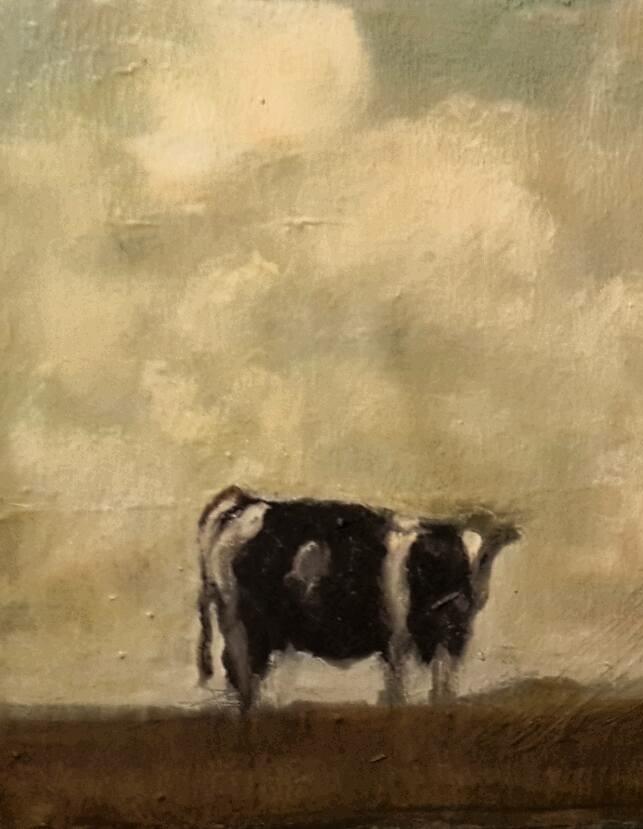
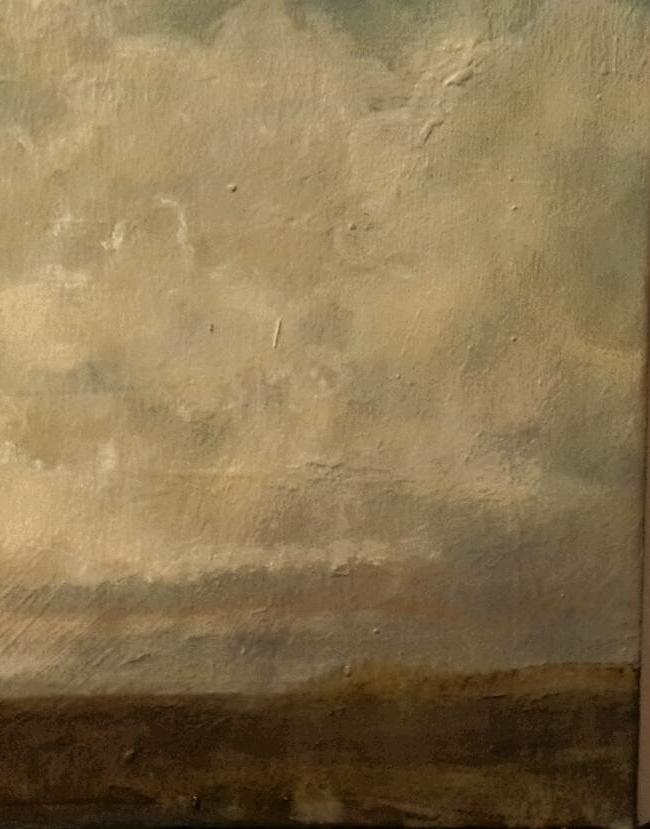
your searching for new means to express the ideas you explore in your works: your inquiry into the expressive potential of colors combines together figurative as subtle abstract feature into a coherent balance. We we would suggest to our readers to visit www.evos-art.com in order to get a synoptic view of your work: in the meanwhile, would you like to tell to our readers something about the evolution of your style? In particular, woudl you shed light on your usual process and set up?
My evolution is related to freedom of expression and emotional flow. At the beginning I used to premeditate what I would apply on canvas. My biggest evolution was to drop the premeditated imagery and let the moment find the right expression of what I was painting. Getting into an experience of swimming on canvas…

I experimented widely in regards to my set up.
Being a new artist, I like to experiment with different preparations and therefore I do a lot of open air paintings, studio work and combine them both. My subject matter varies and I try a diffrent approach at times. I buy canvases and I also stretch my own canvases, I experiment making my own paints, (pigments and oils)… I play with different colors as the base colour for my paintings; for example I'd be painting an orange/red based color when going to paint an open air sunset. (As in the painting )
scape Land CONTEMPORARY ART REVIEW
Evos Primost

Evos Primost scape Land CONTEMPORARY ART REVIEW
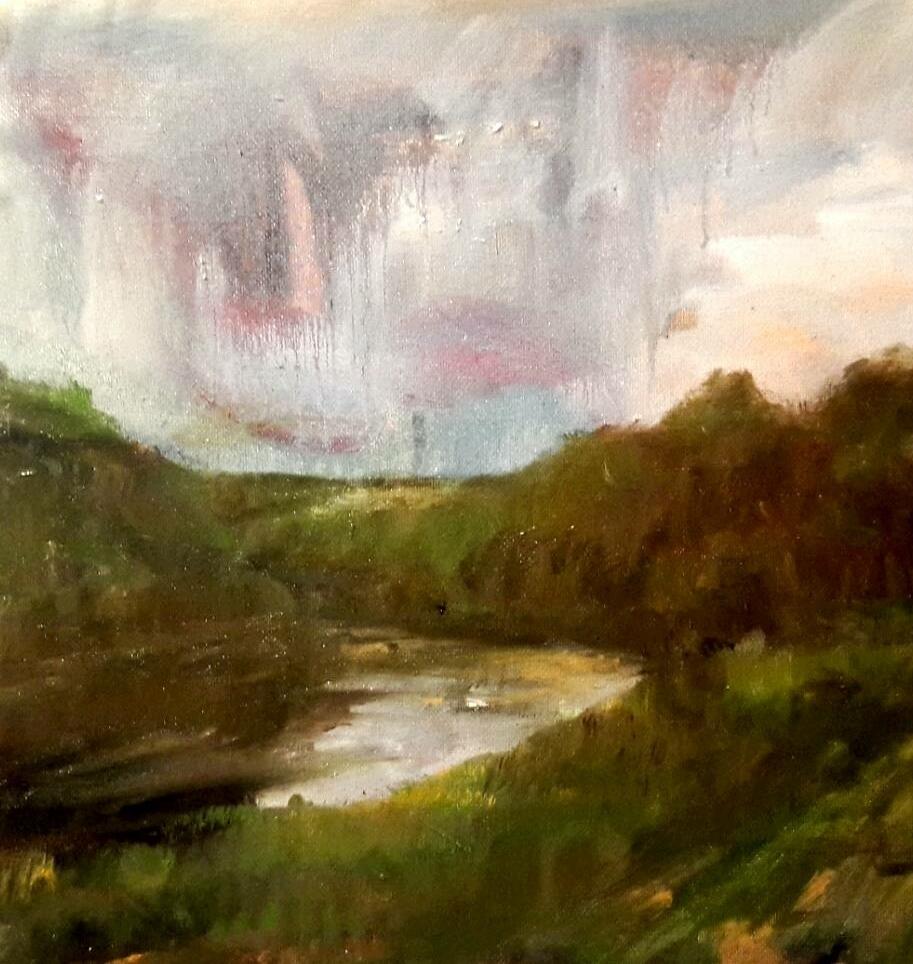
Evos Primost scape Land CONTEMPORARY ART REVIEW
The body of works that we have selected for this special edition of LandEscape and that our readers have already started to get to know in the introductory pages of this article has at once captured our attention is their dynamic and autonomous aesthetics: in particular, it seems to communicate a successful attempt to transform tension to harmony. While walking our readers through the genesis of After rain and A Road, would you tell us what are your usual sources of inspiration? Can you describe how you determine the particular subject matter when you paint?
My subject matter in my early works had a specific flow, being a road or a river always disappearing into the horizon, making the statement of an unknown future. The unknown future is directly connected to my evolution as a man in the realm of my existence, subject matter would always catalyse that main subject which I believe is a question mark always ahead.
About tension and harmony: these two of my emotional tools constantly playing in contrast reflect exactly that random gravity of the universe that meets up with an aesthetic that maintains a question mark from chaos.
When showing references to perceptual reality, your works convey a captivating abstract feeling that provide with dynamism the representative feature of your pieces, as in the ones you showed in Spring in the valley and in Morning Mist. The way you to capture non-sharpness with an universal kind of language, suspending the viewers between

Evos Primost scape Land CONTEMPORARY ART REVIEW
imagination and reality marks out a considerable part of your production. How would you define the relationship between abstraction and representation in your practice? In particular, how does
reality and a tendency towards abstraction find their balance in your work?
I have lost my good physical eyesight at the very beginning of starting painting. I
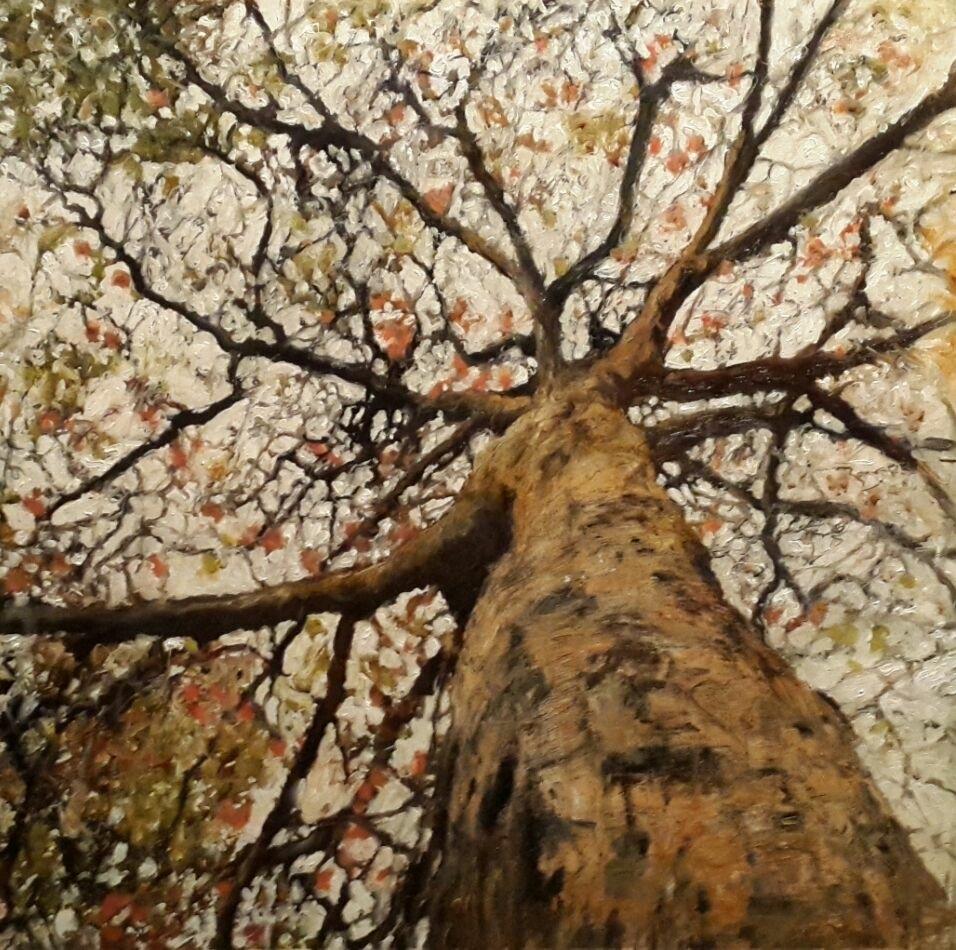
Evos Primost scape Land CONTEMPORARY ART REVIEW
believe emotionally I needed to look inward. I didn't have the ability to look at the world.
The way I preceive reality, is not in its premeditated form, it is a dance between observing, remembering and feeling.
I've noticed the strong impact it has on the outcome, the delicate balance between right and left side of the brain. I feel it's also important Emotionally letting go of your reference, let the
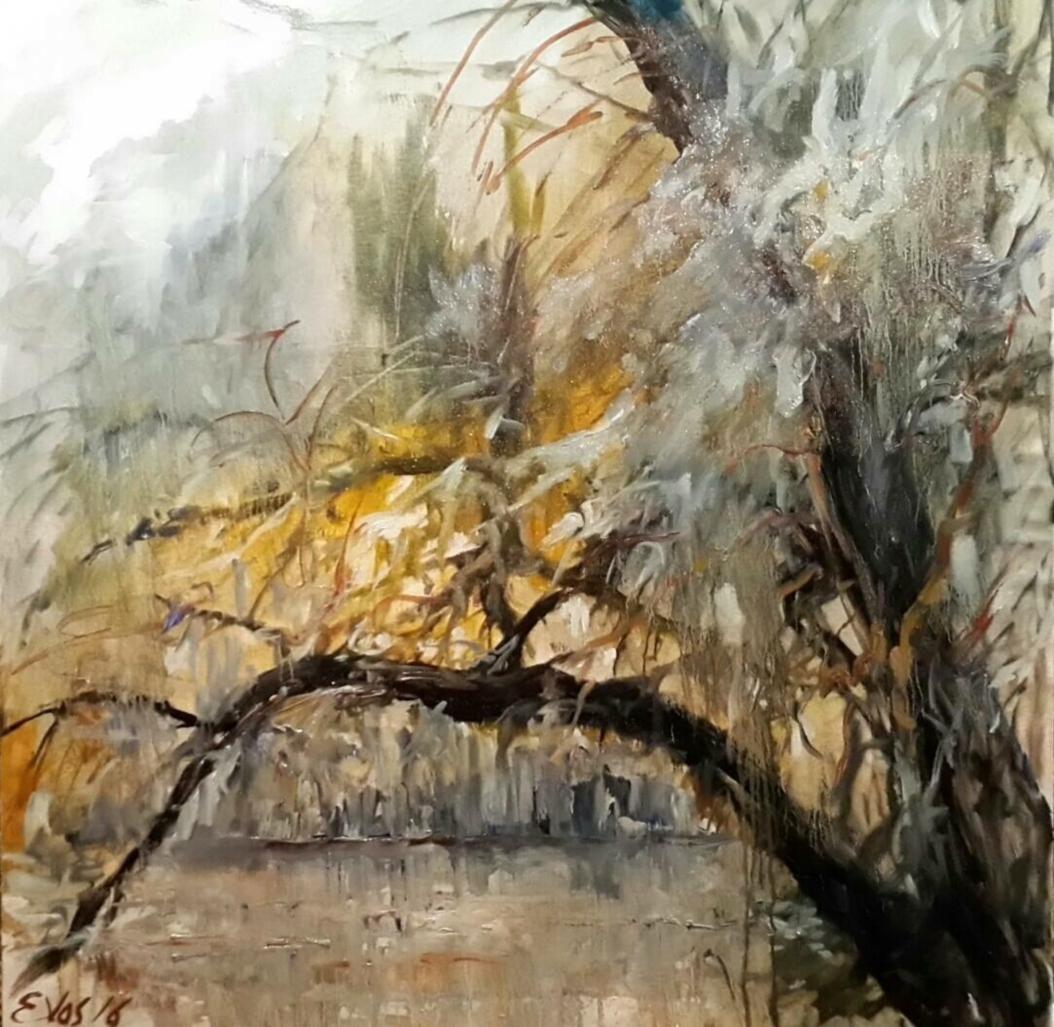
Evos Primost scape Land CONTEMPORARY ART REVIEW

Evos Primost scape Land CONTEMPORARY ART REVIEW
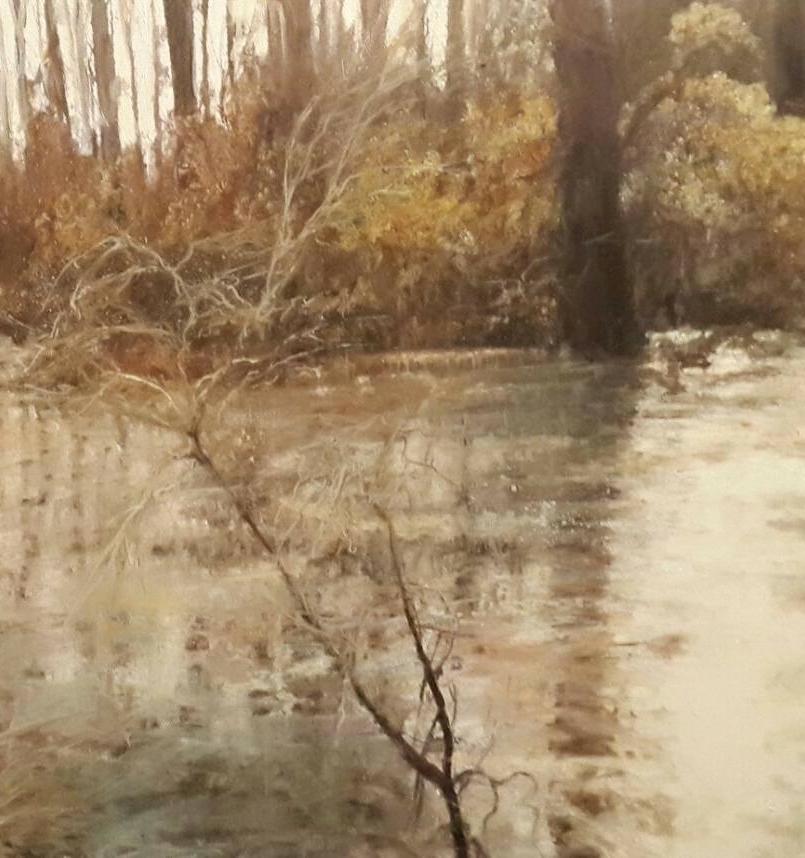
Evos Primost scape Land CONTEMPORARY ART REVIEW
canvass and the moment dictate the outcome.
Your successful attempt to capture the physical feature of a place leaves space for the spectators to replay the scenes in their own intimate lives, letting them become emotionally involved in what you are attempting to communicate. How do you conceive the visual unity for your works?
Emotions, I trust my emotional state to harmonize the overall outcome.
This painting here for example « morning mist » holds a very strong emotive setting, it is the first painting I've painted after re- locating to Brittany, and decided to become a full time artist. I remember how much of the unknown and the aspiration I felt while standing by the river on that Monday morning, and how important it was for me to like the out come, which to my surprise, I did.
The theme of Nature is particularly recurrent in your imagery and it never plays the role of a mere background. Do you see a definite relationship between nature and your work?
Nature represents life to me, when painting the river « La Vilaine » its not about the river, its about love and emotions, tension and satisfaction, fears and again, Love. The image I choose to paint comes from pure emotion. I am swimming in the moment without
premeditated thought of what I want to paint.
With a consistent focus on the themes of environment, you seems to be inspired by your travels. So we would take this occasion to ask you if in your opinion personal experience is an absolutely indespensable part of a creative process... Do you think that a creative process could be disconnected from direct experience? It could be possible for others, for me its totally impossible, because of my inner make up, I need the personal experience!! My make up is very individualistic and I believe it was very hard for me to understand and put myself in anyone elses shoes without experiencing it myself. This actually leaves me very raw and open. I have a lot of personal experience, which was my need, hence my travelling around the world. I left school at the age of 12 because I couldn't seem to learn anything without the personal experience, theorizing alone does not attract me. The effective combination between both delicate and thoughtful nuances of tones sums up the mixture of thoughts and emotions. How much does your own psychological make-up determine the nuances of tones you decide to use in a piece and in particular, how do you develop a painting’s texture? Moreover, any comments on your choice of "palette" and how it has changed over time?
I'm drawn very much to the renaissance pallet where they had no electronic lights
Evos Primost scape Land CONTEMPORARY ART REVIEW


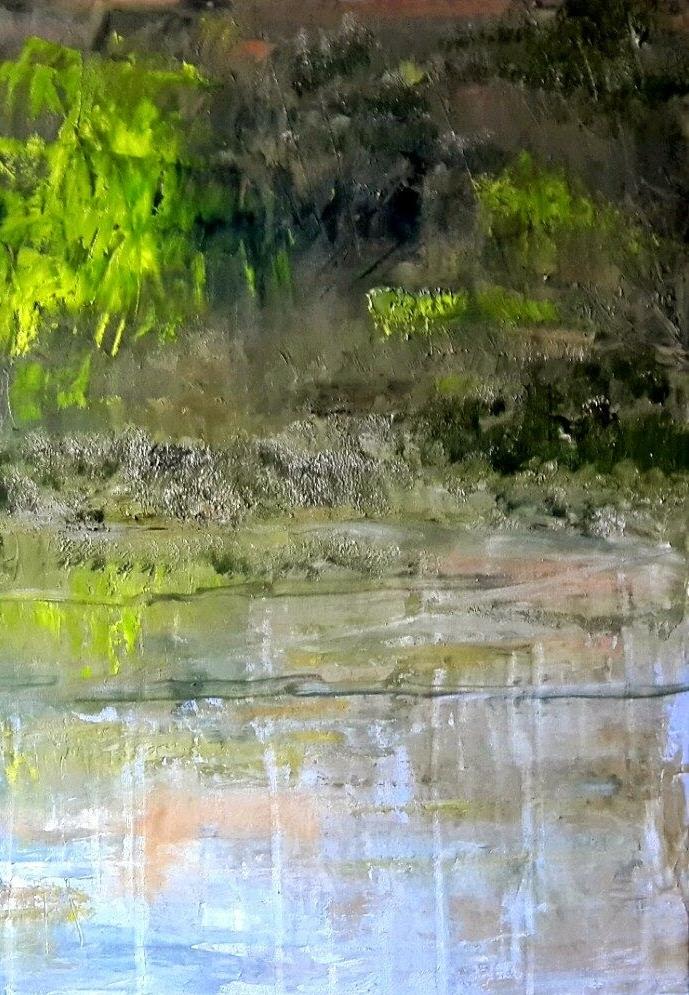
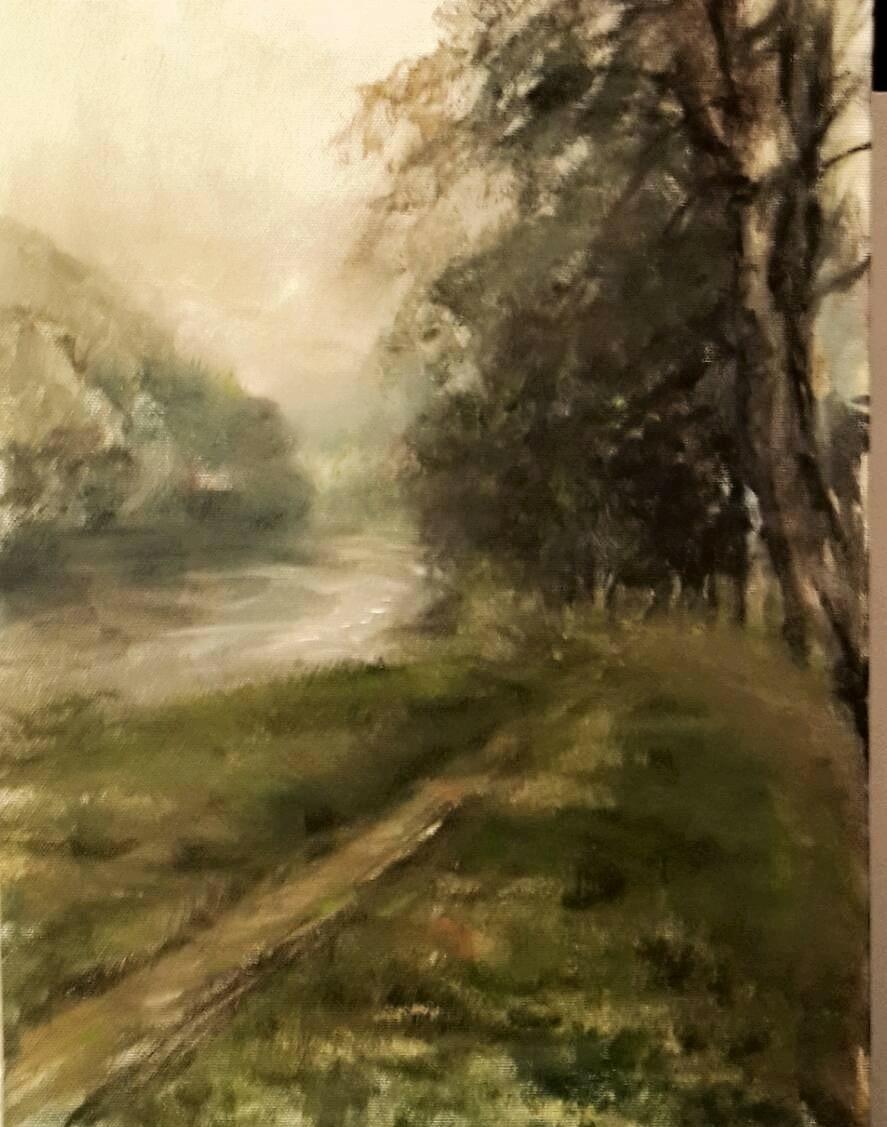
and everything seems to be lit by candle, with deep shadows. I have a tendency to « dirty » my pallet mixing with quite a lot of colors to create a color. I don't feel that my pallet has changed much, and I would like very much to find my "lighter" emotional side and therefore a much lighter pallet in the future, prehaps a cleaner pallet too. Being connected to nature I'm often using natural colors such as raw amber, raw sienna etc.
One of the hallmarks of your work is the capability to create a direct involvement with the viewers, who are urged to evolve from a condition of mere spectatorship. So before leaving this conversation we would like to pose a question about the nature of the relationship of your art with your audience. Do you consider the issue of audience reception as being a crucial component of your decision-making process, in terms of what type of language is used in a particular context?
I paint emotionally but in real time I am very aware of the collective state of emotion so therefore while standing on my own in the feild painting I feel that I am not on my own.
The only thing that connects me to my audience is that emotion that I am experiencing at that moment. I could be feeling love, pain, beauty or whatever and since we all share those emotions it will be shared by my audience.
Only as an aftermath I'm aware that my emotions could be shared by my audience.
This thought does not direct my painting or emotion in any way.
Thanks a lot for your time and for sharing your thoughts, Evos. Finally, would you like to tell us readers something about your future projects? How do you see your work evolving?
I would like to balance and combine the left and right side of my brain, maybe include more intellectual subjects into my paintings. I would like to find an outlet in my painting for this side that has not yet been developed.
Also, I have been experimenting with diffrent materials most of my professional life as a decorative artist, and I guess it will have an impact, hopefully.
Evos Primost scape Land CONTEMPORARY ART REVIEW
An interview by Katherine Williams, curator and Josh Ryder, curator landescape@europe.com








 The Netherlands
The Netherlands










 , curator landescape@europe.com
, curator landescape@europe.com












































 As Mexican artist Gabriel Orozco
As Mexican artist Gabriel Orozco



























































 landescape@europe.com
landescape@europe.com
























































































